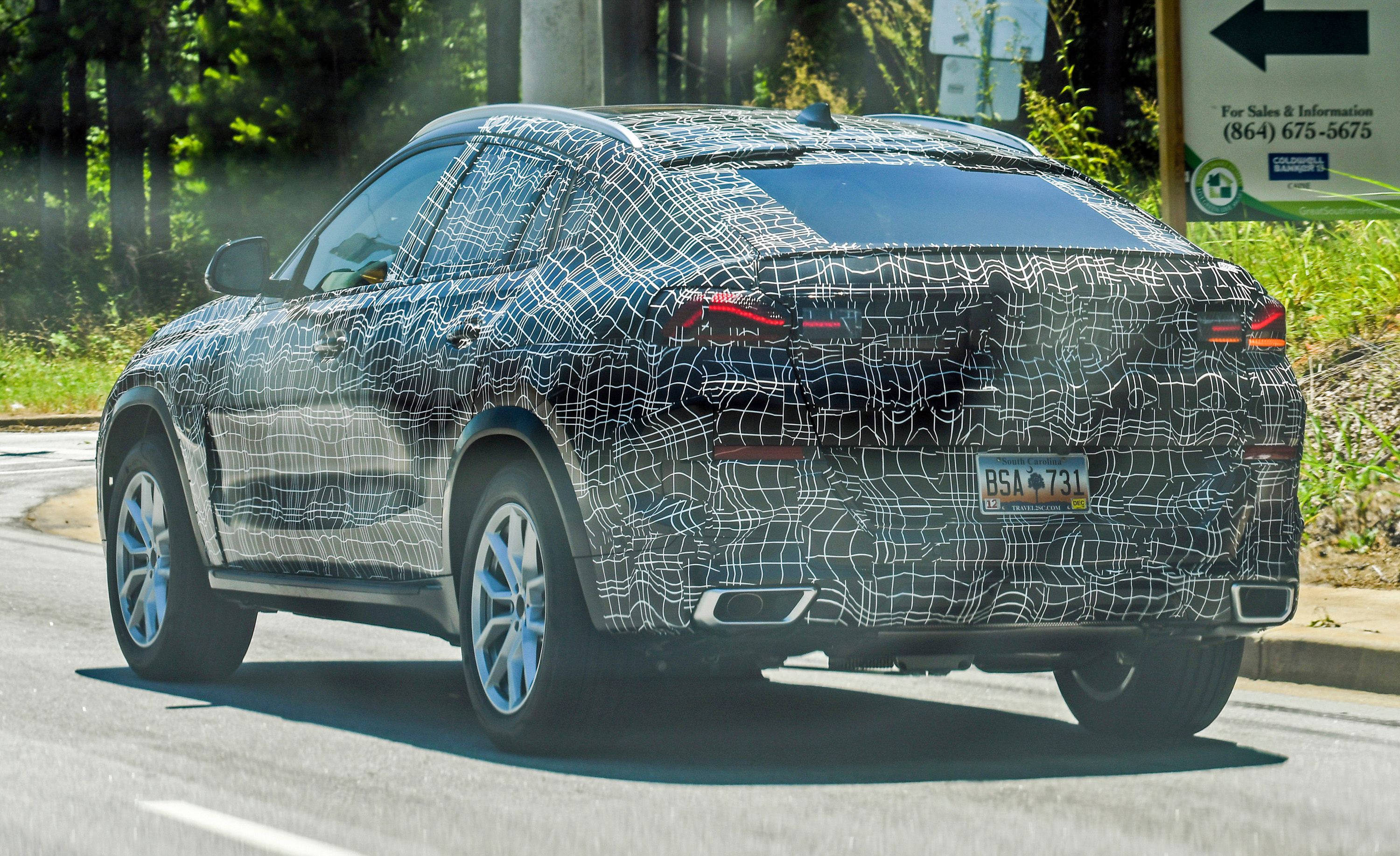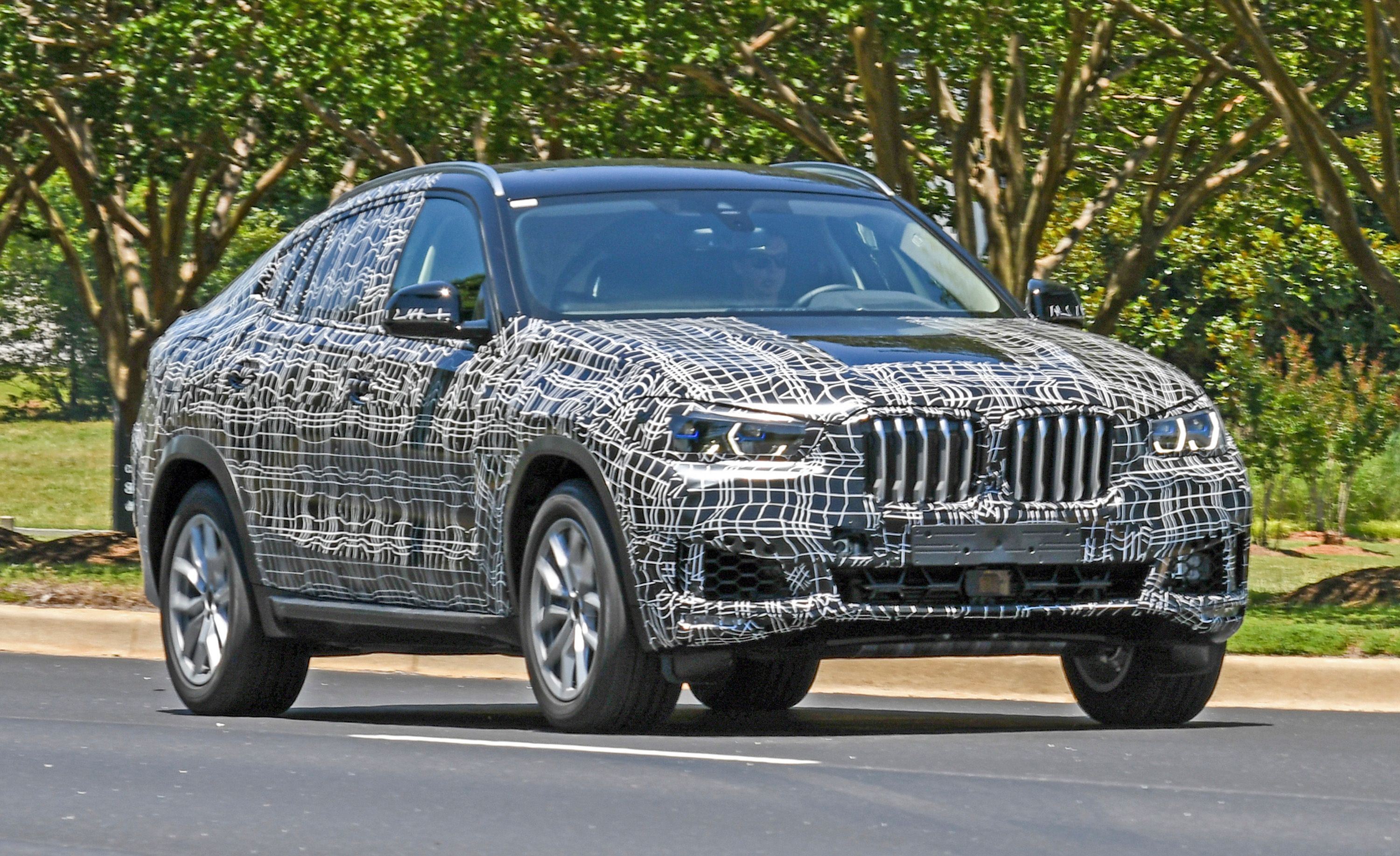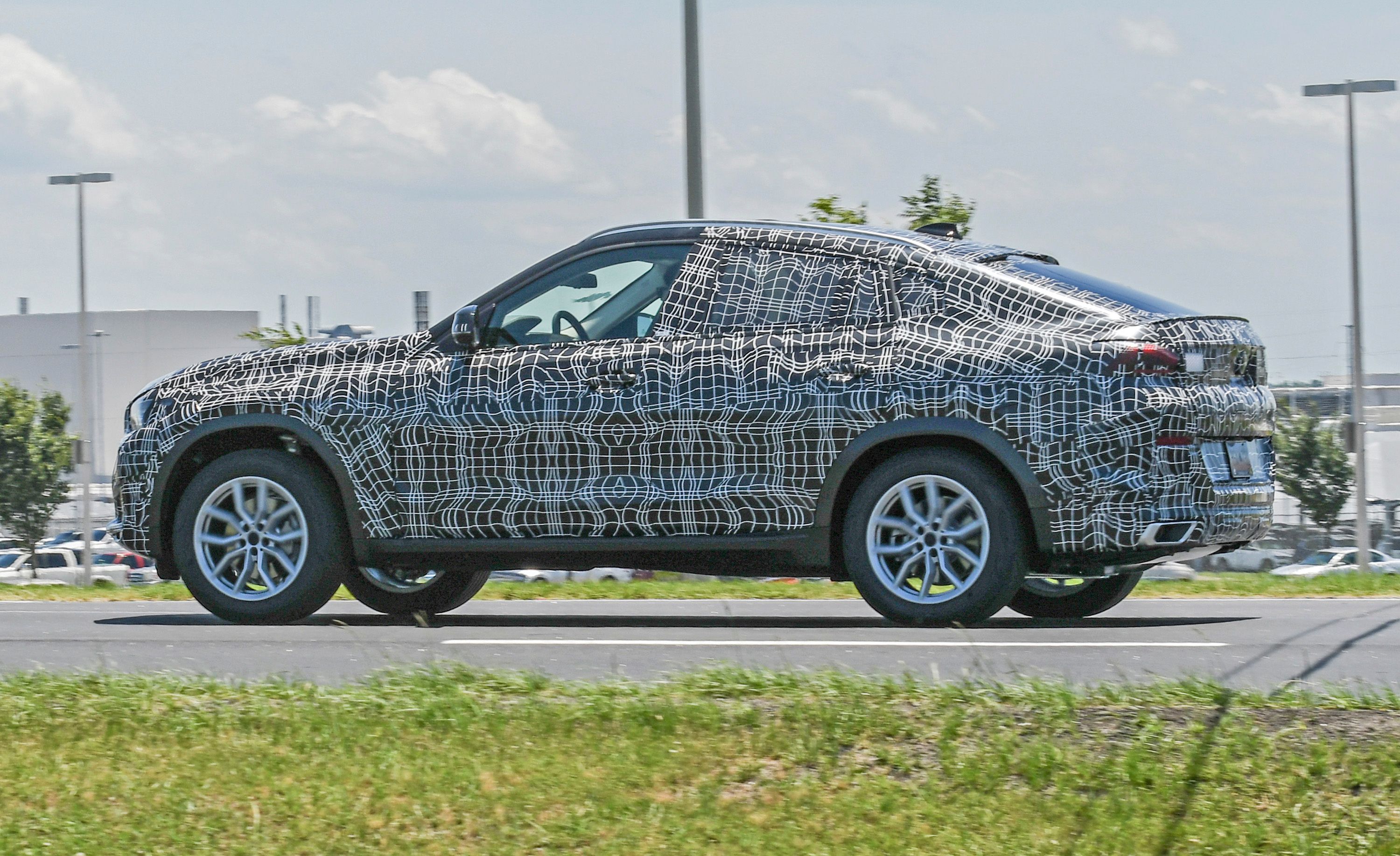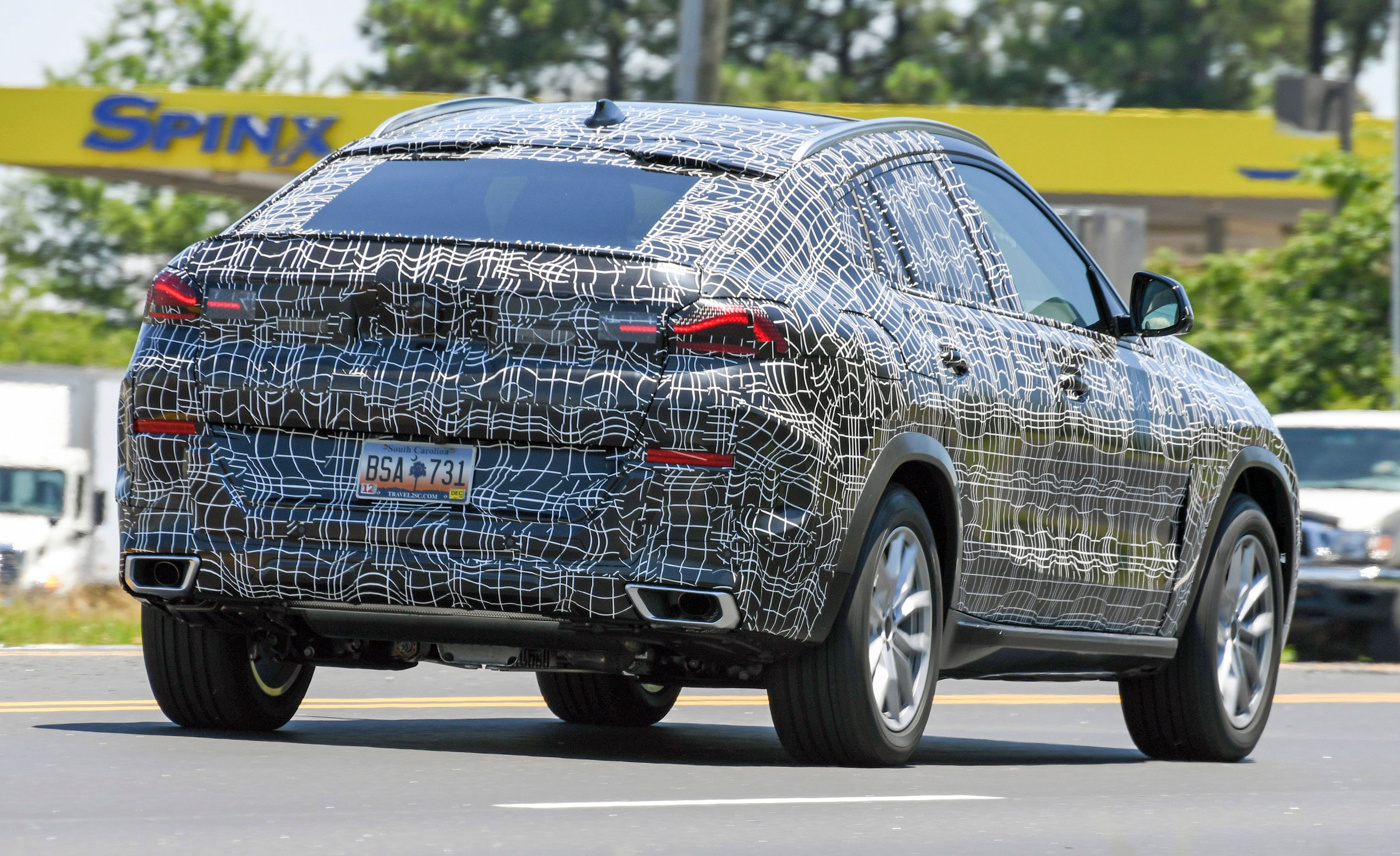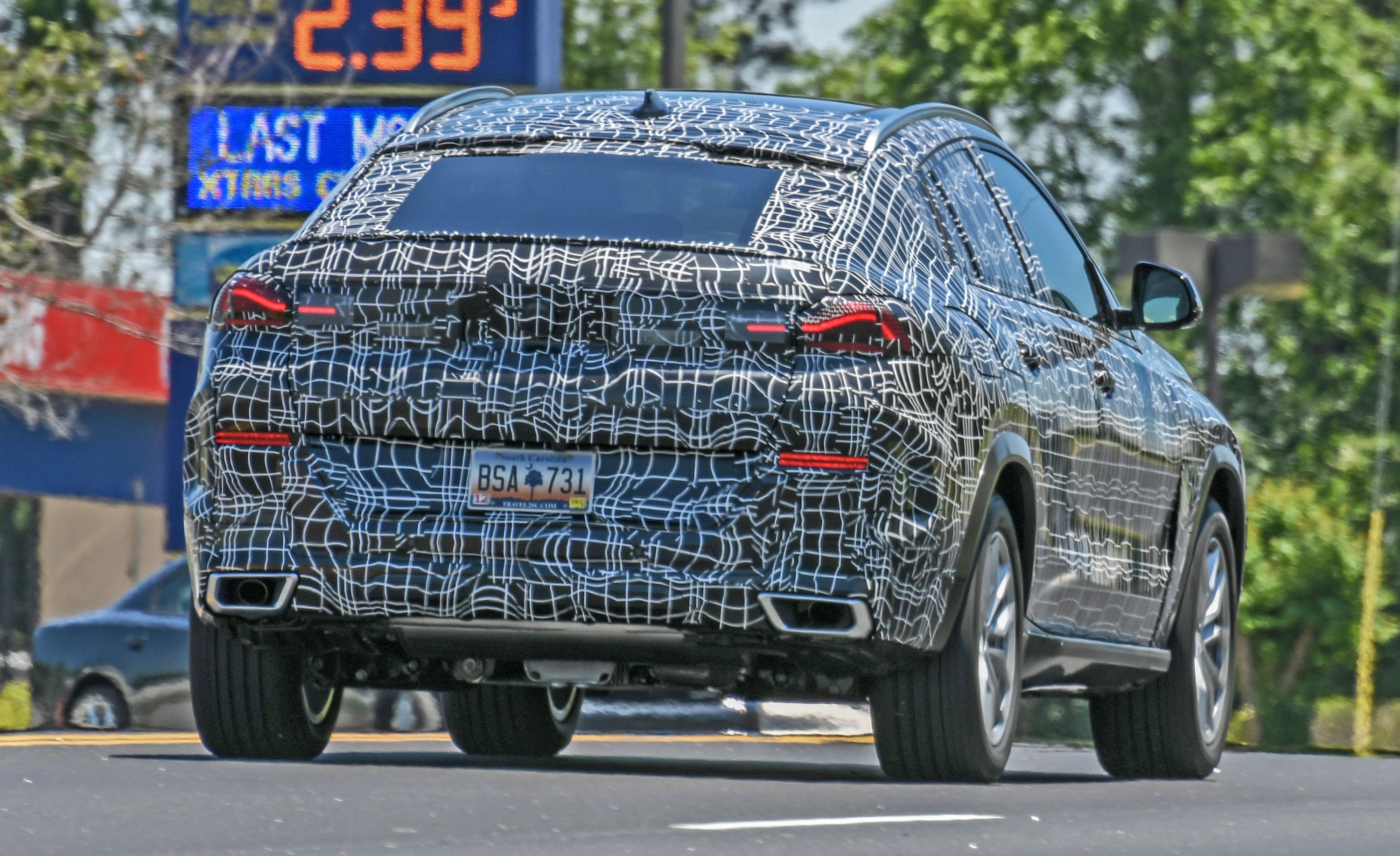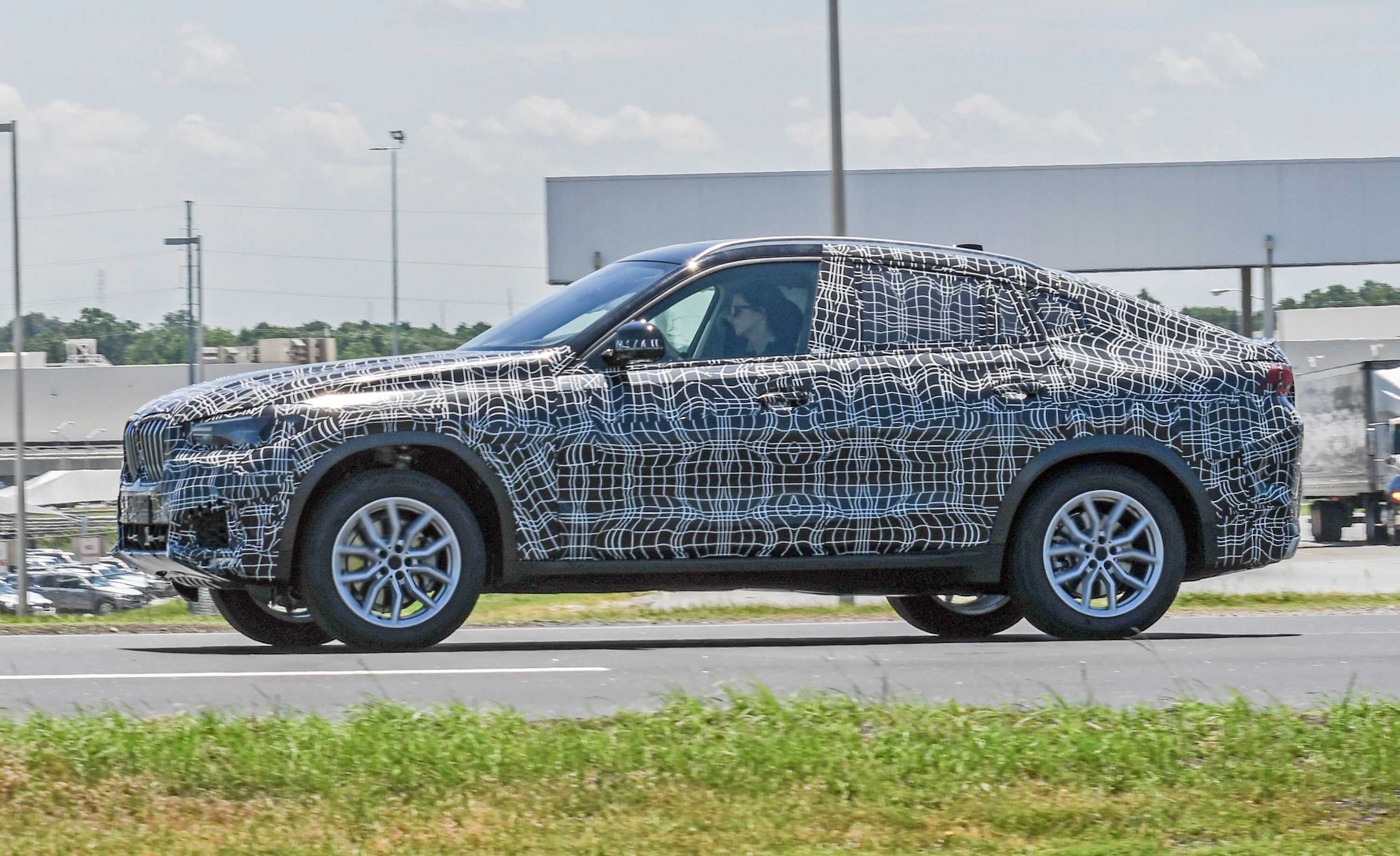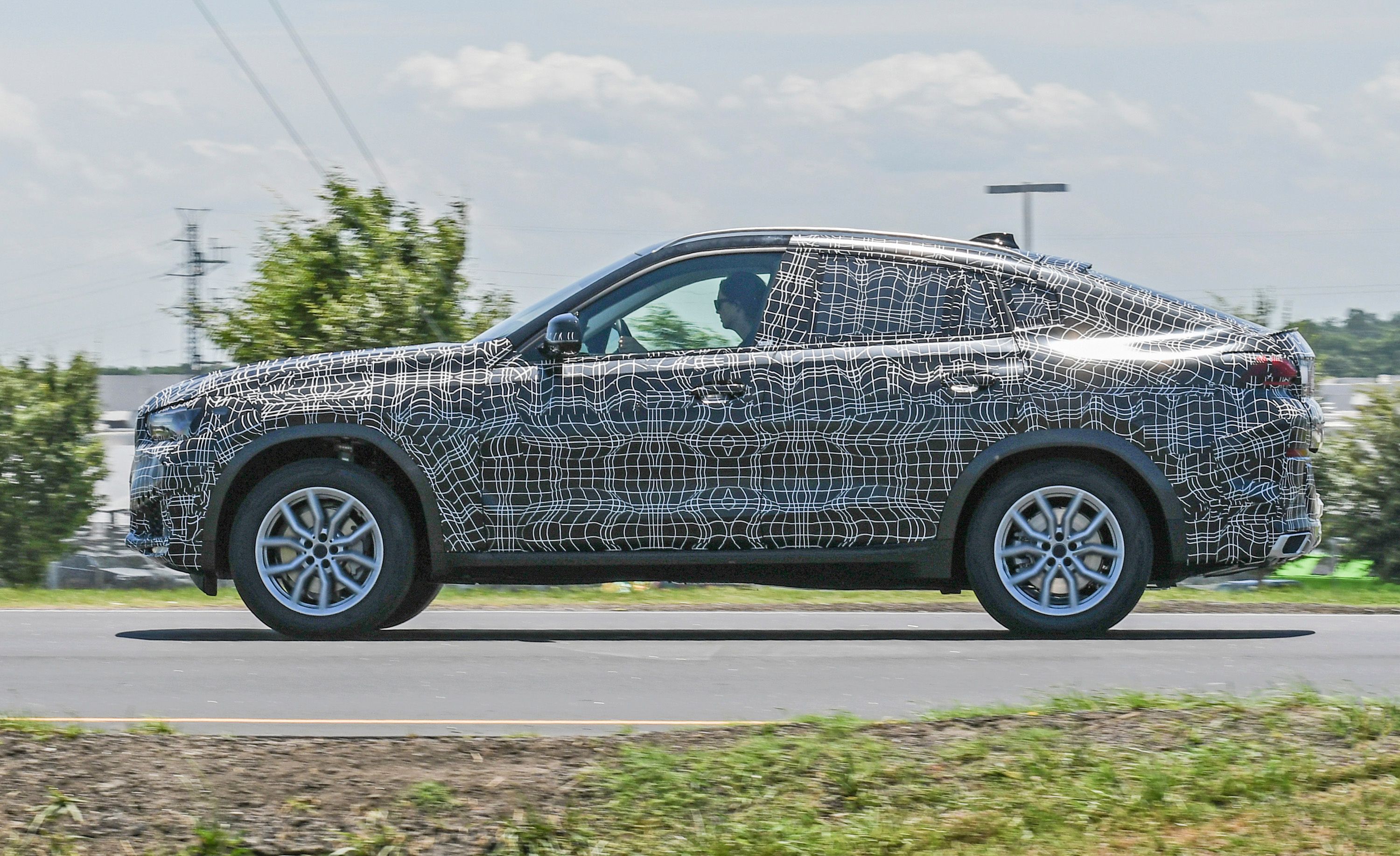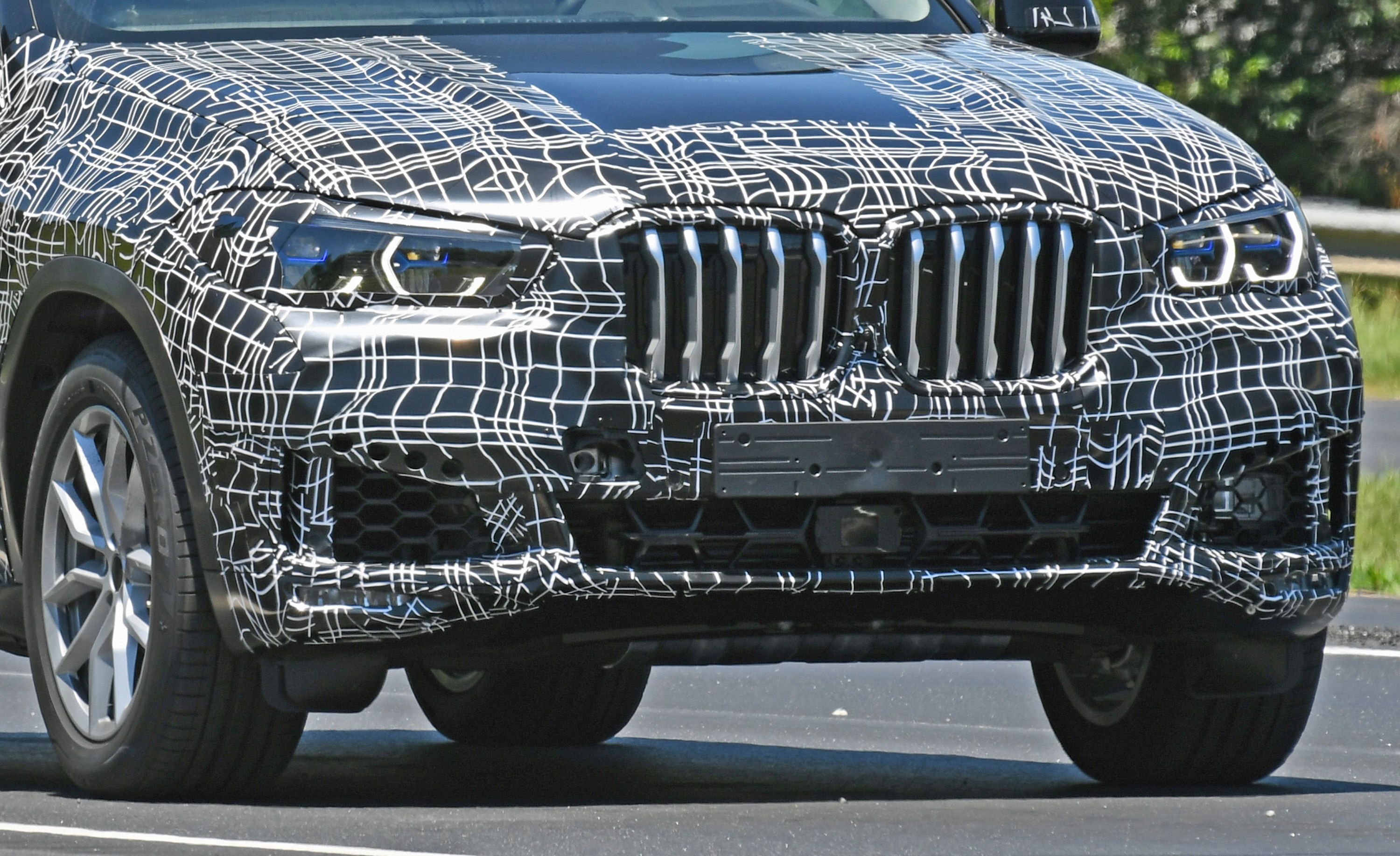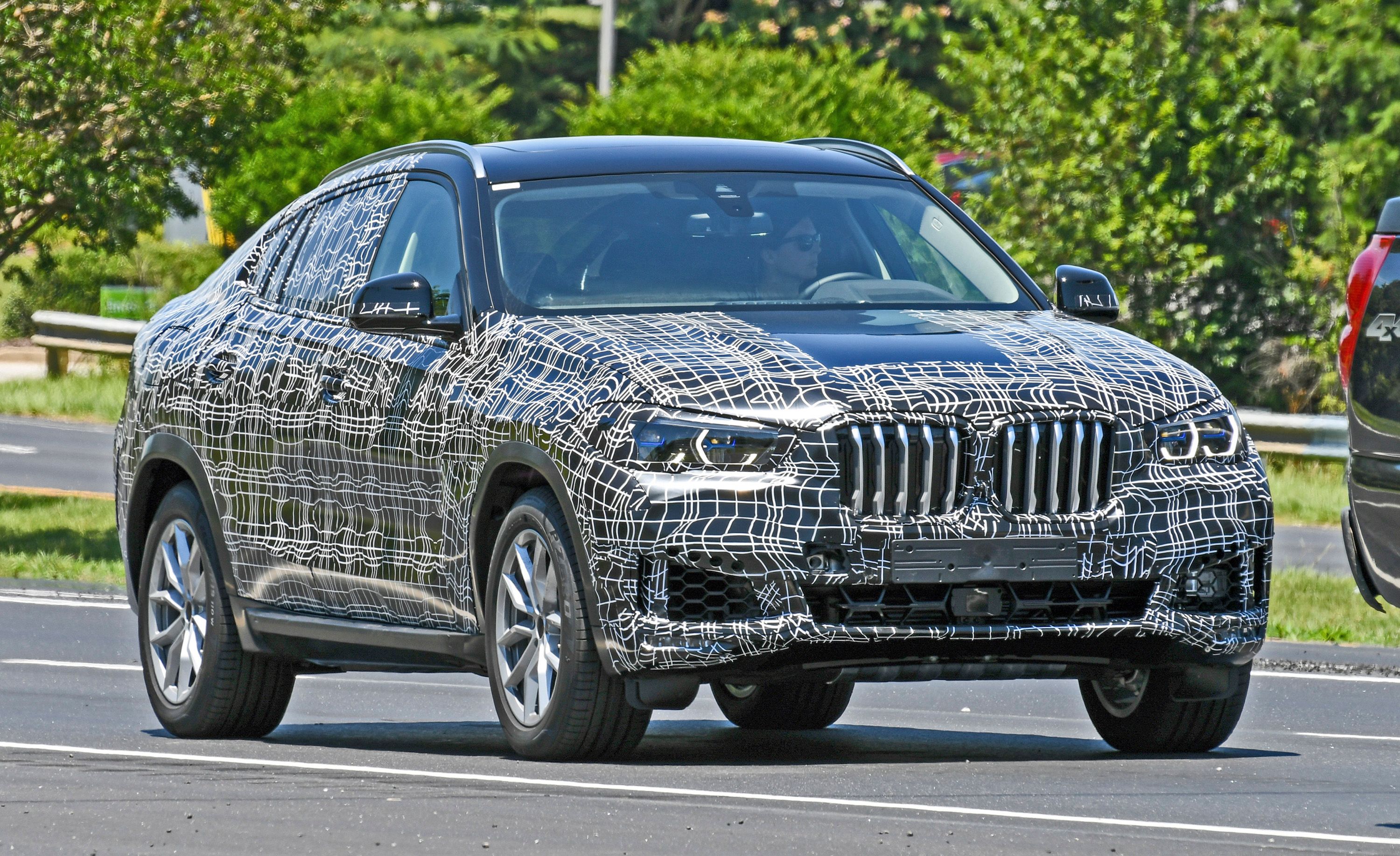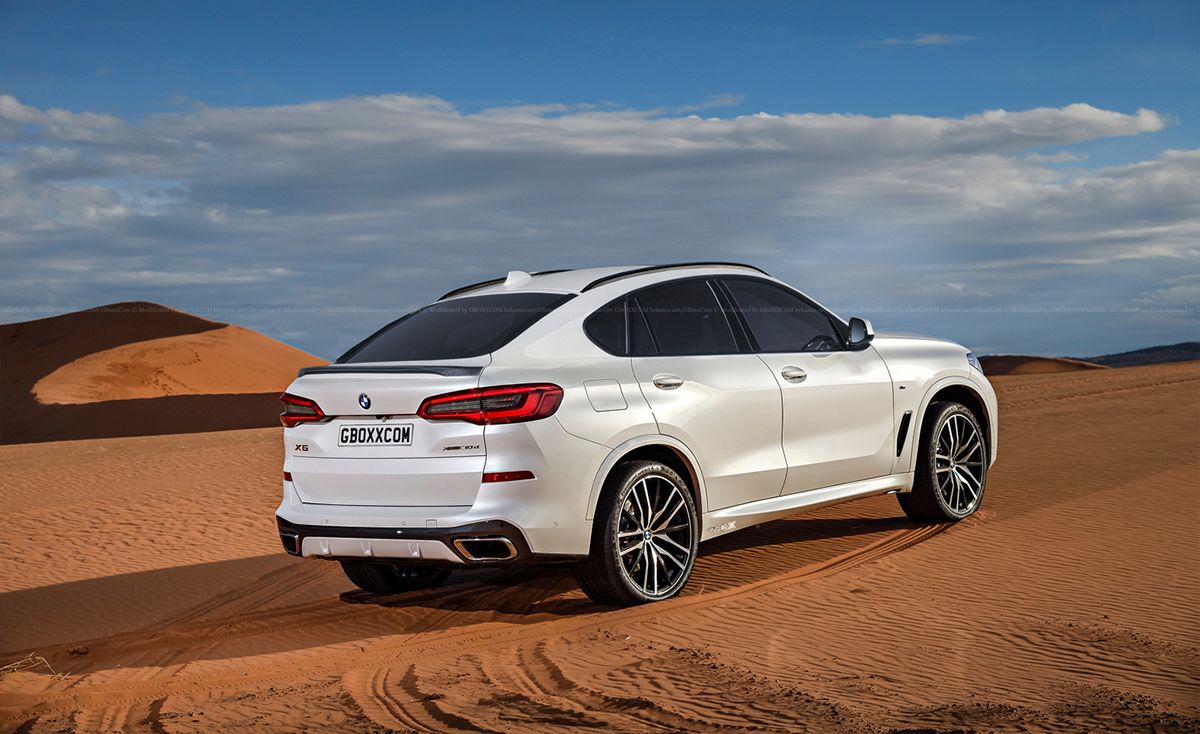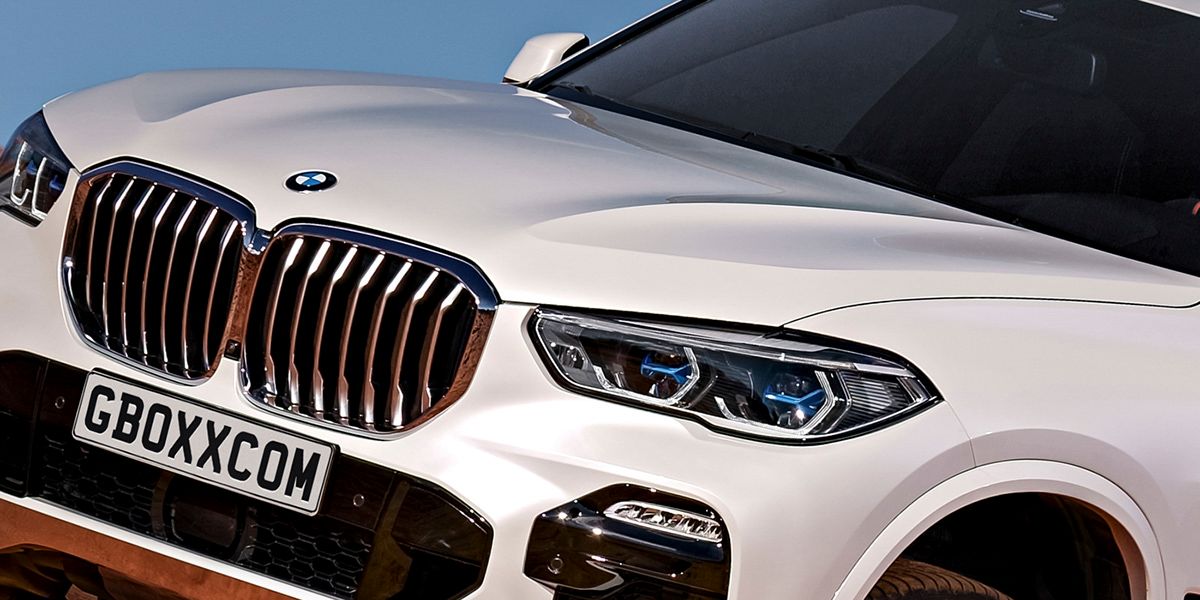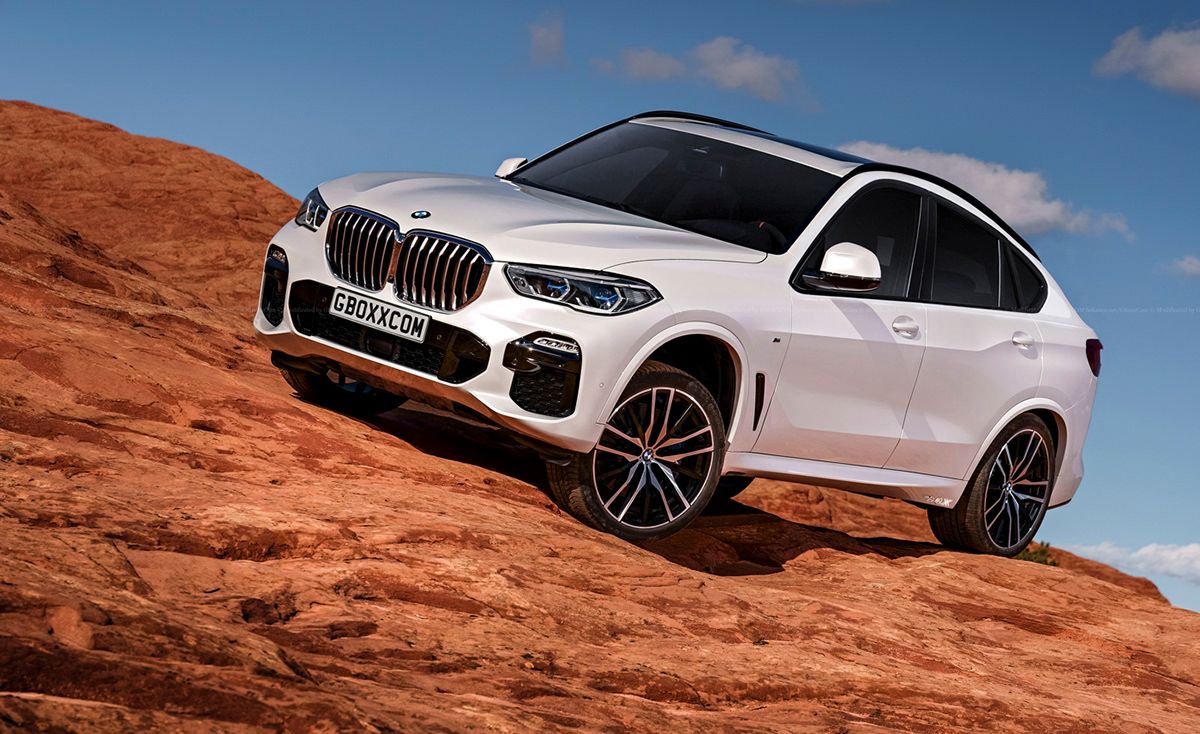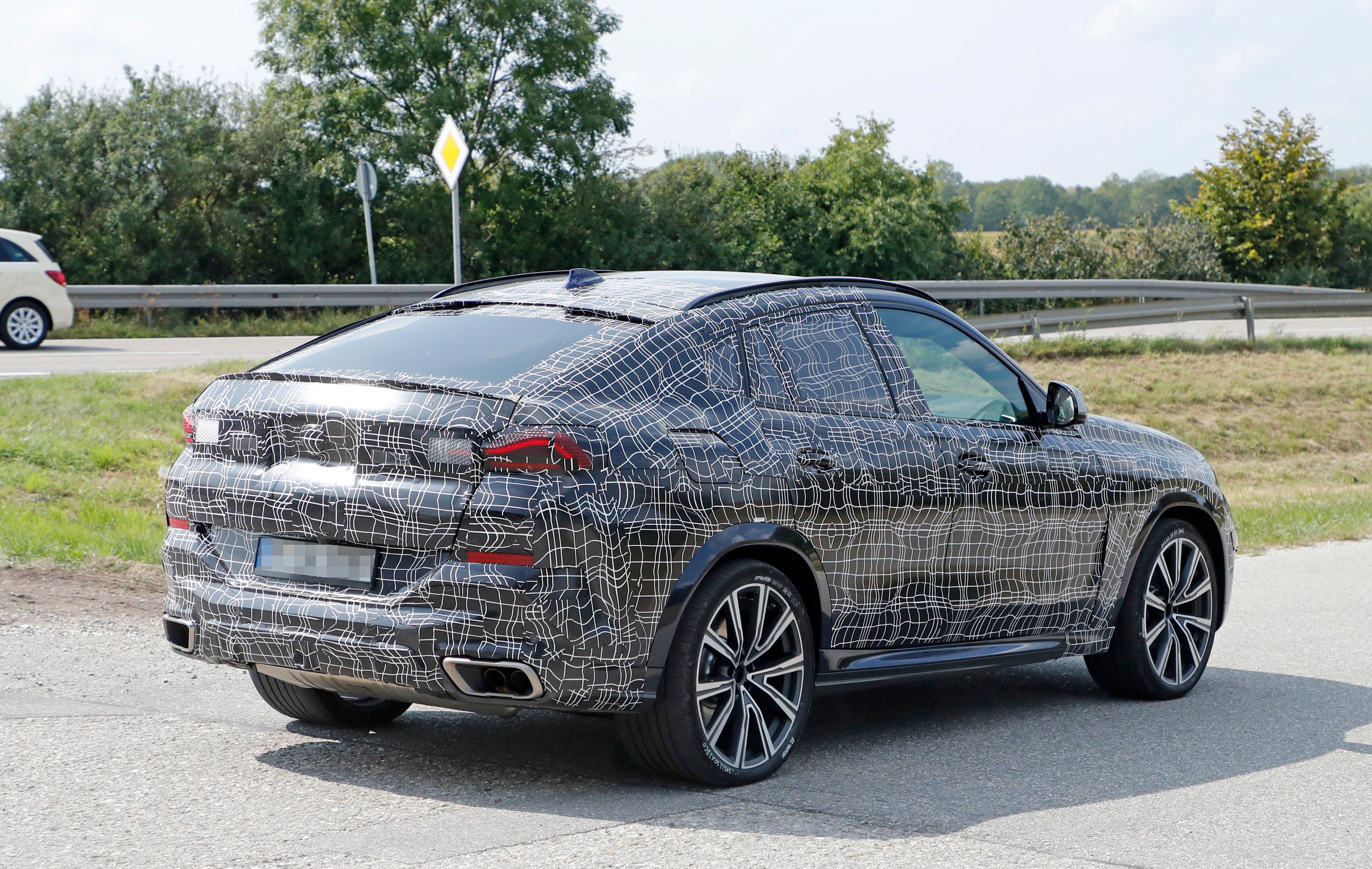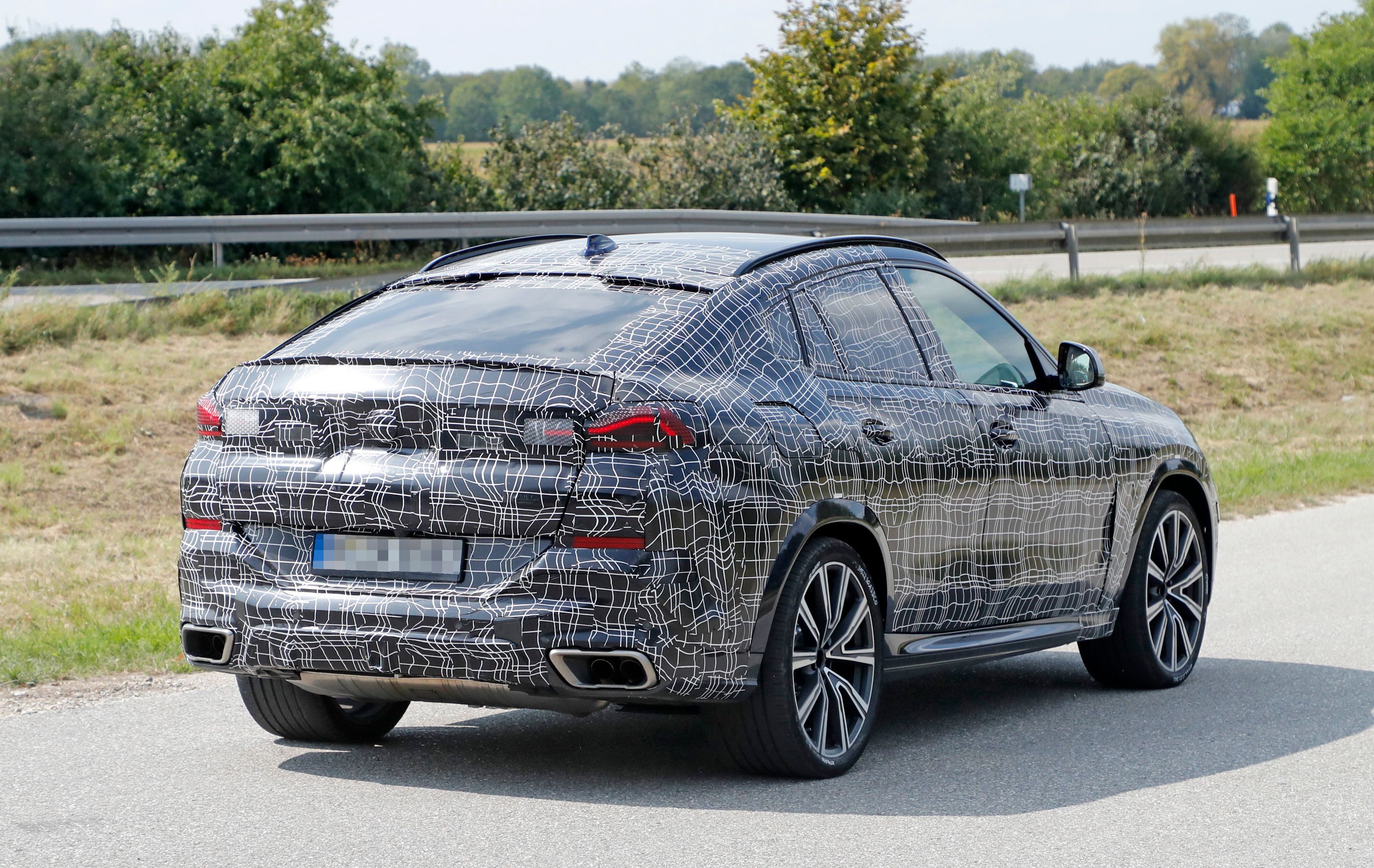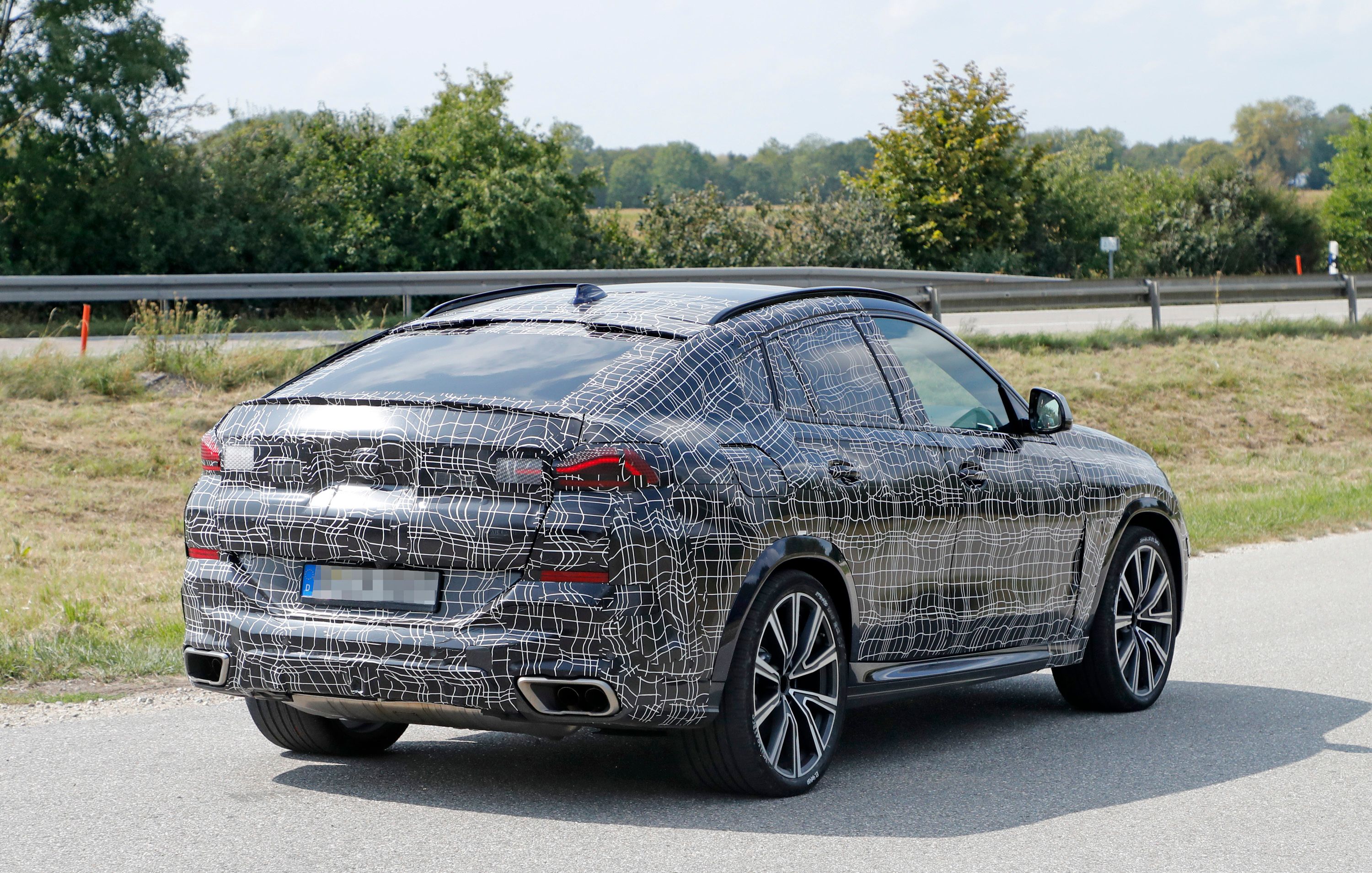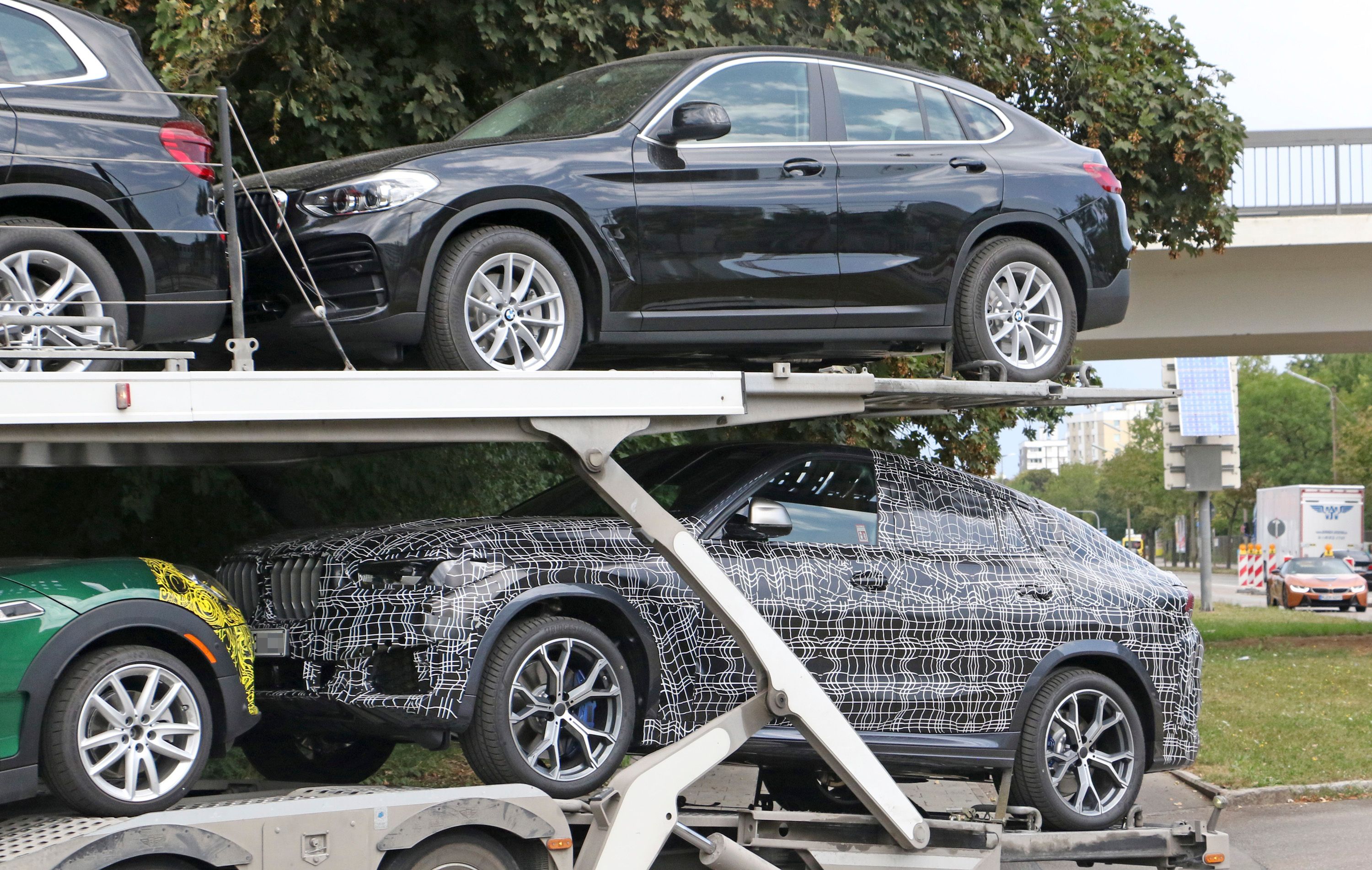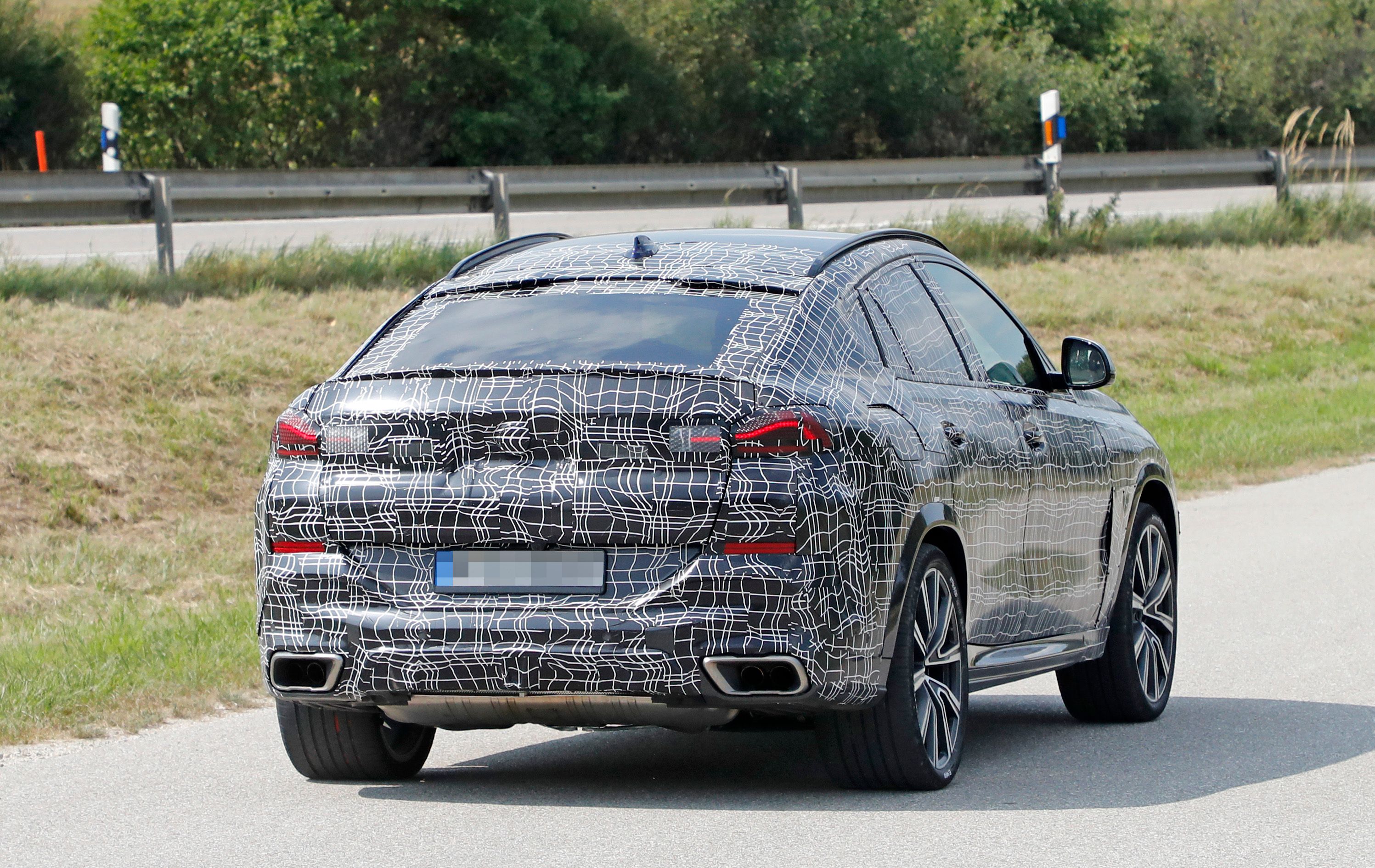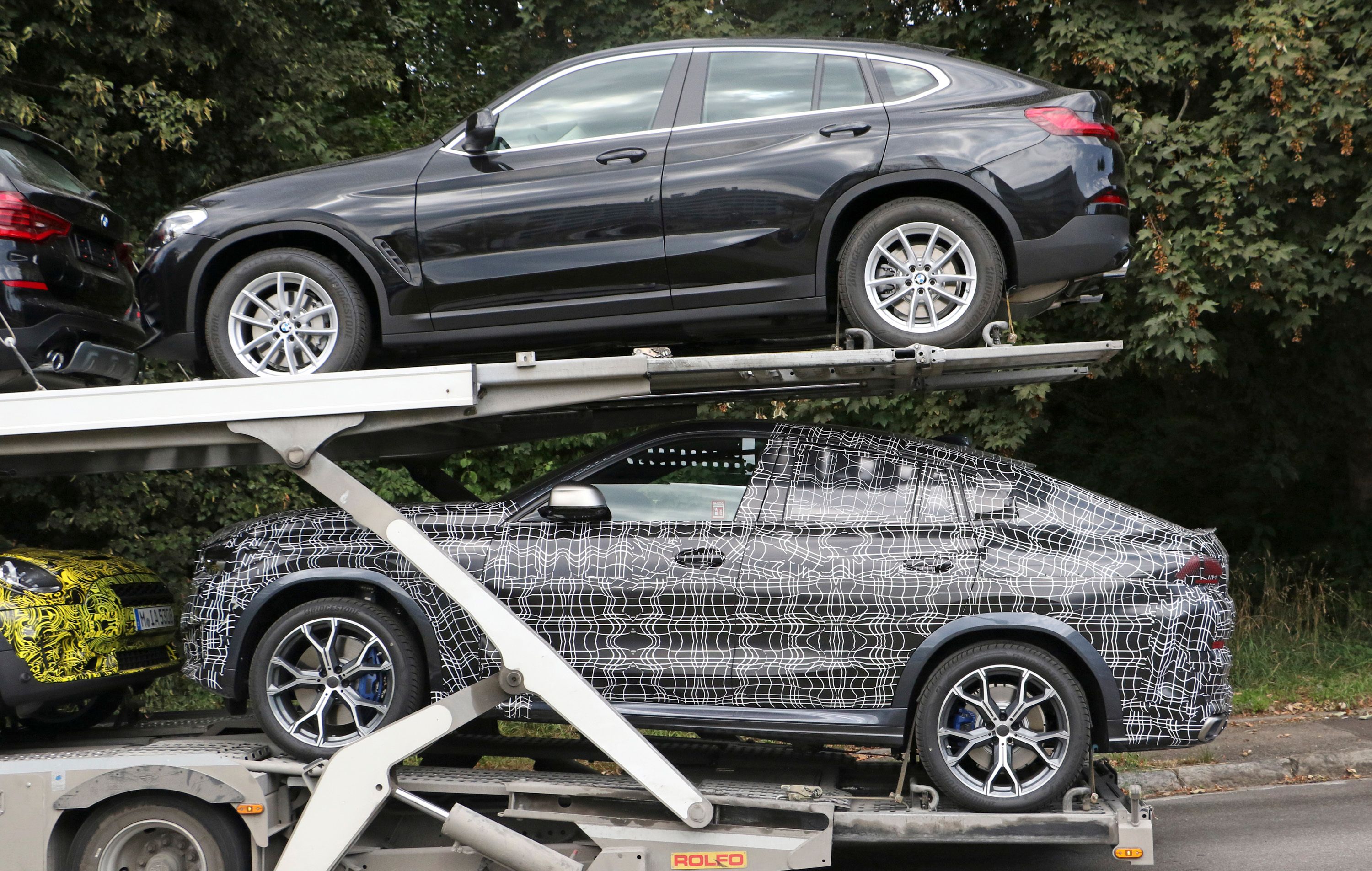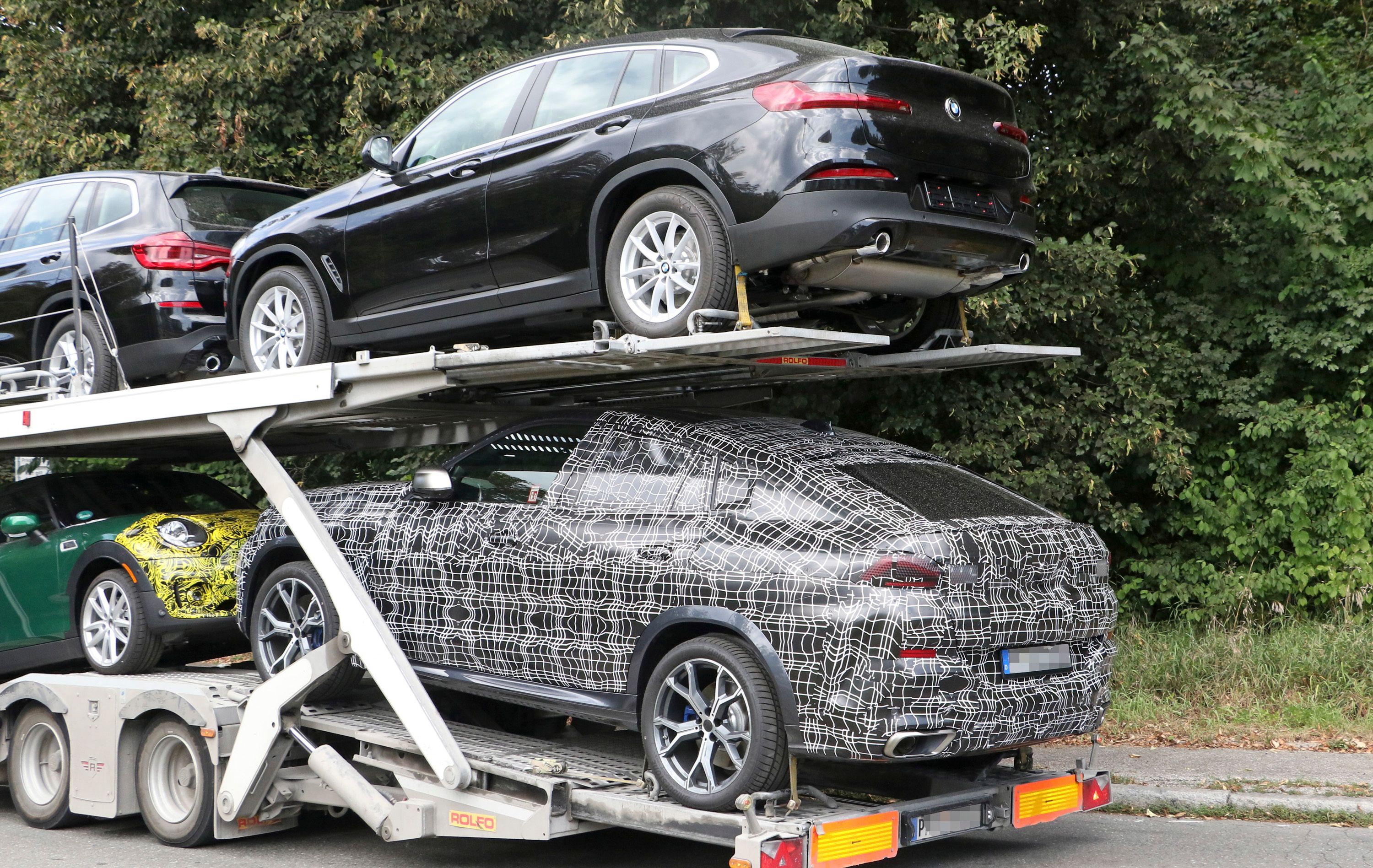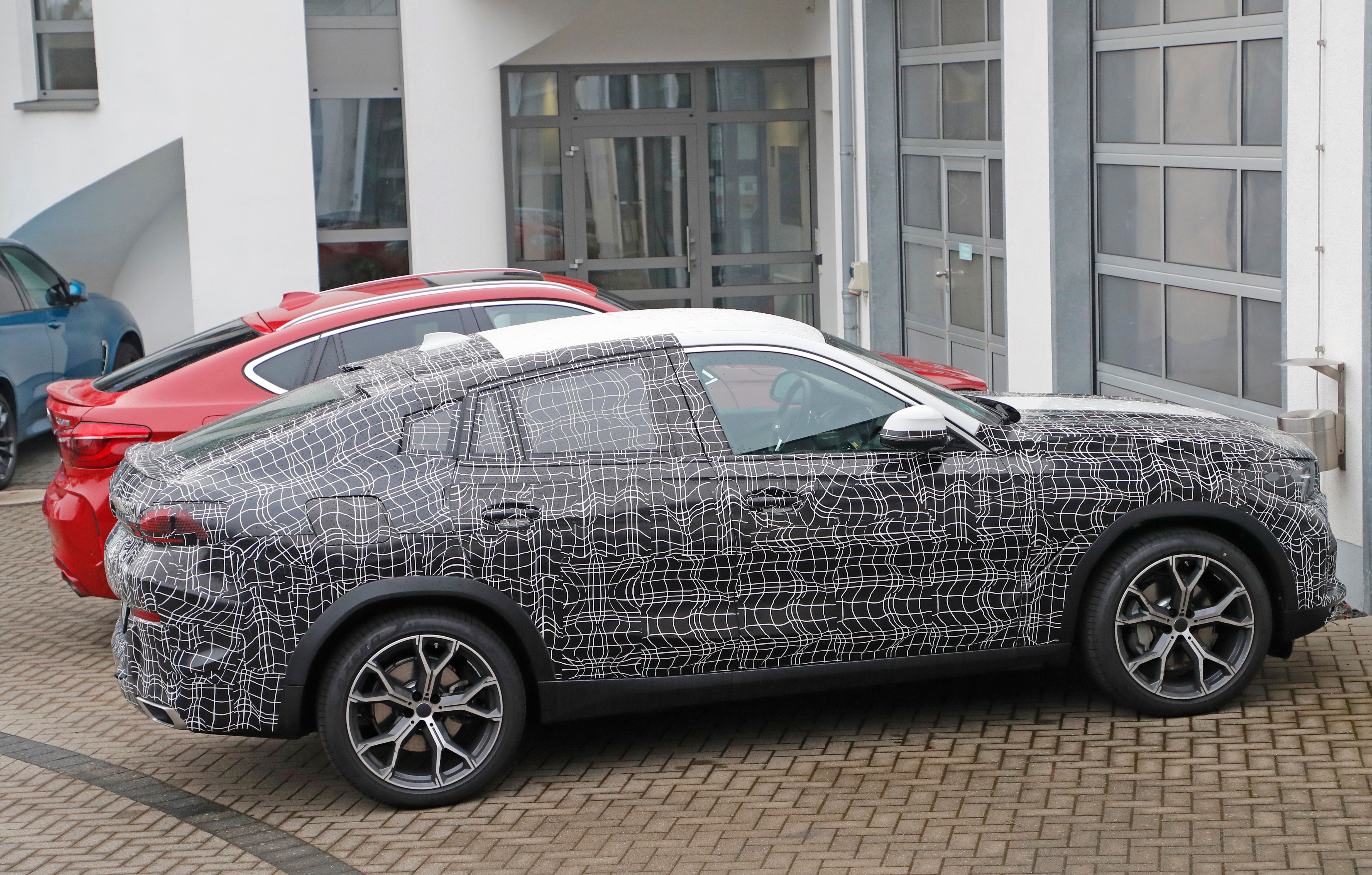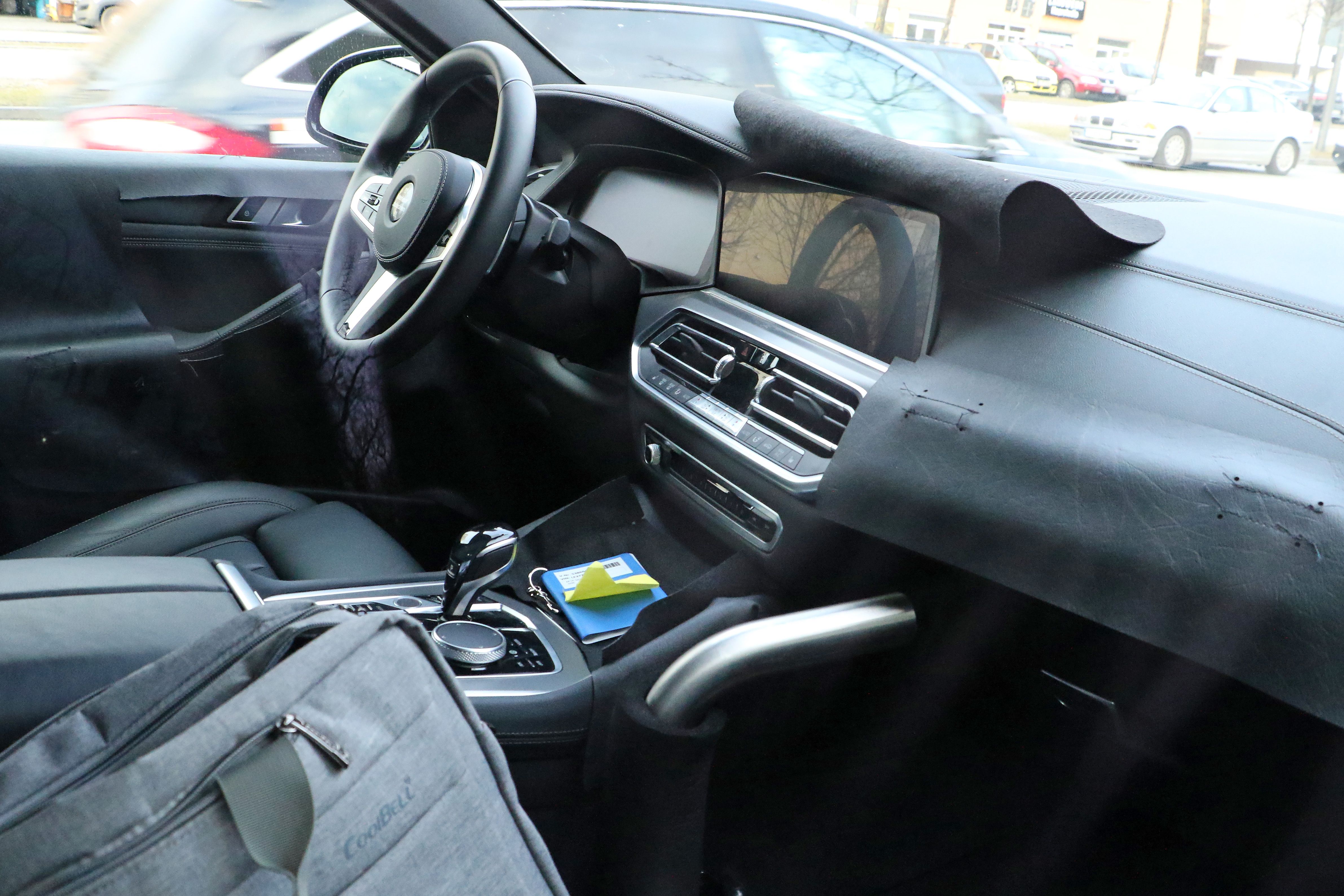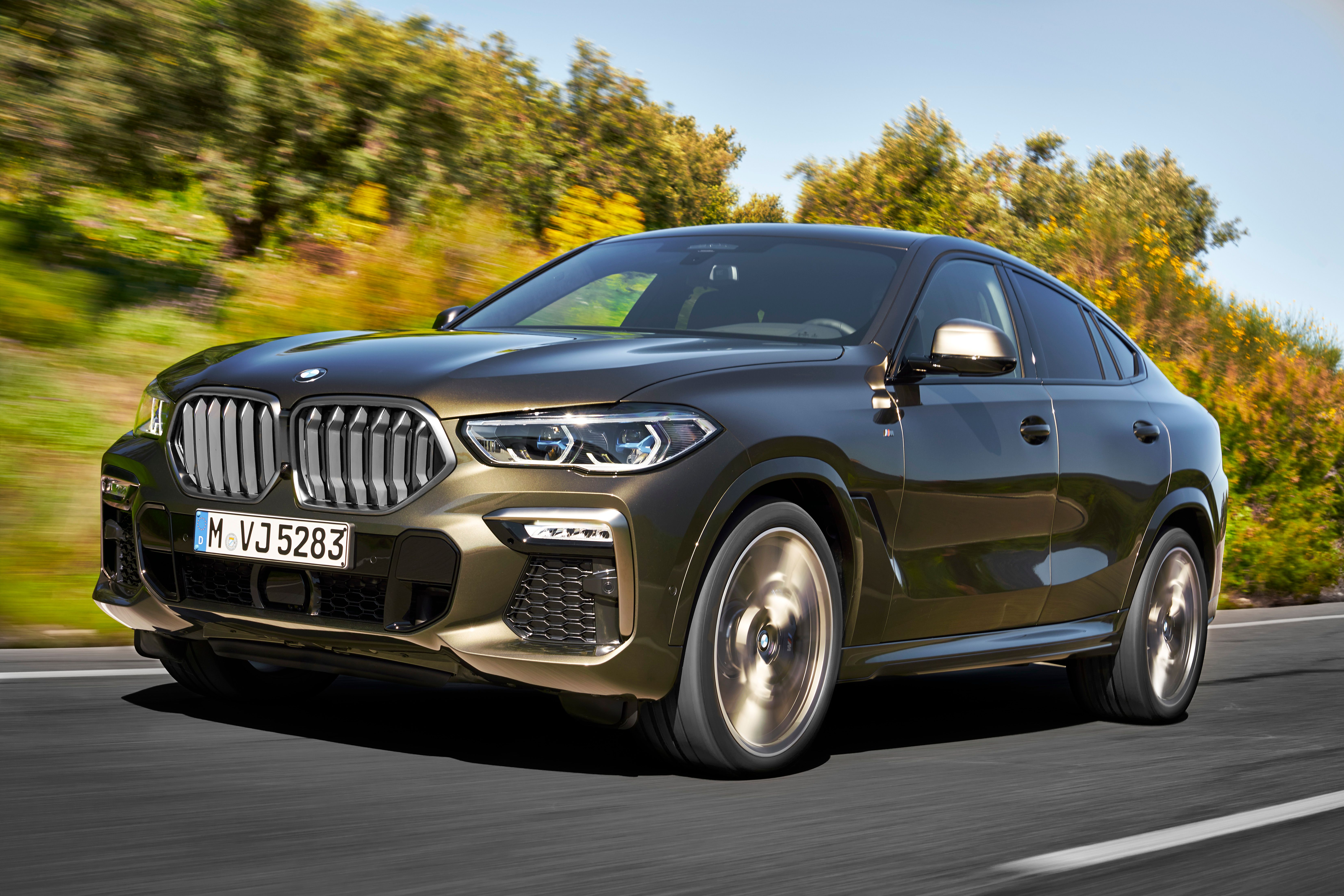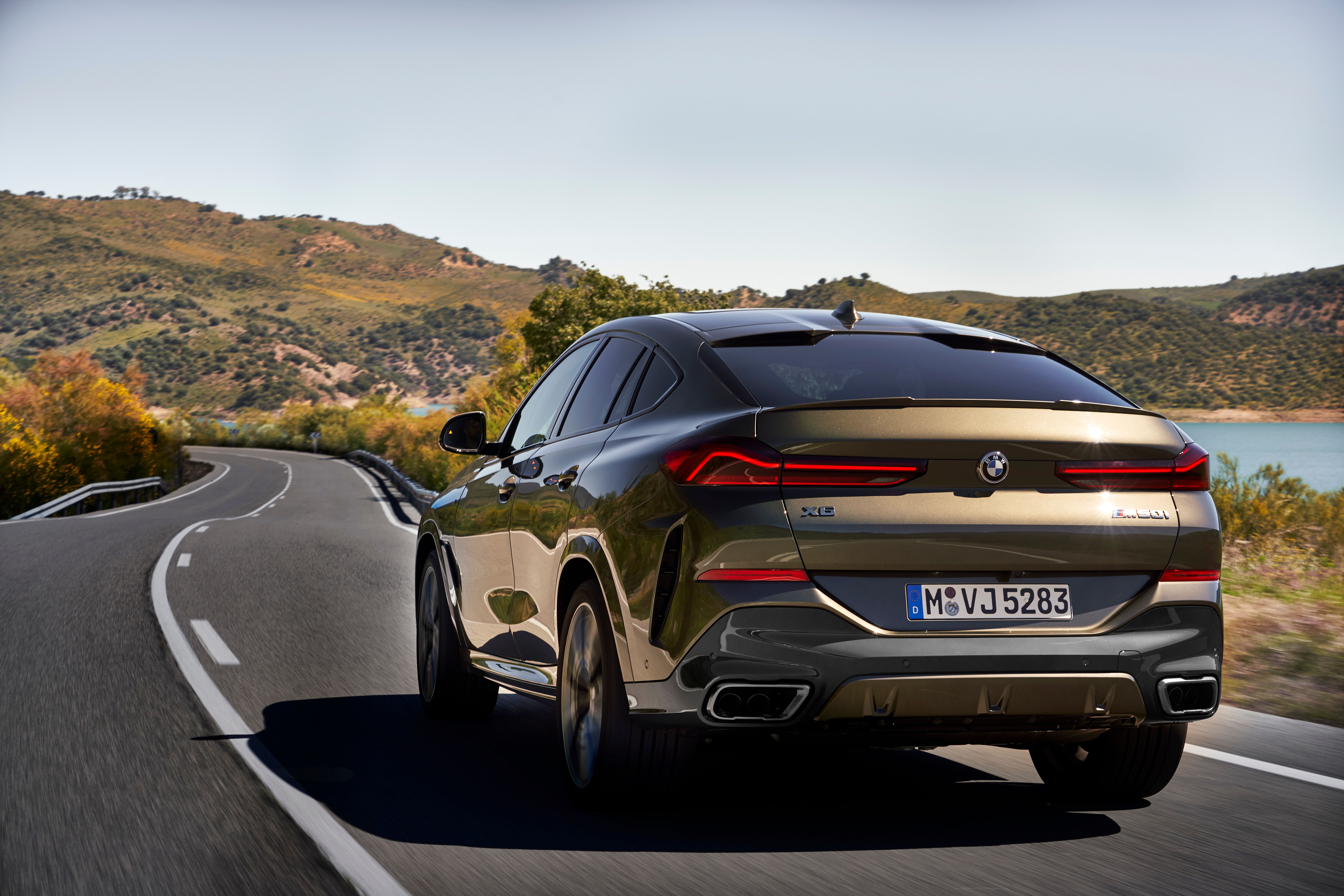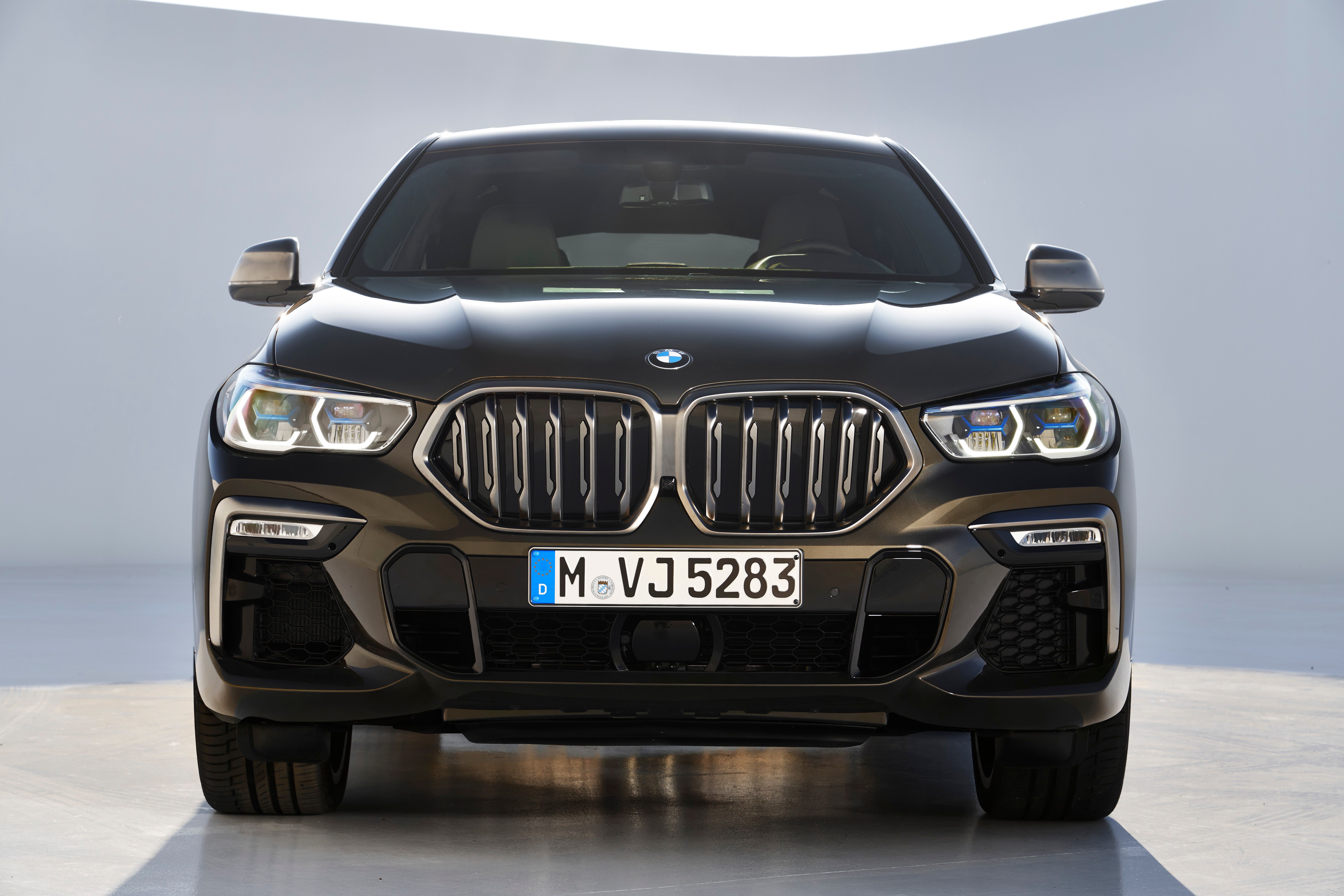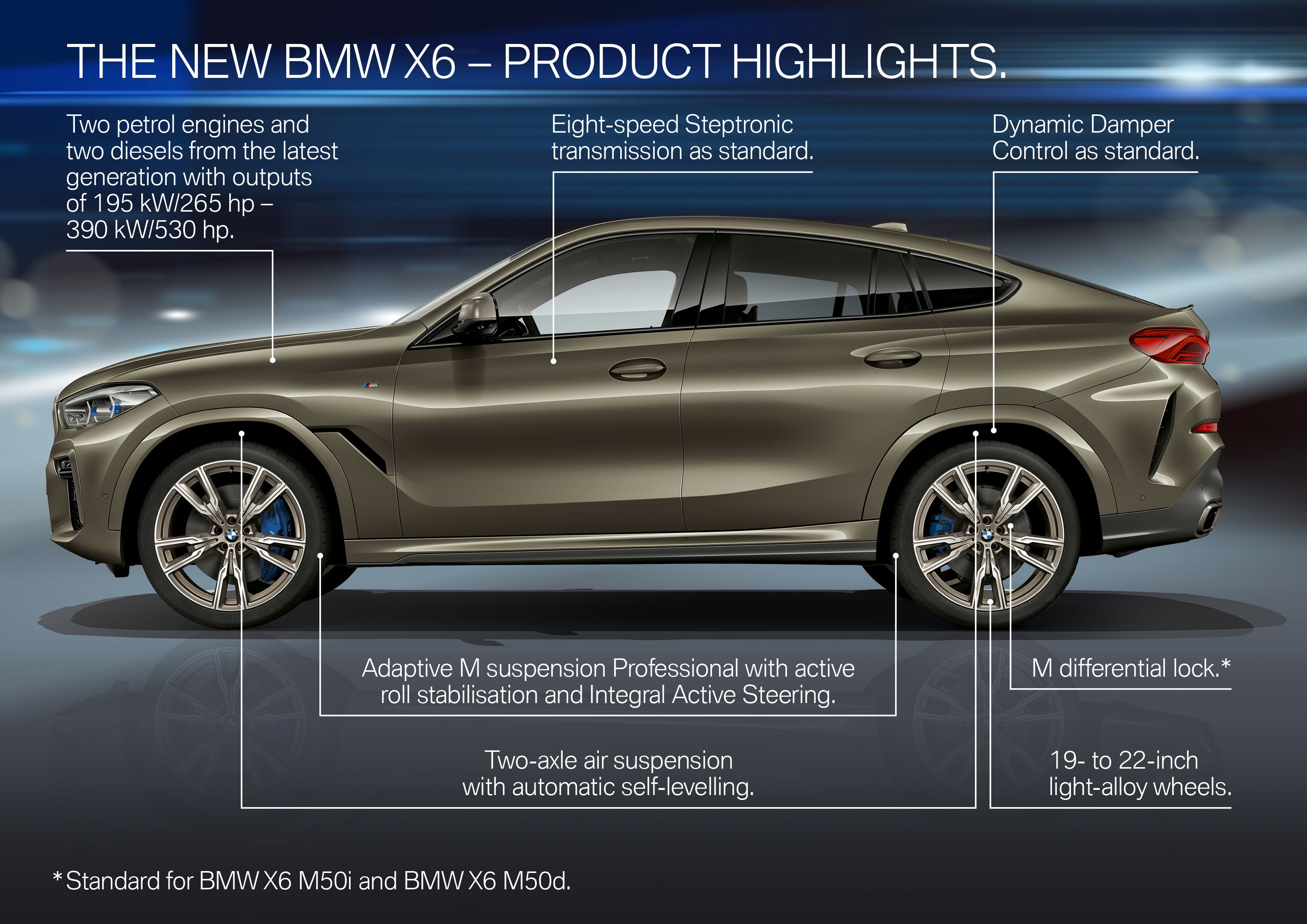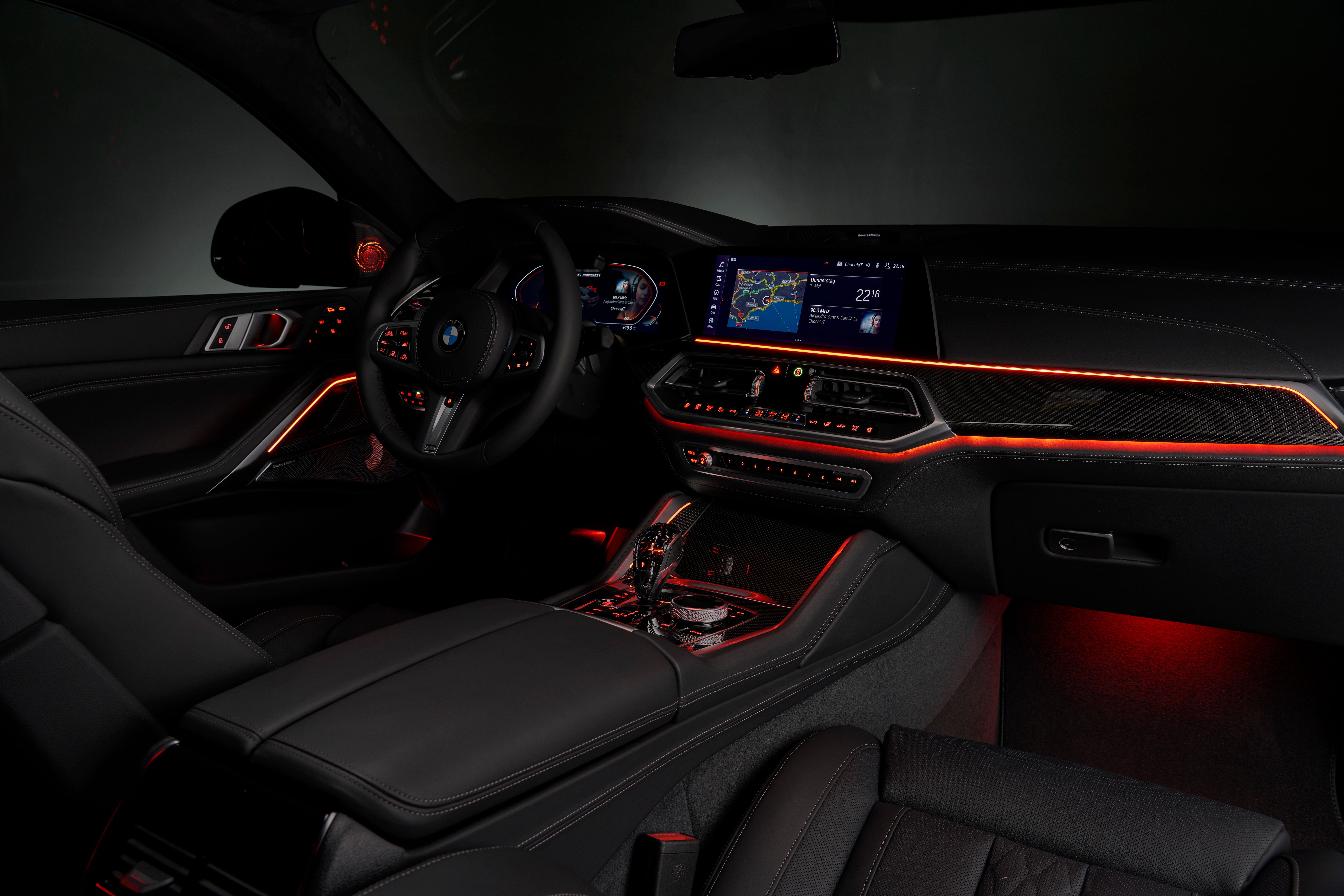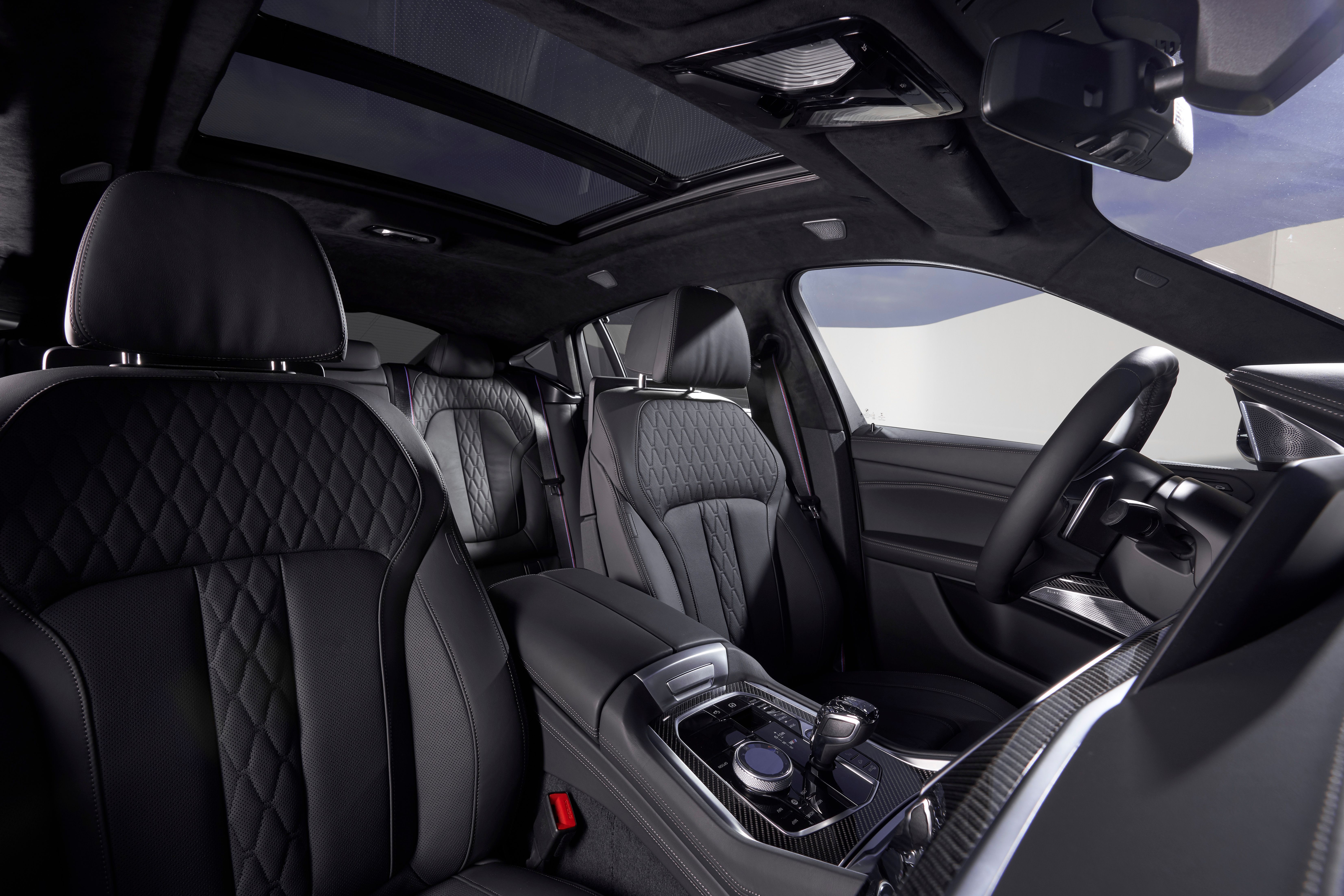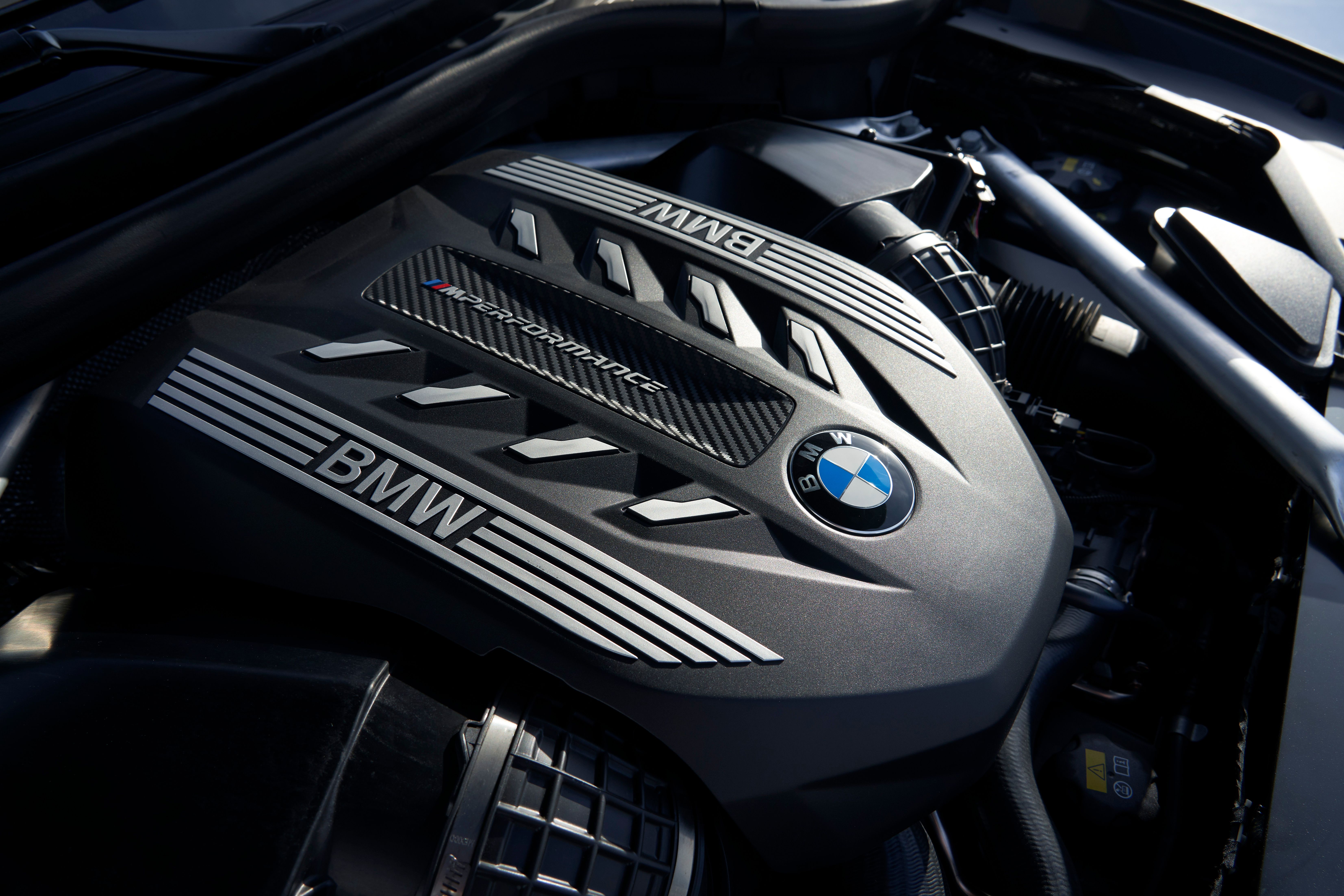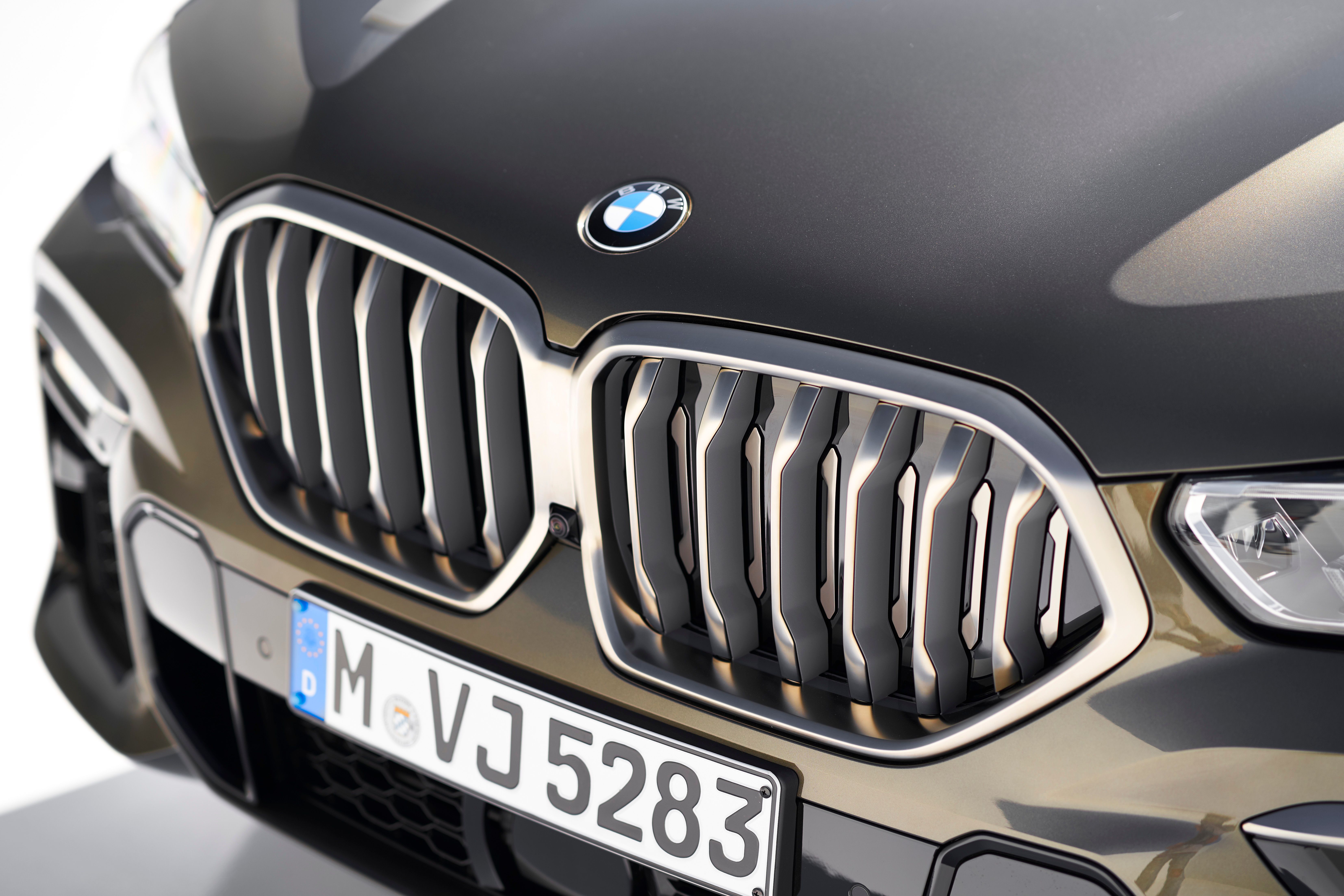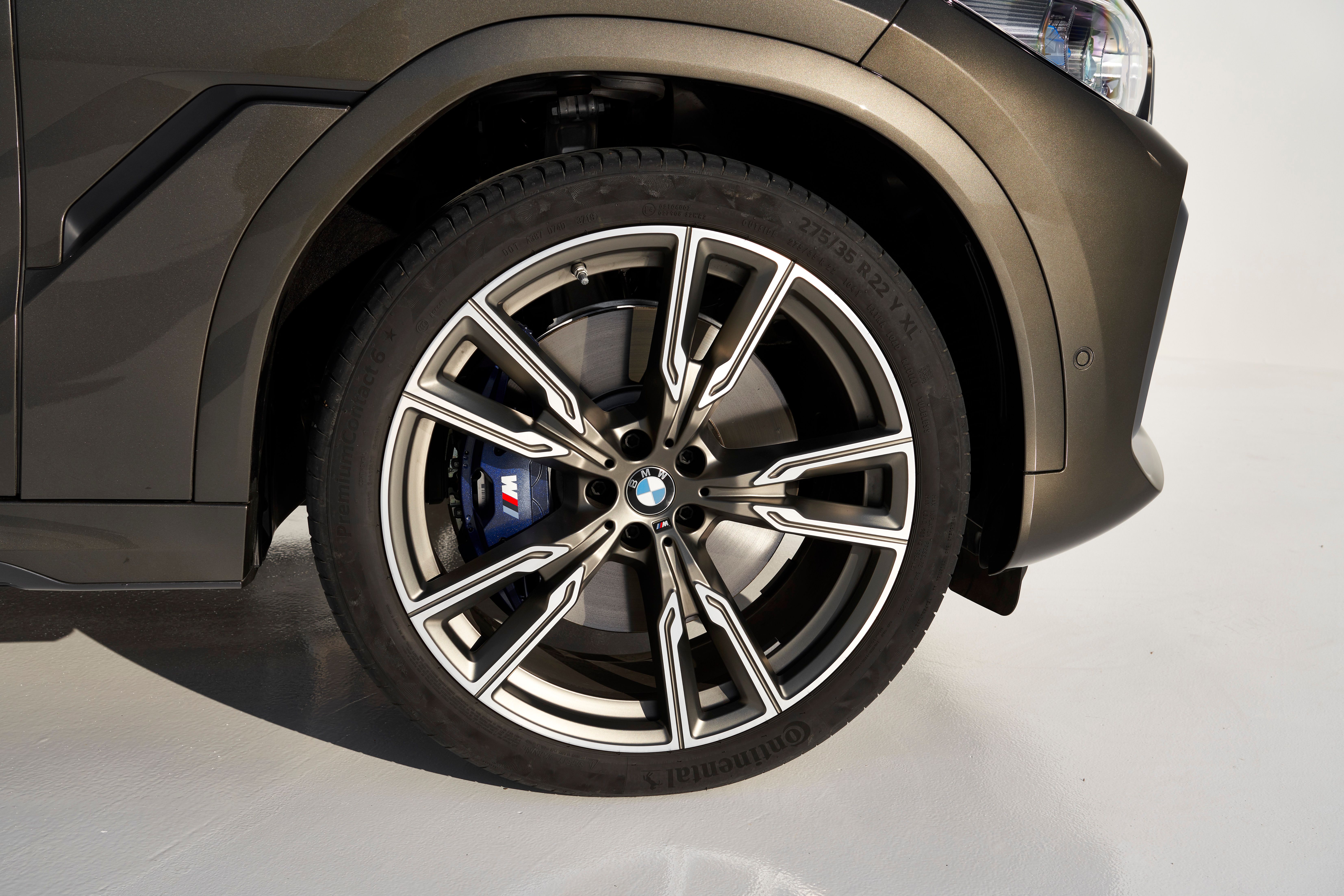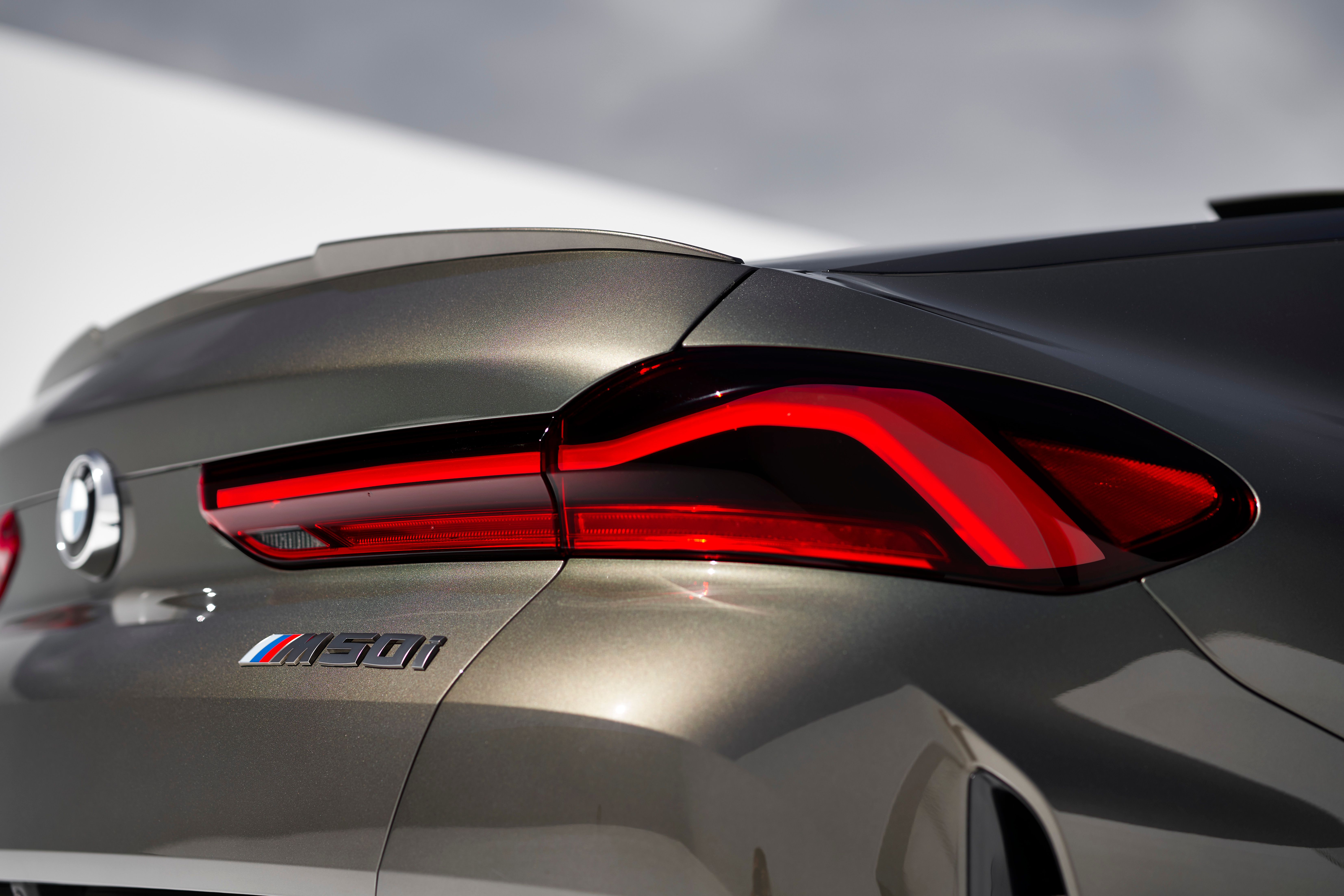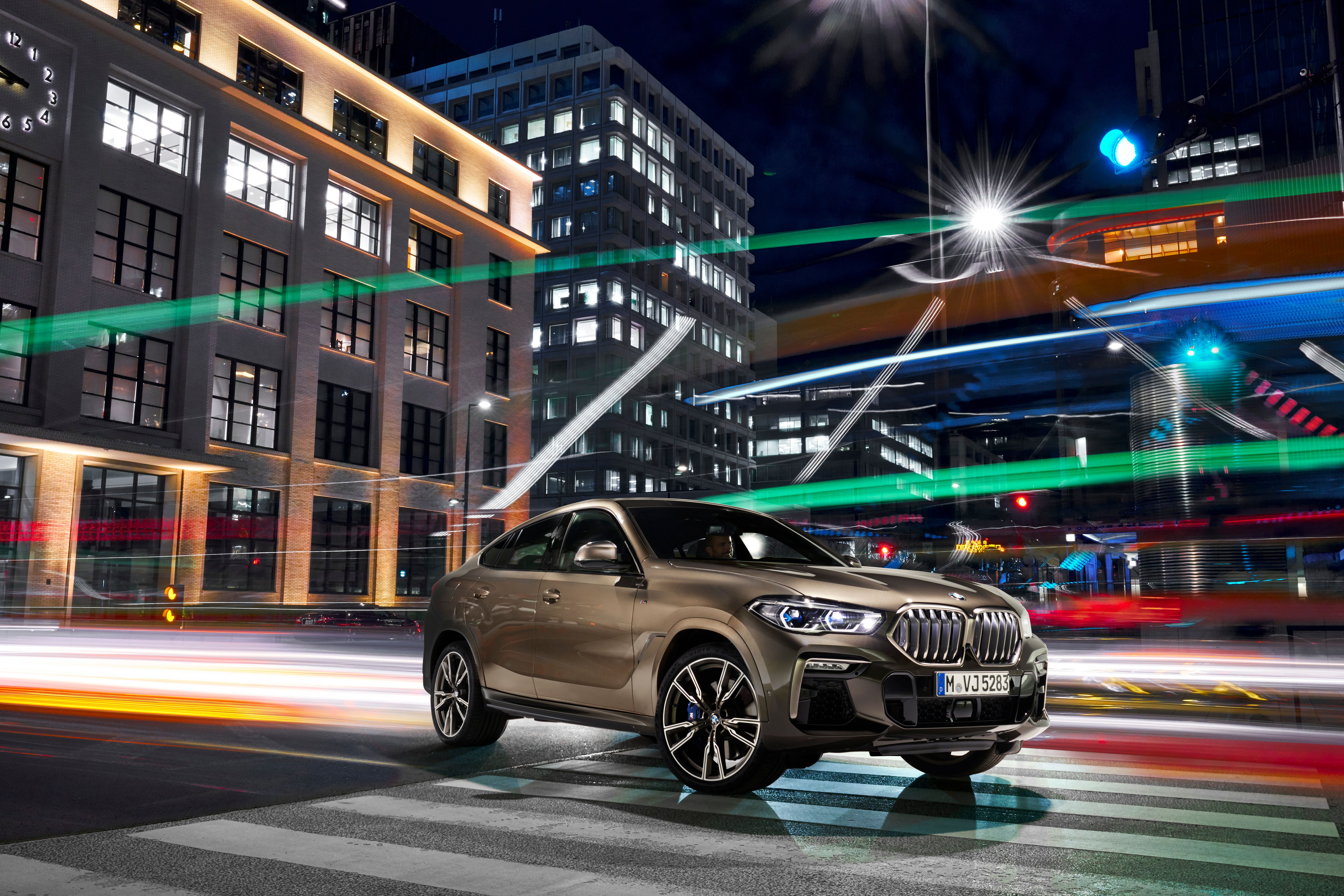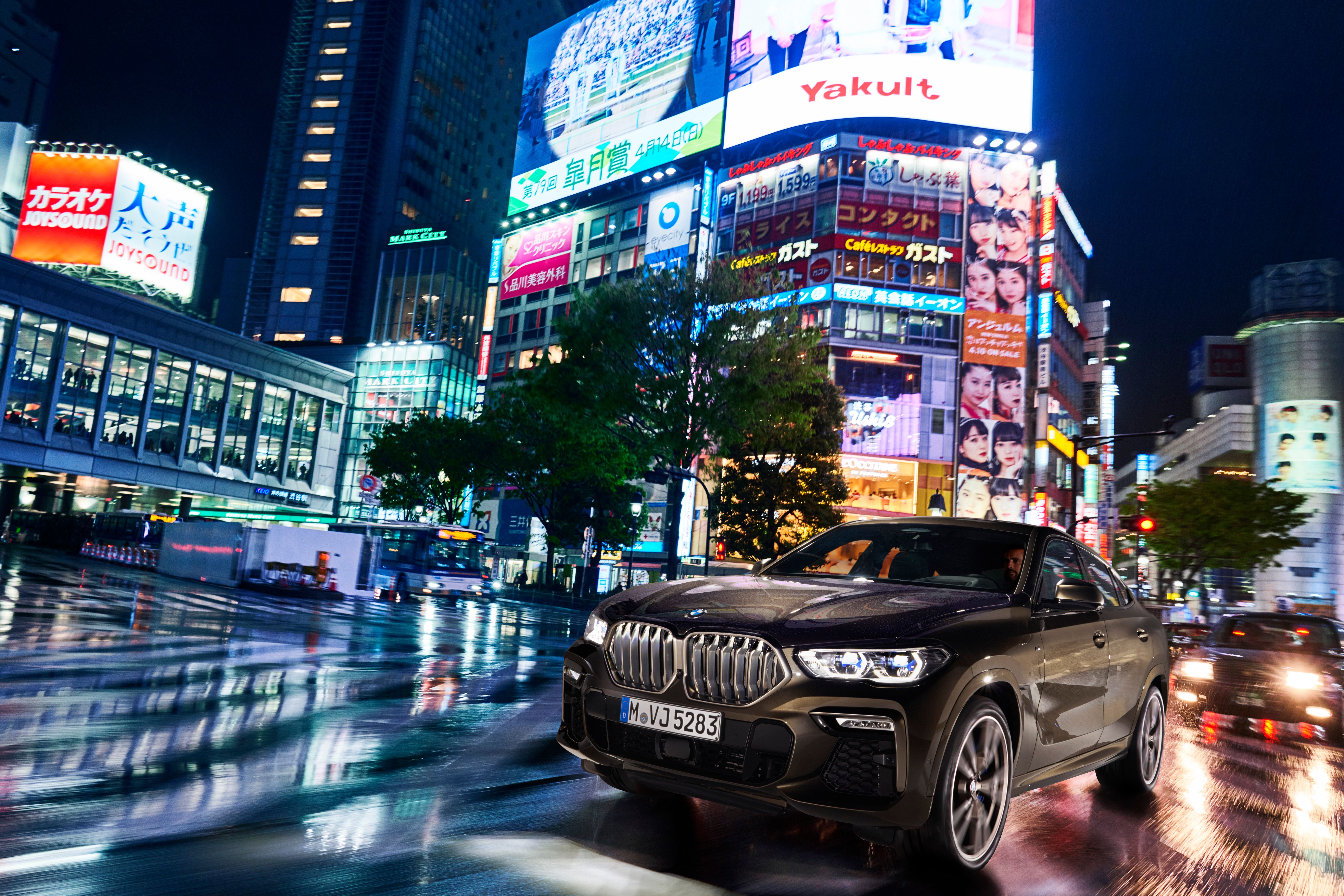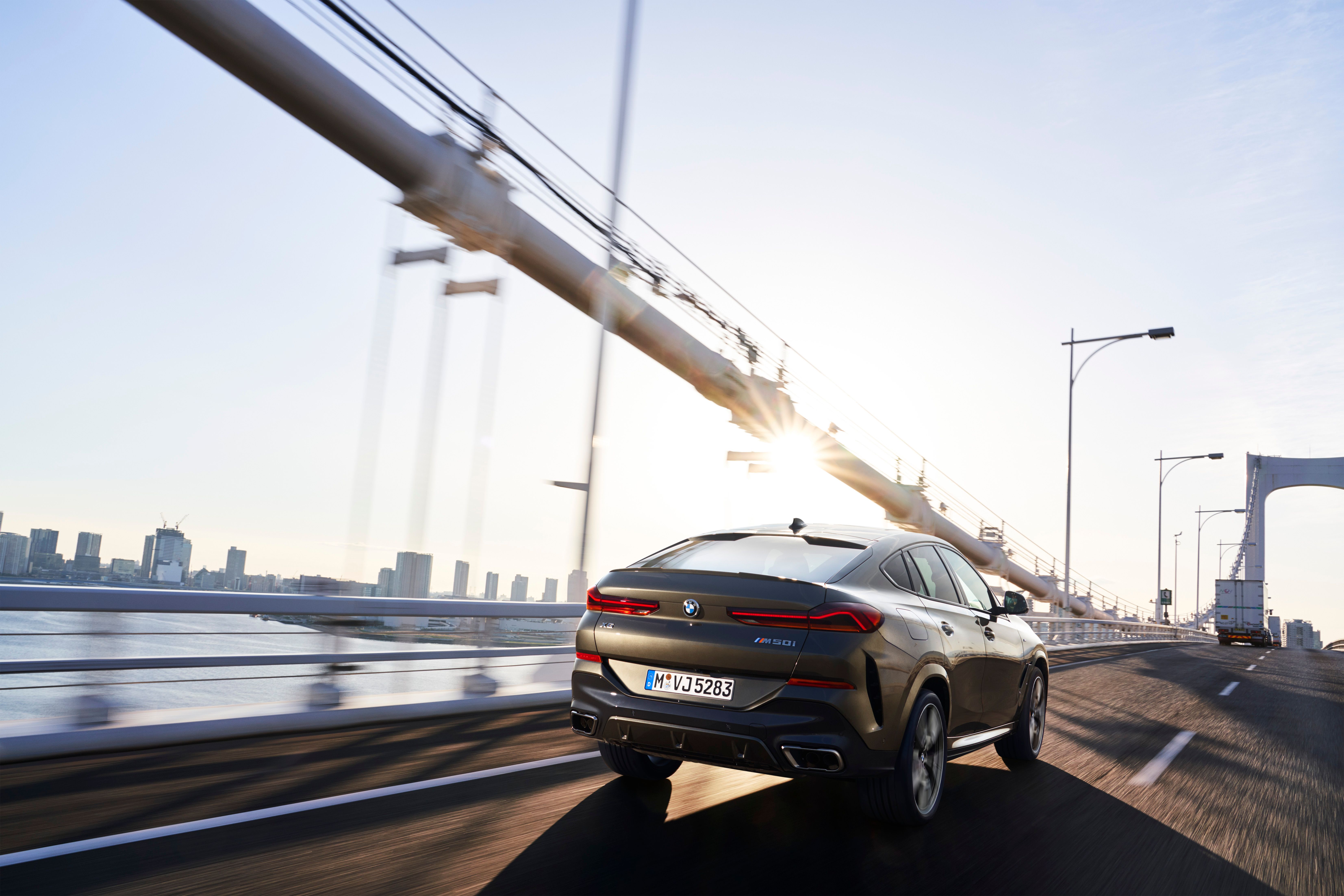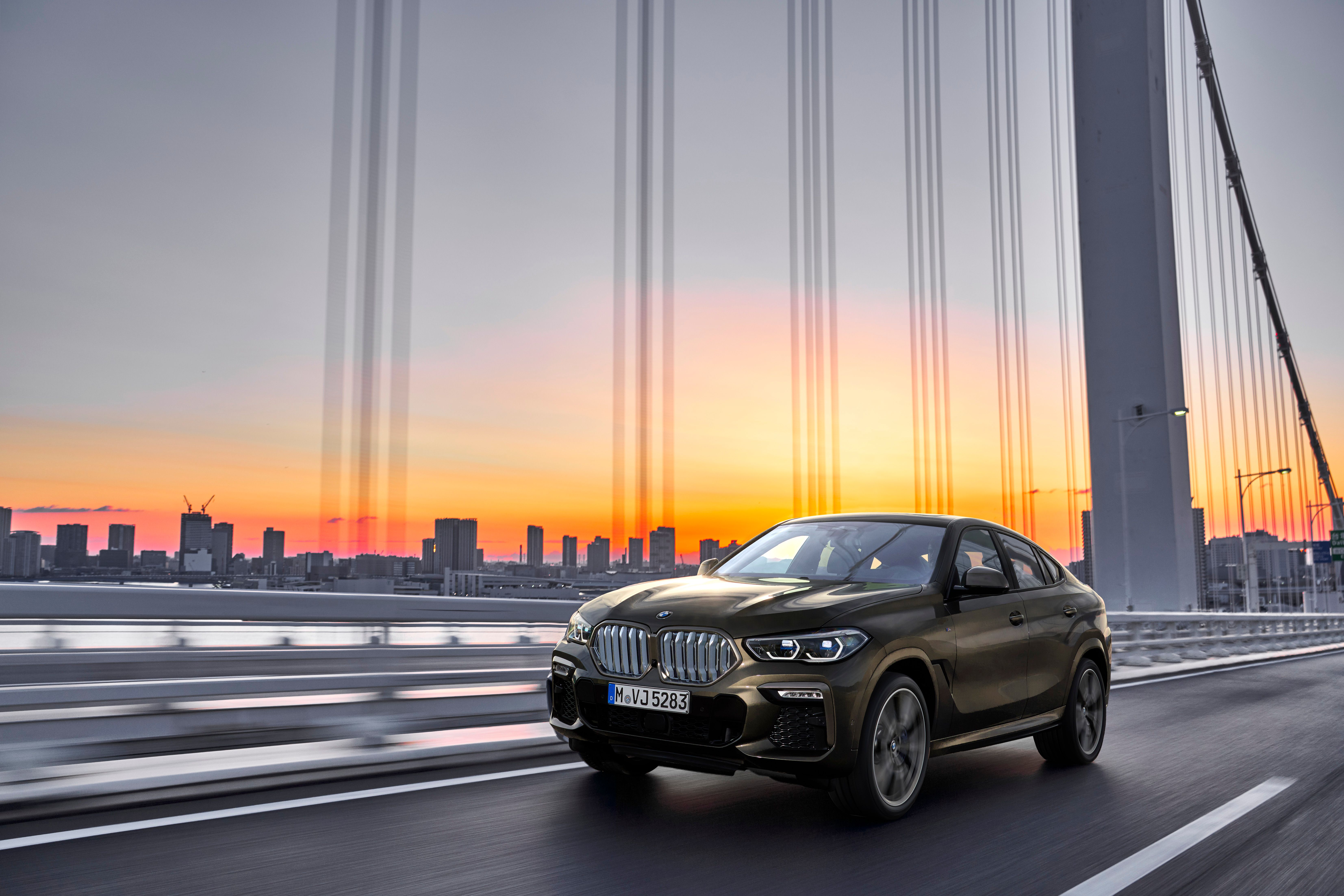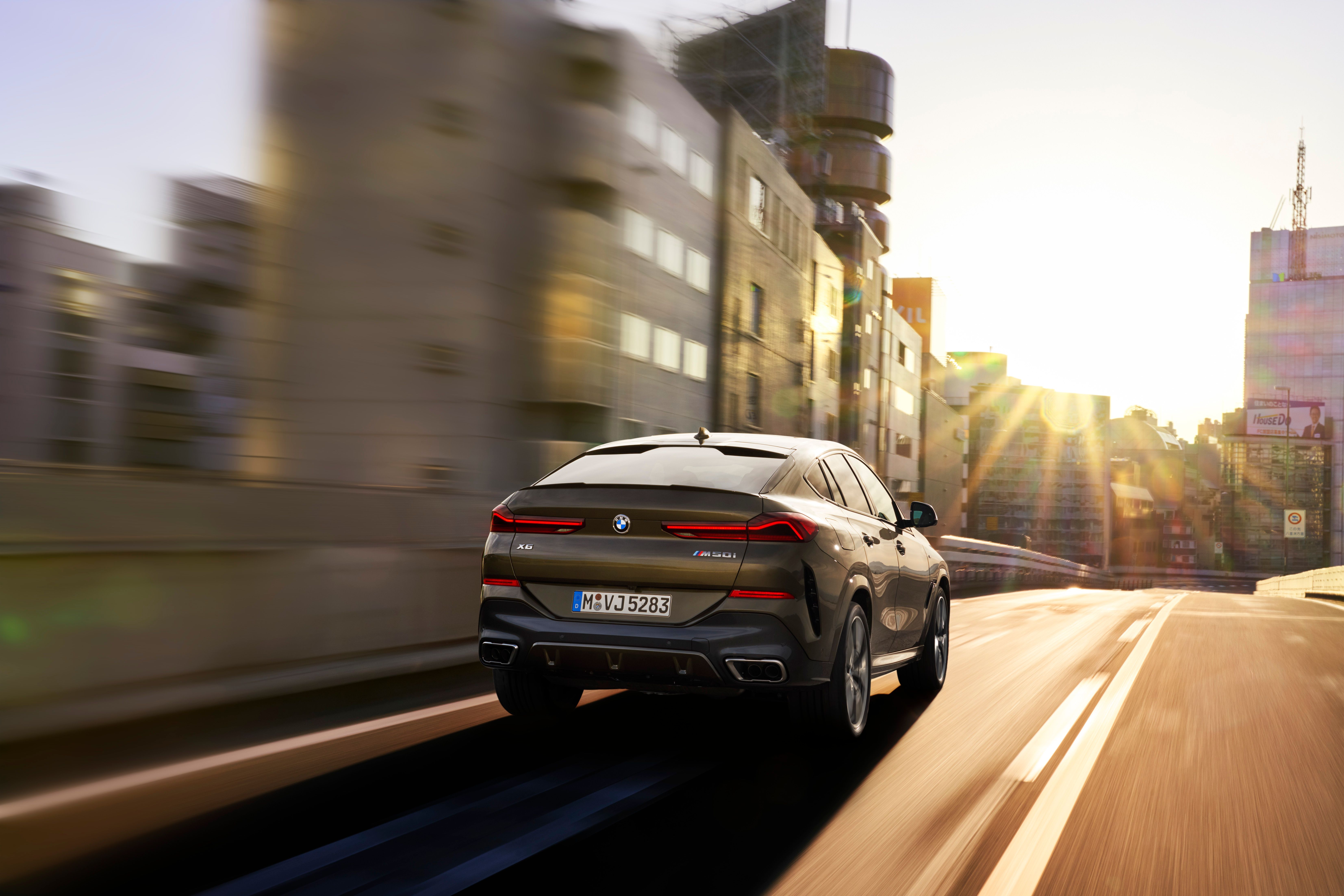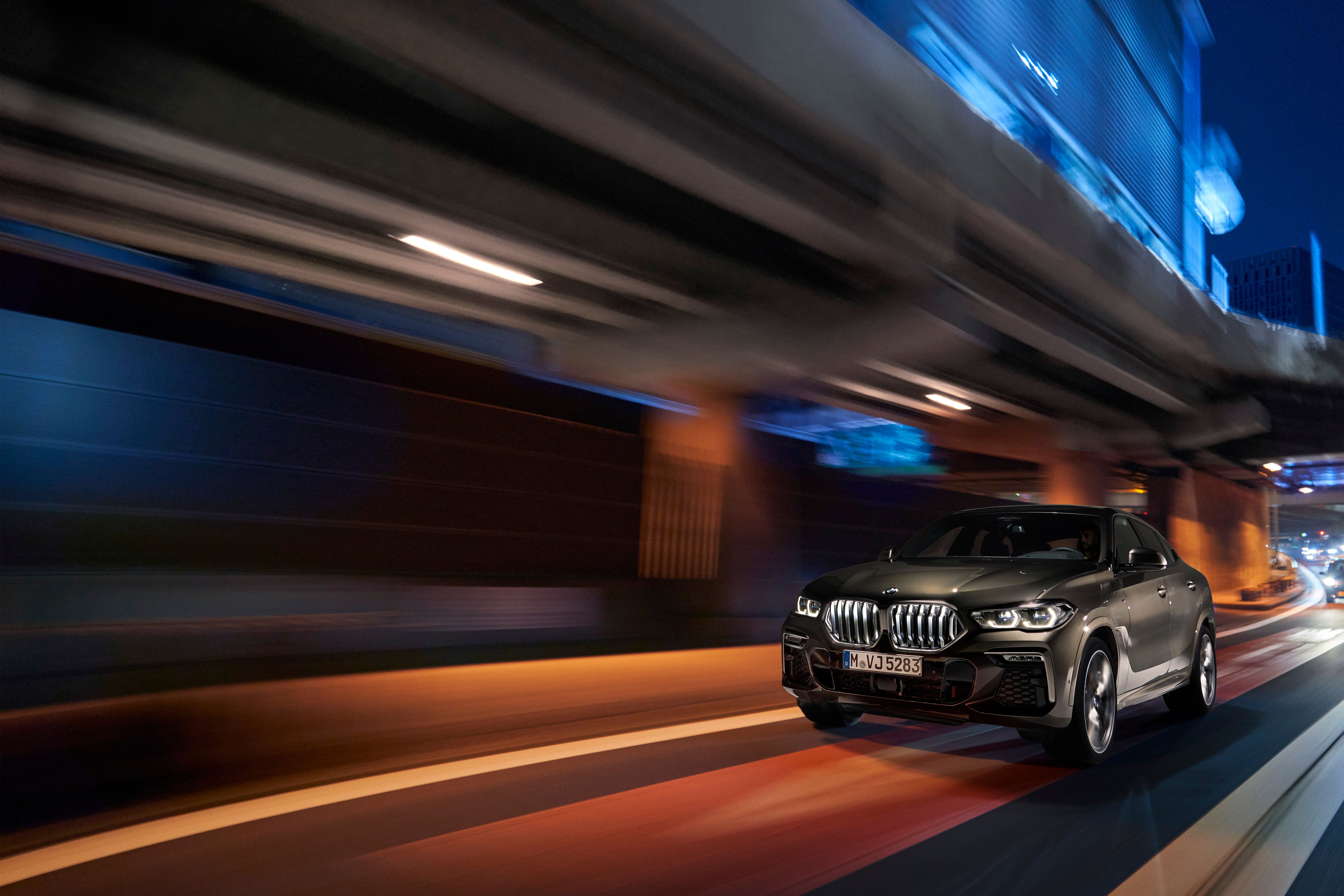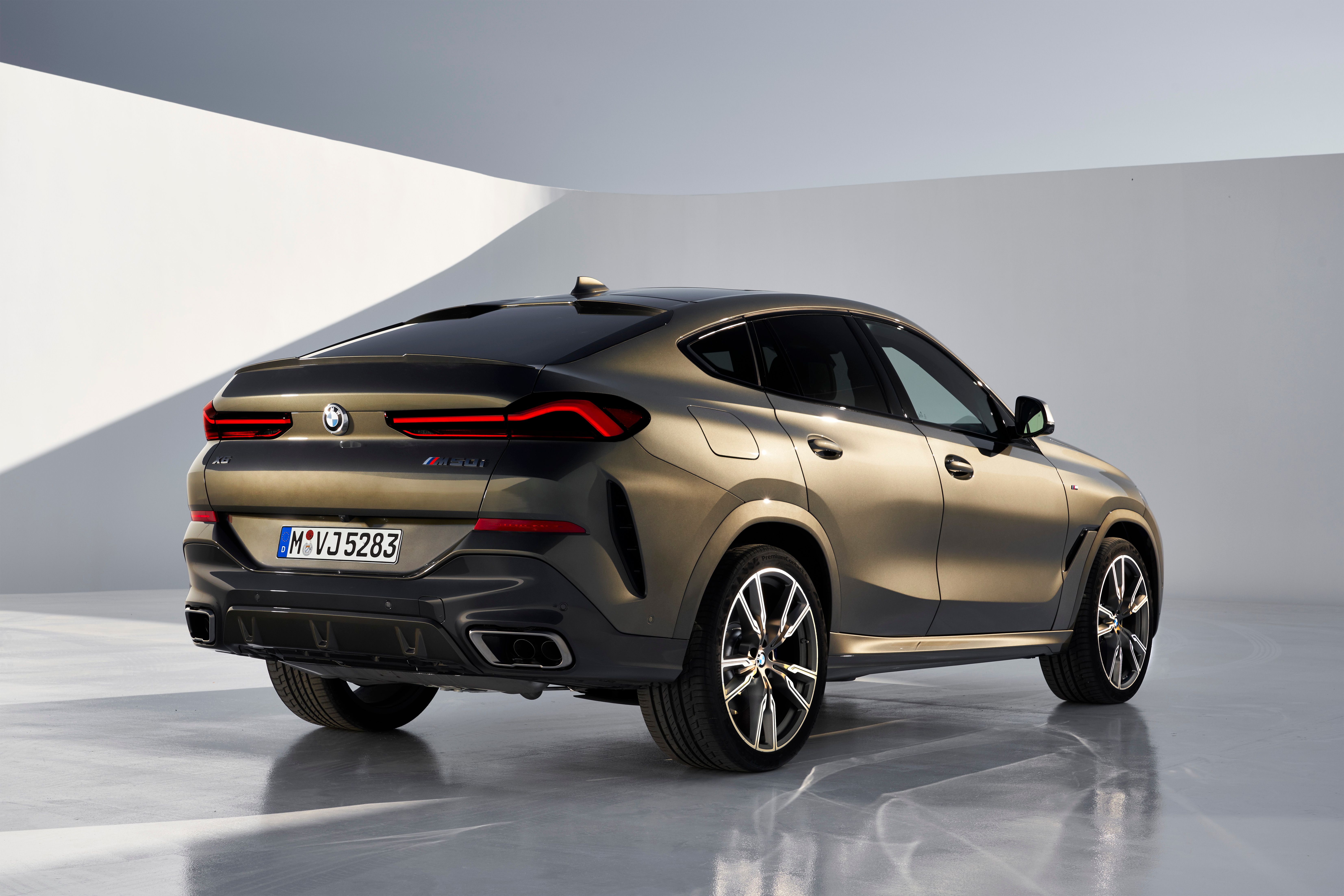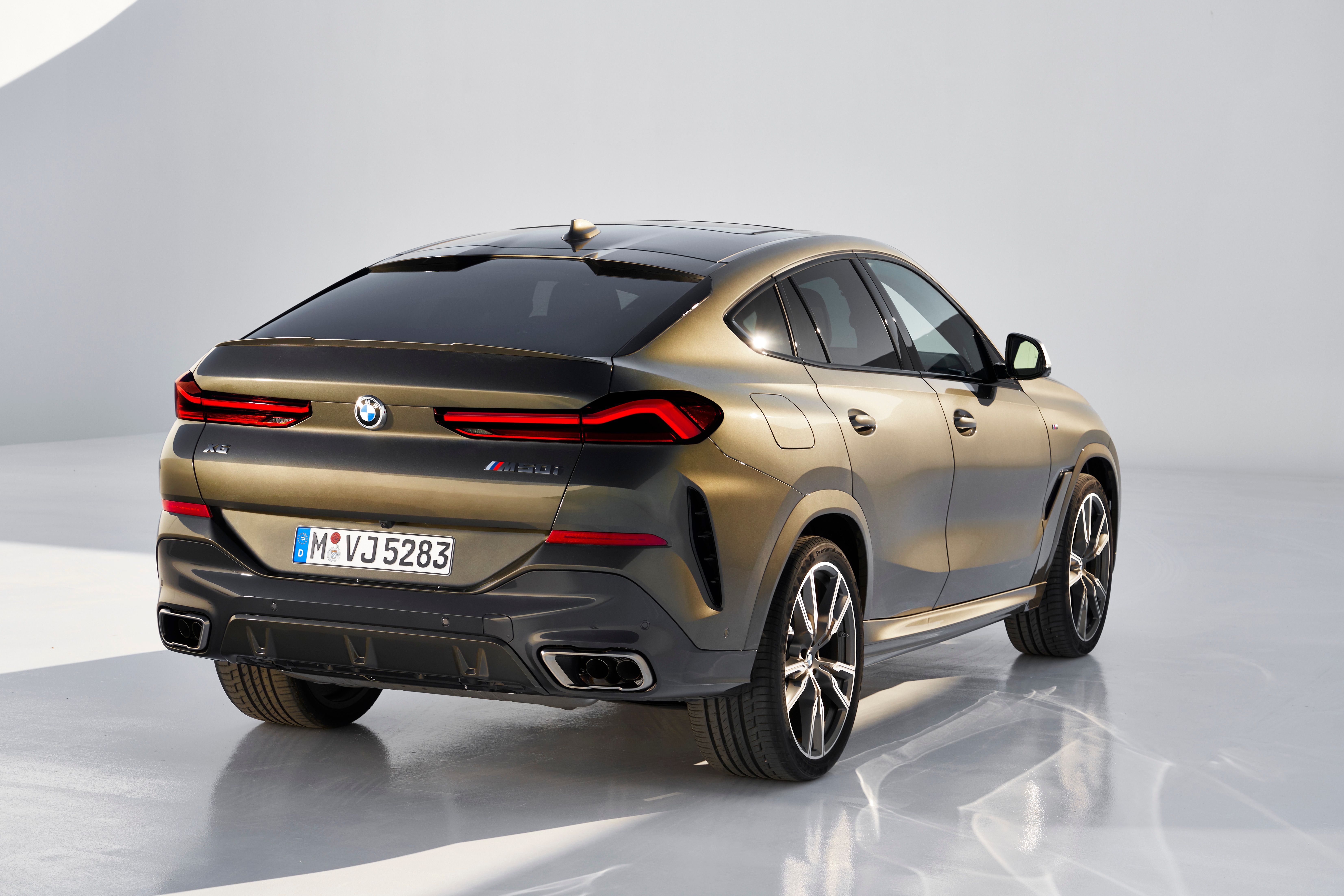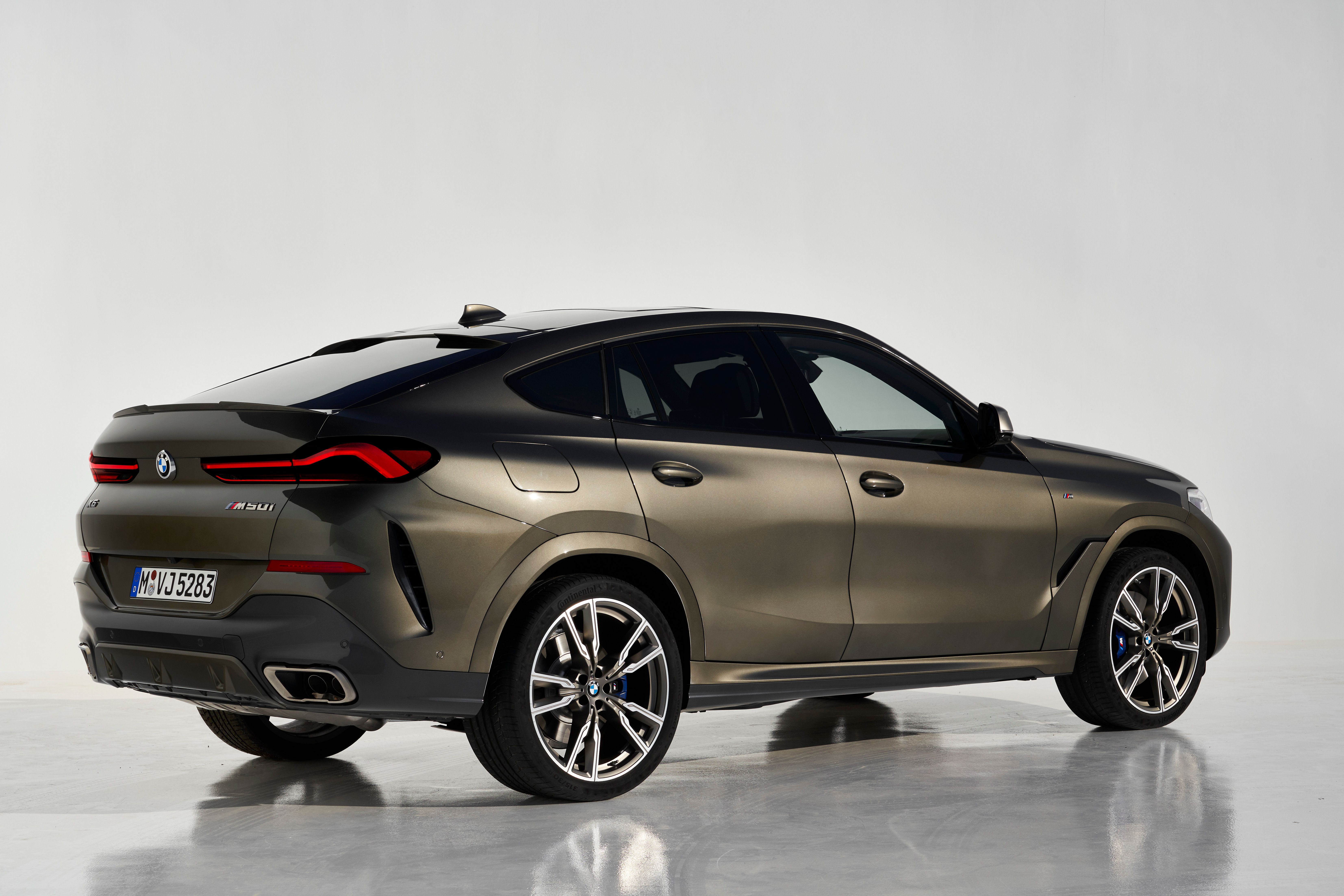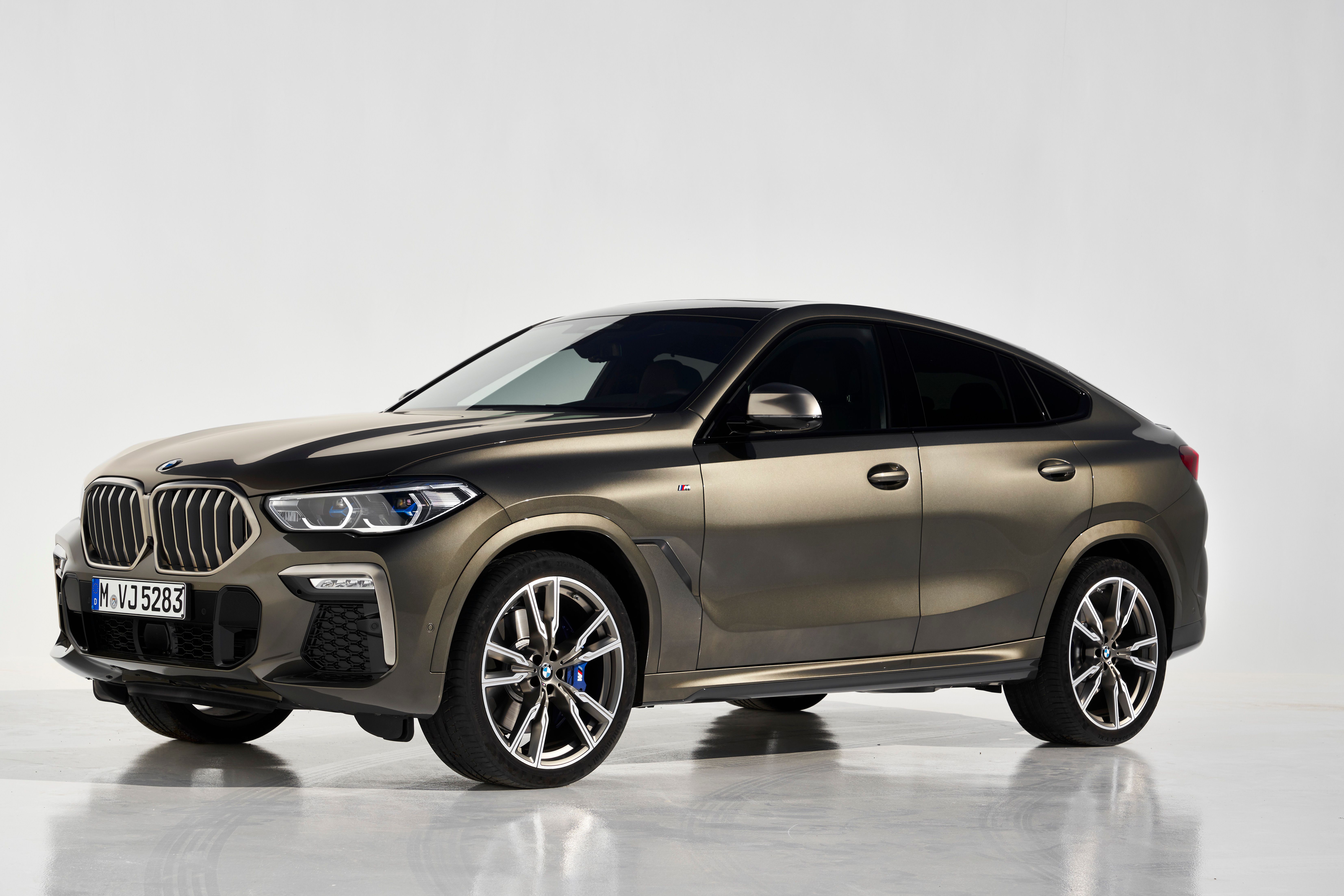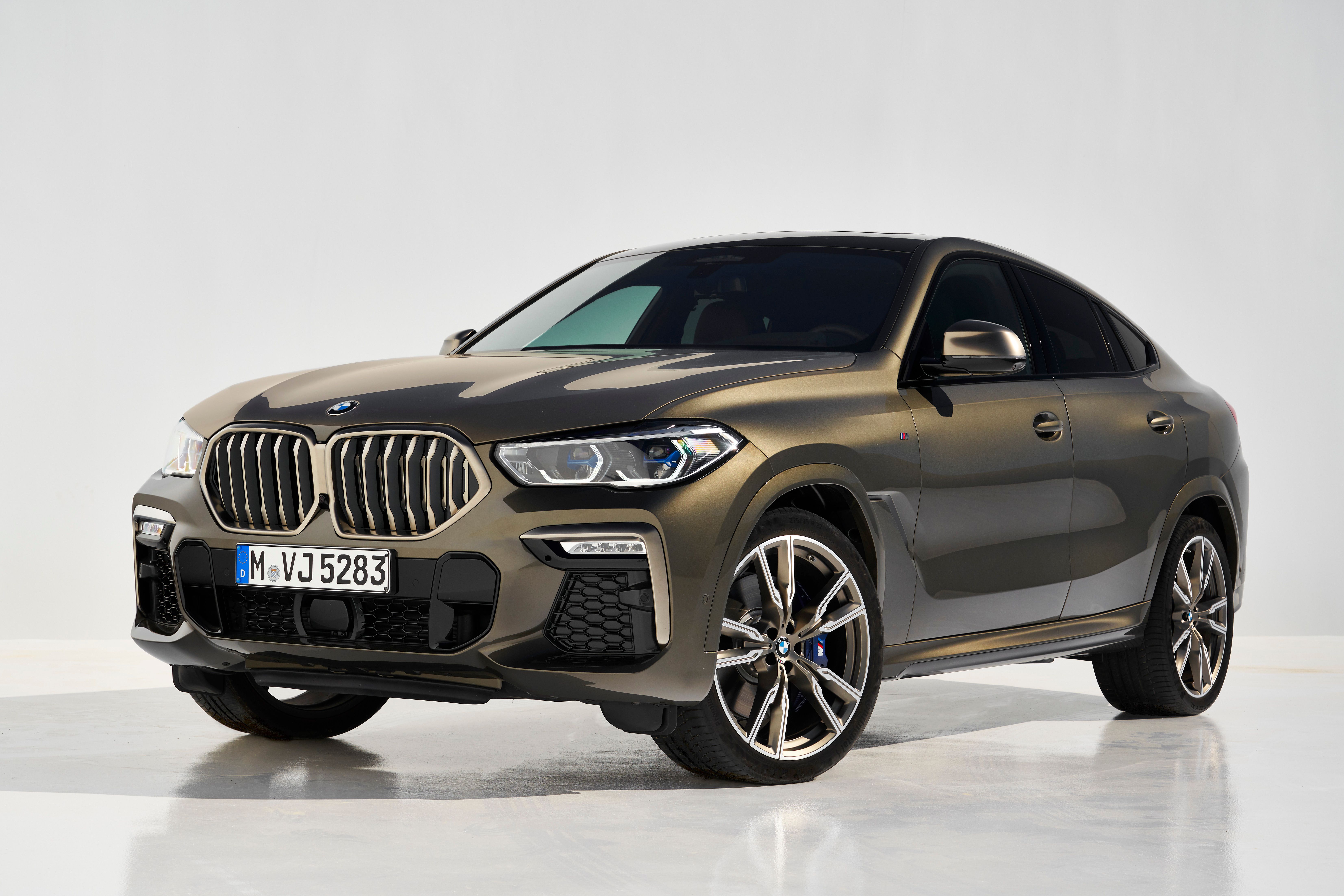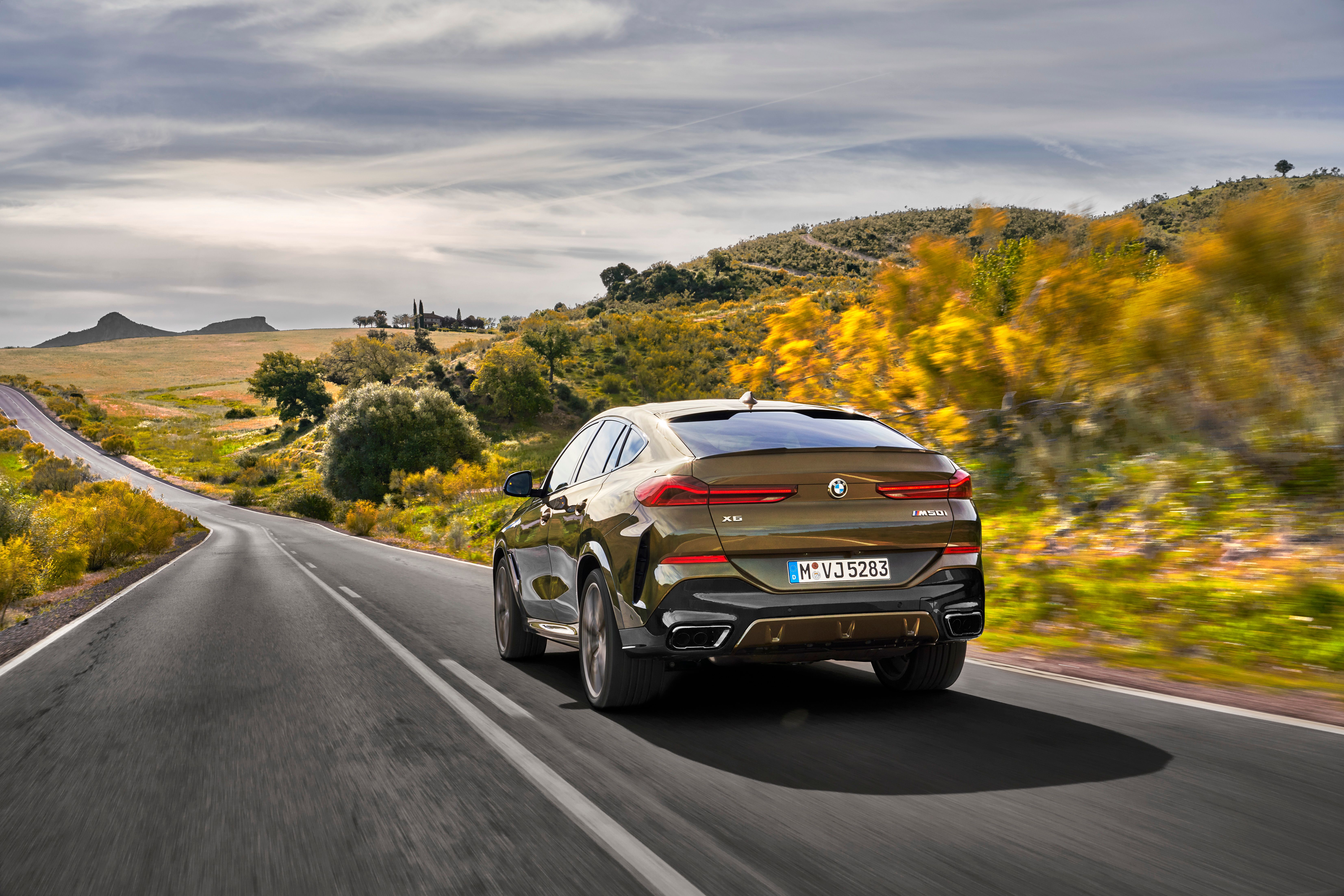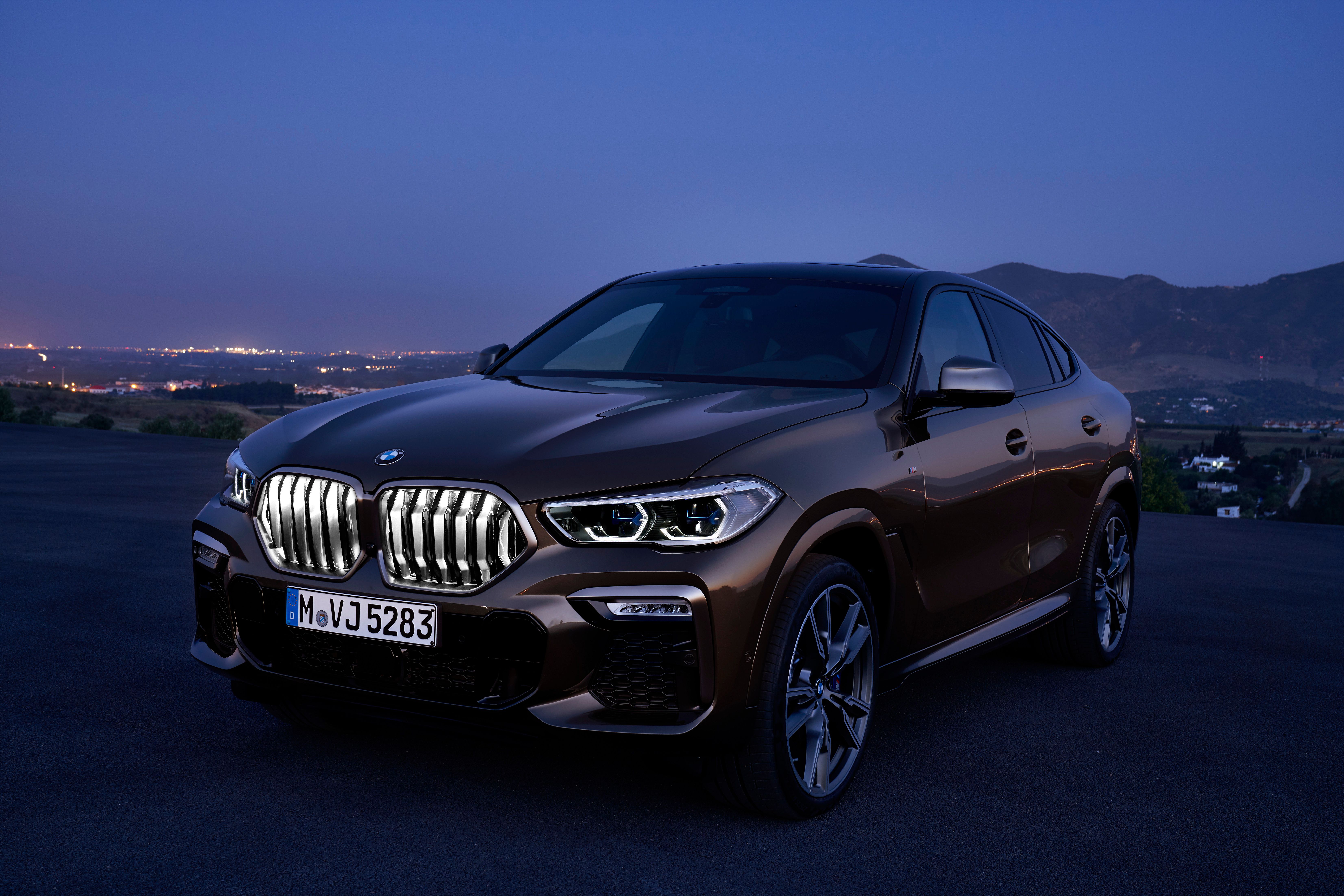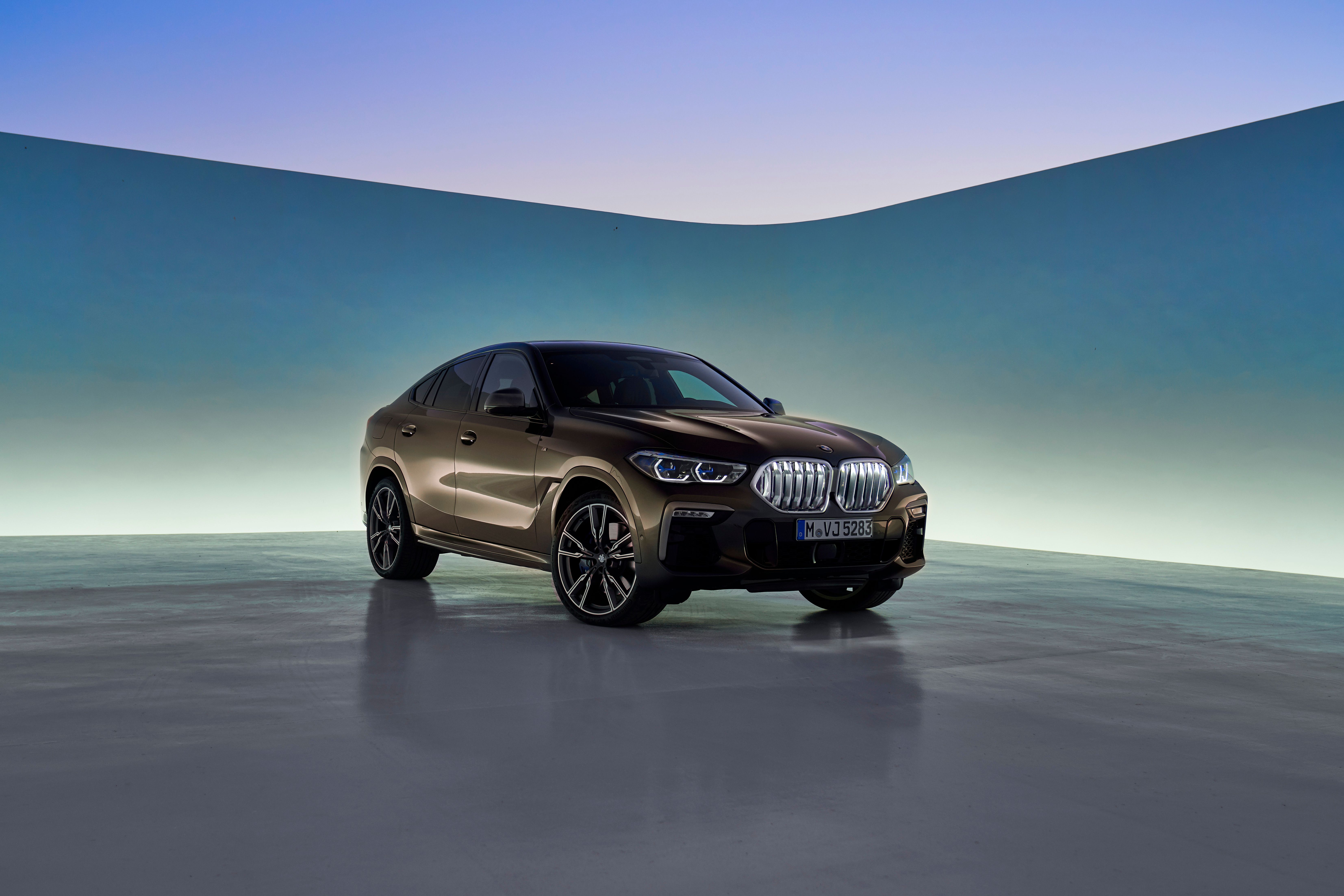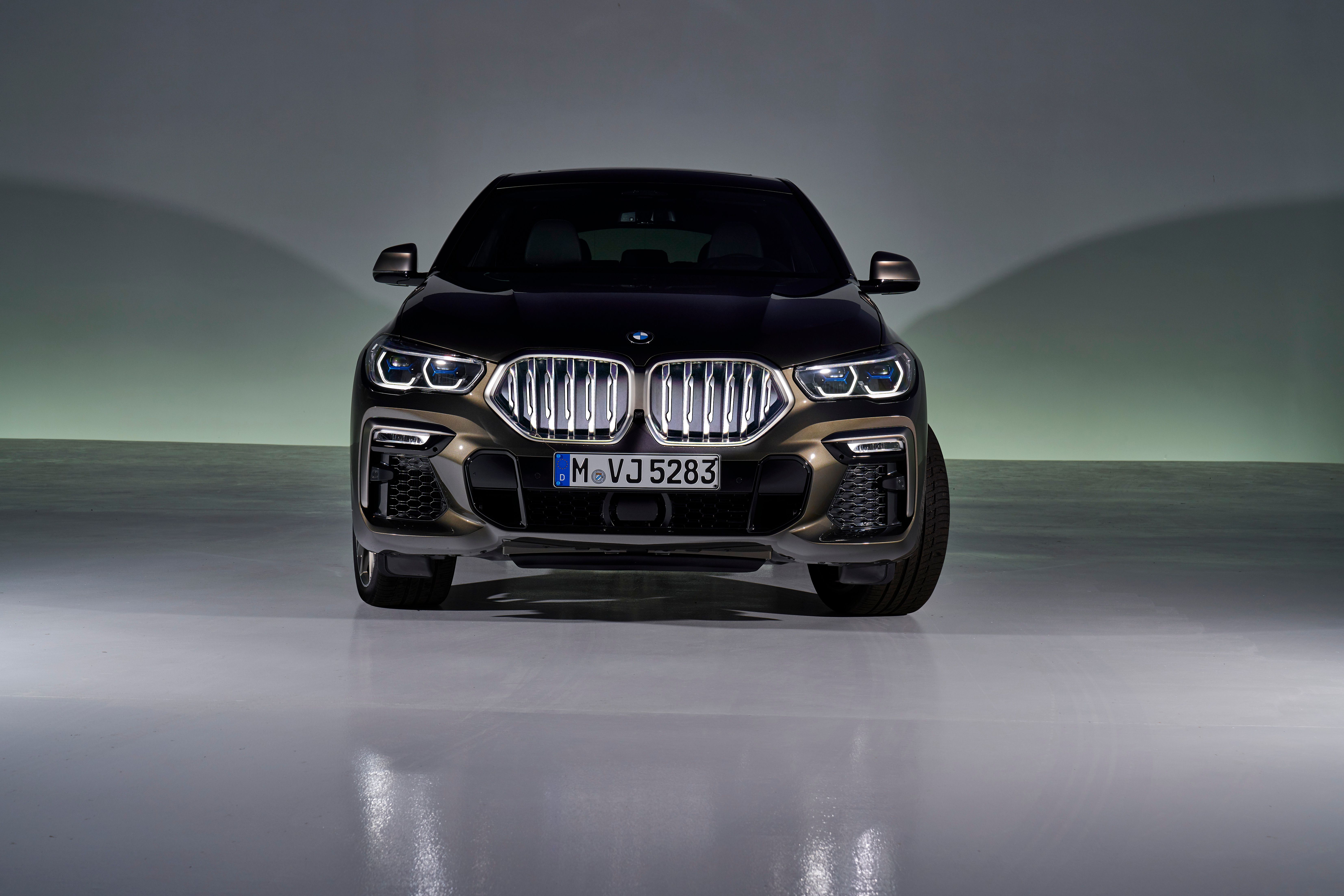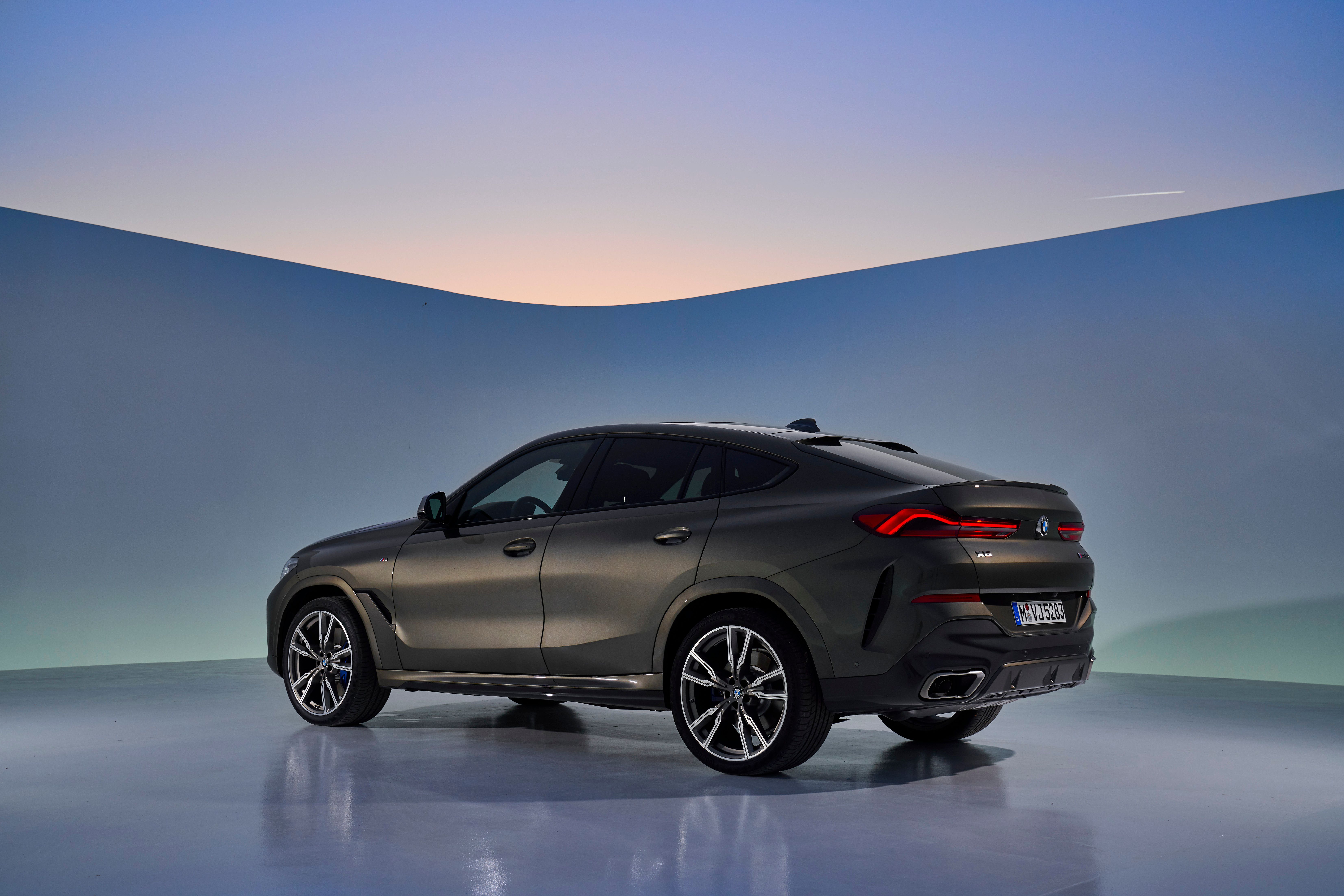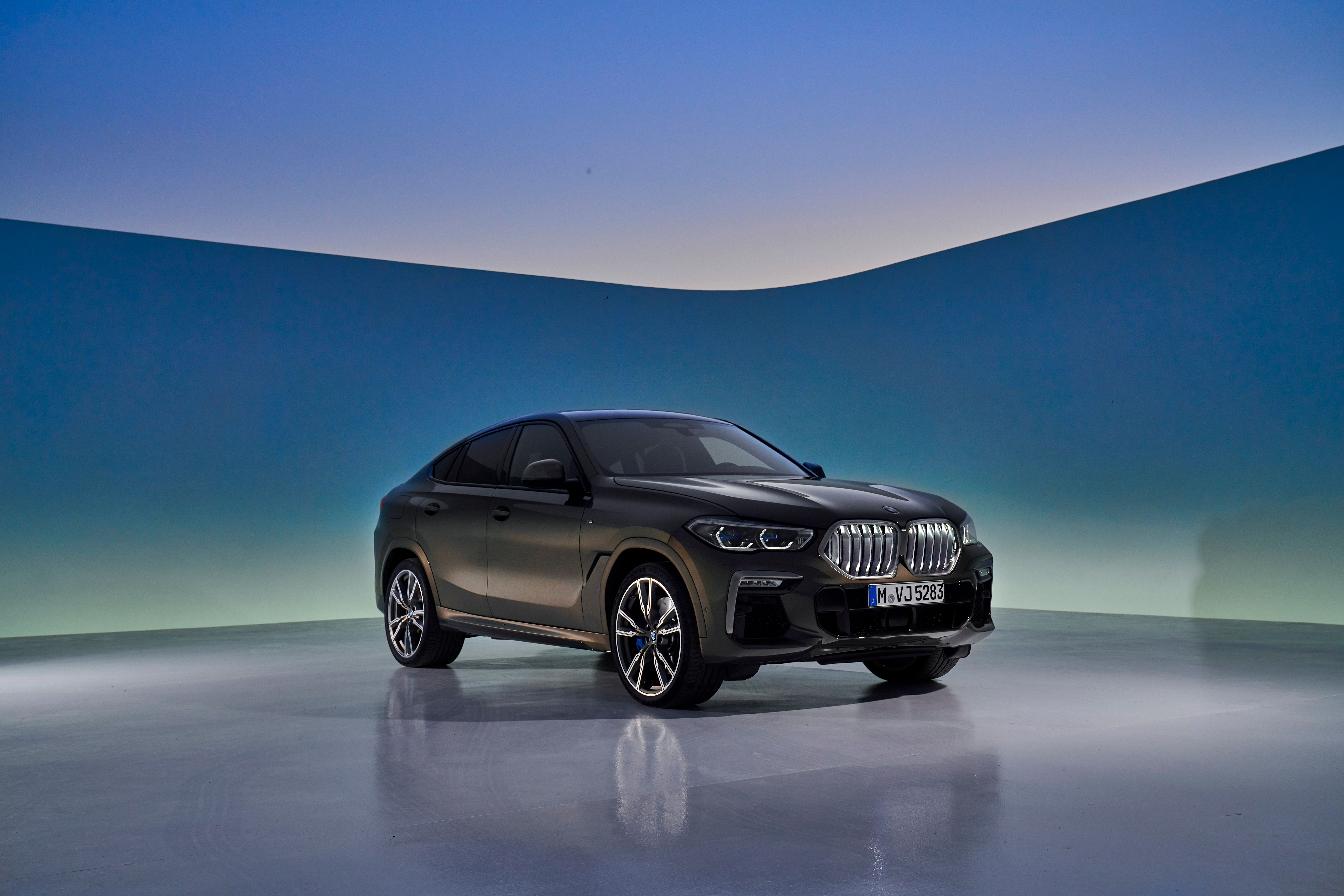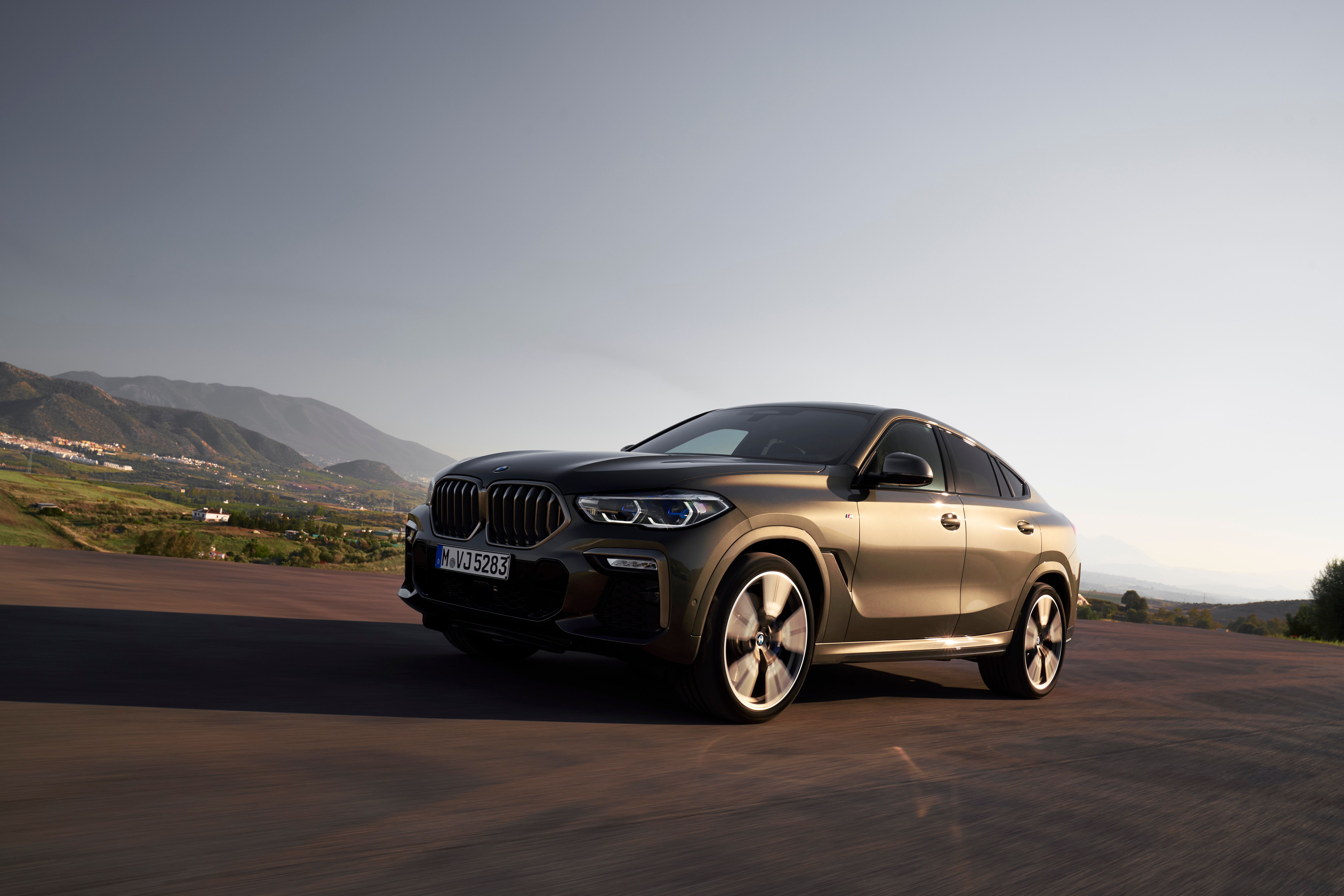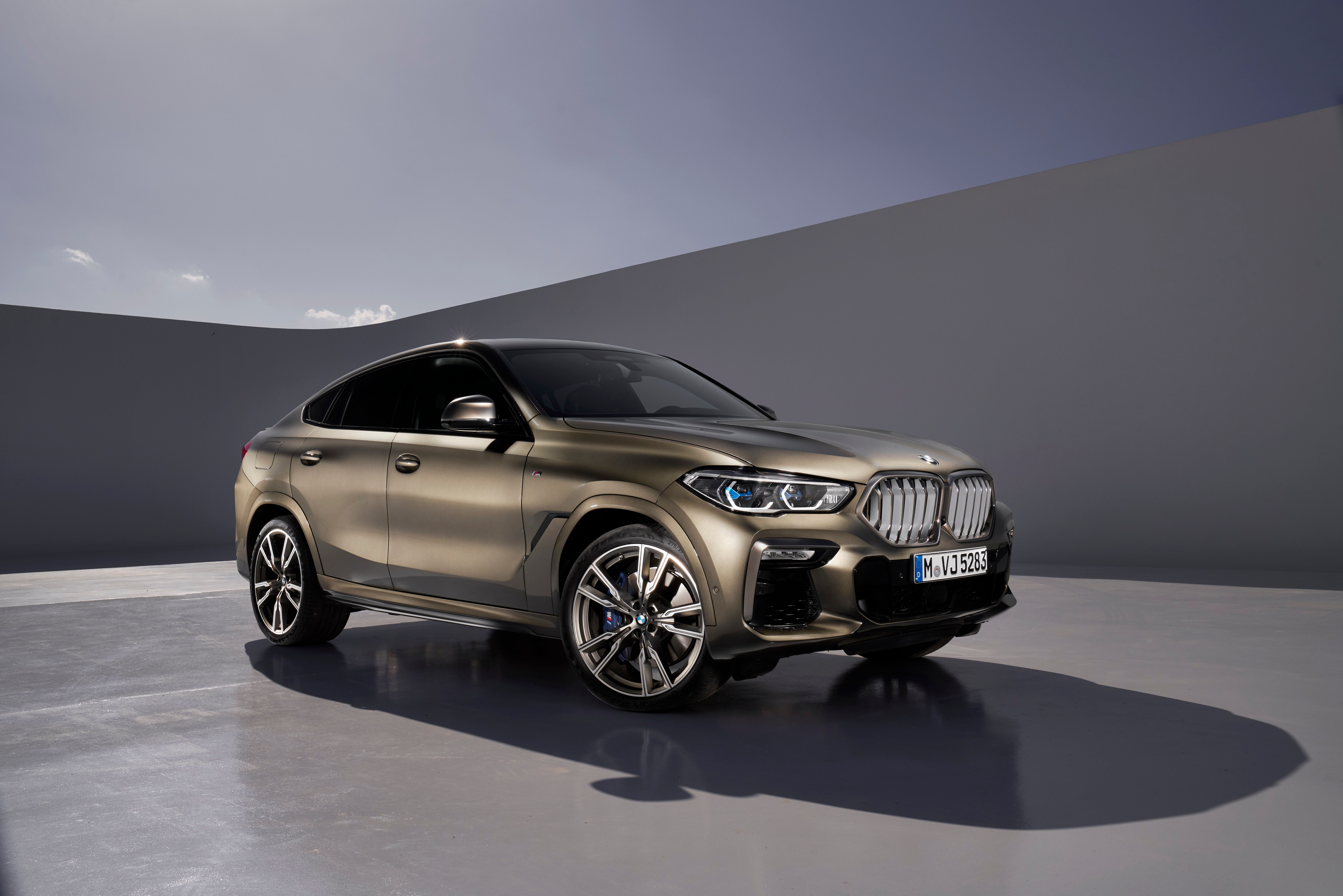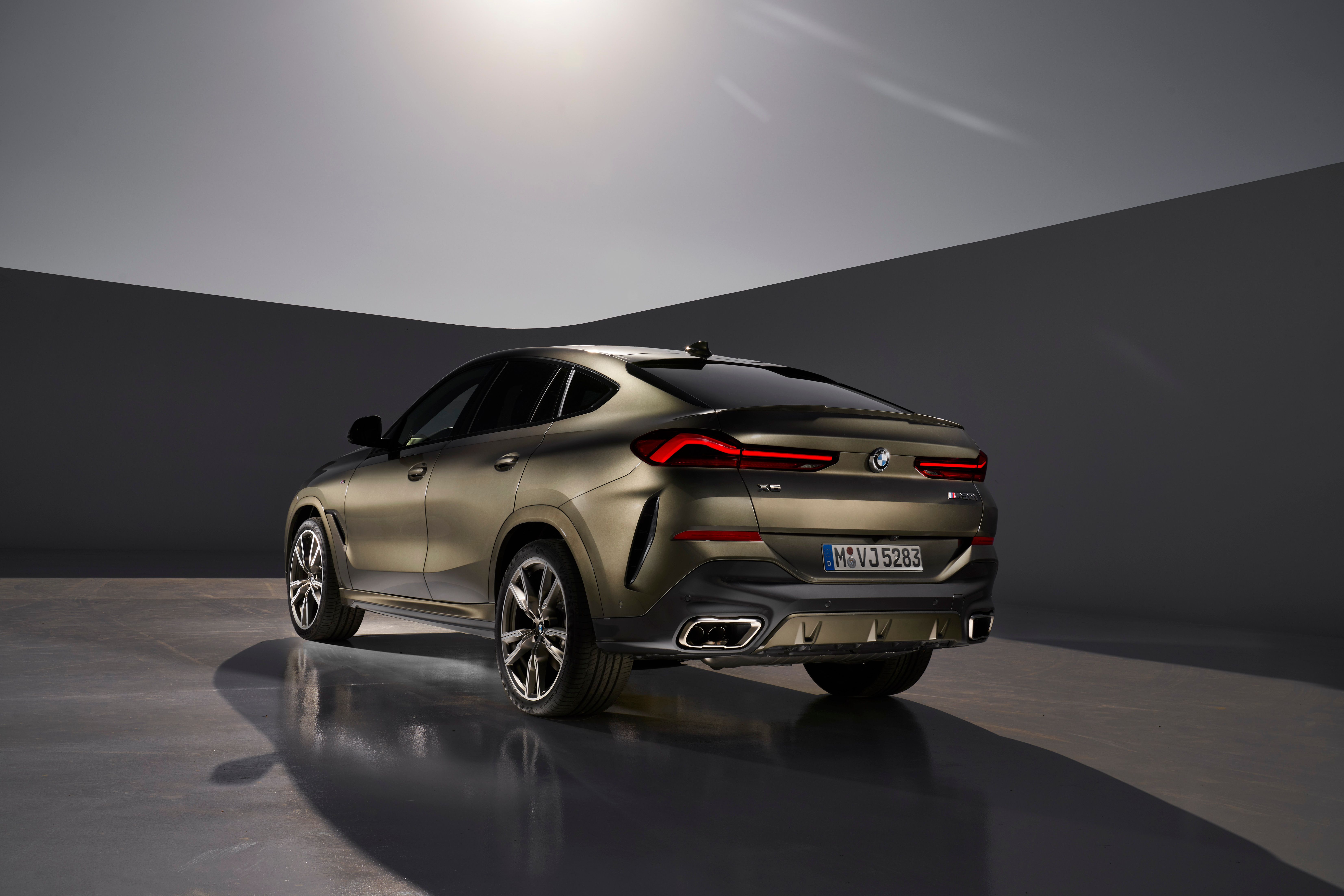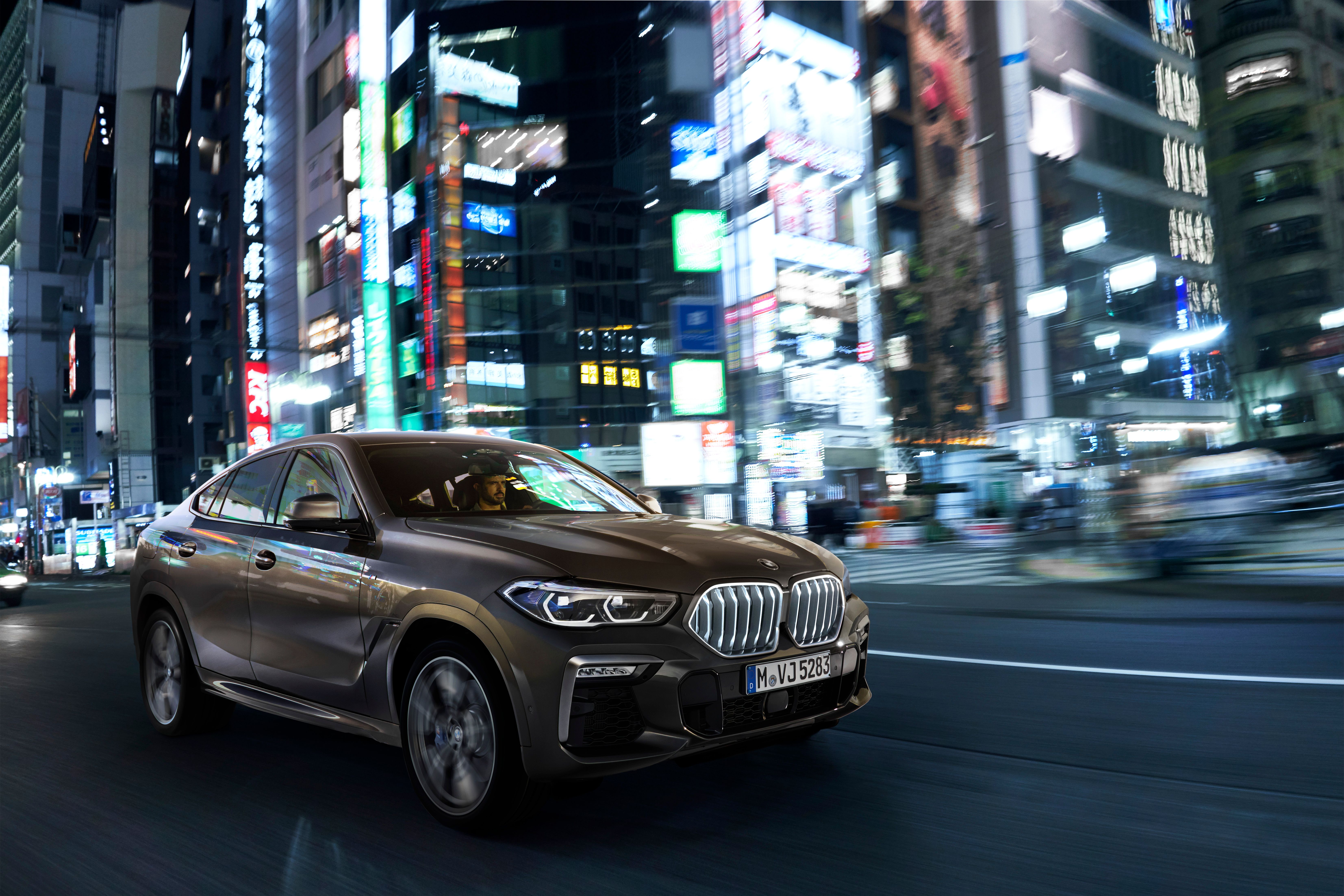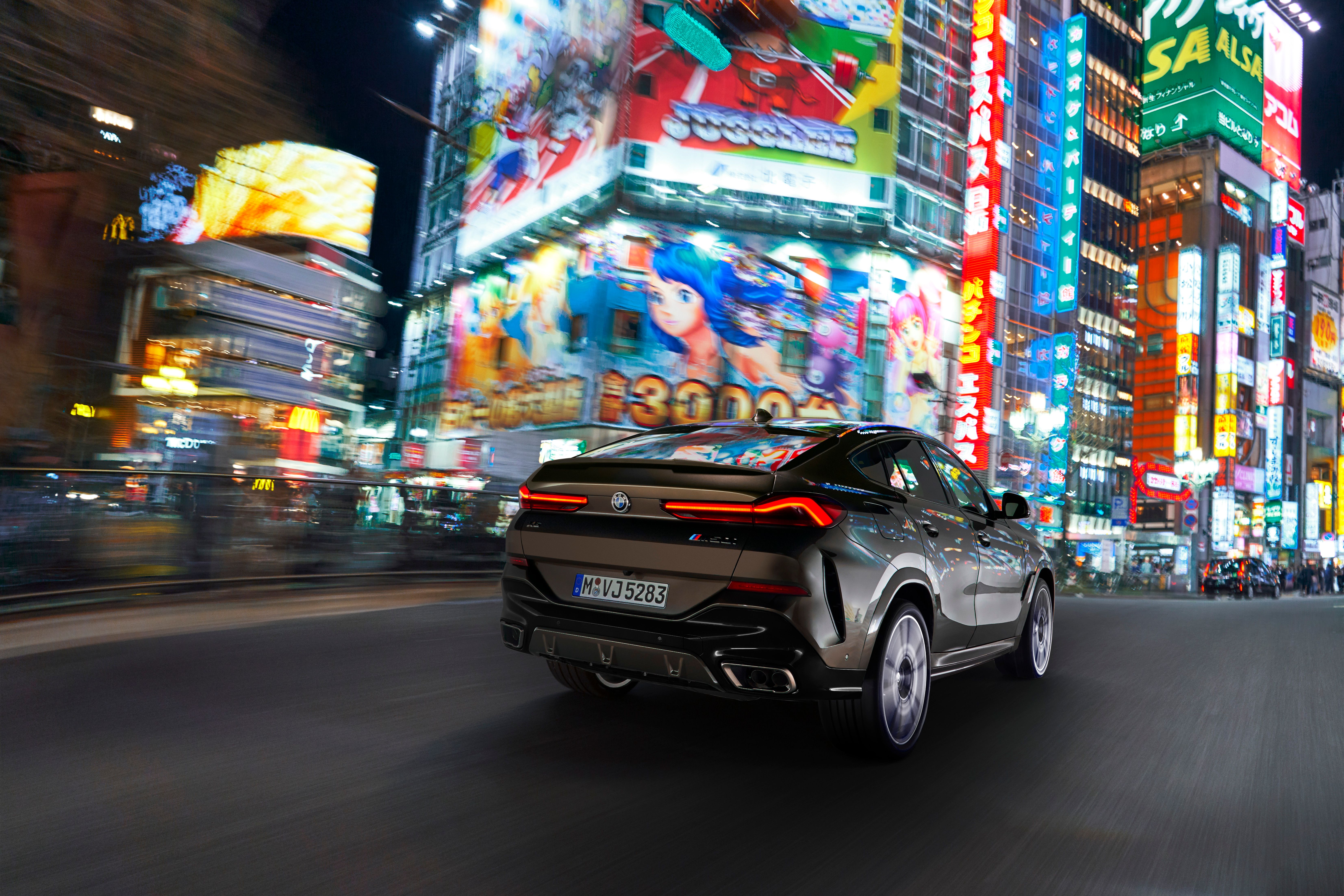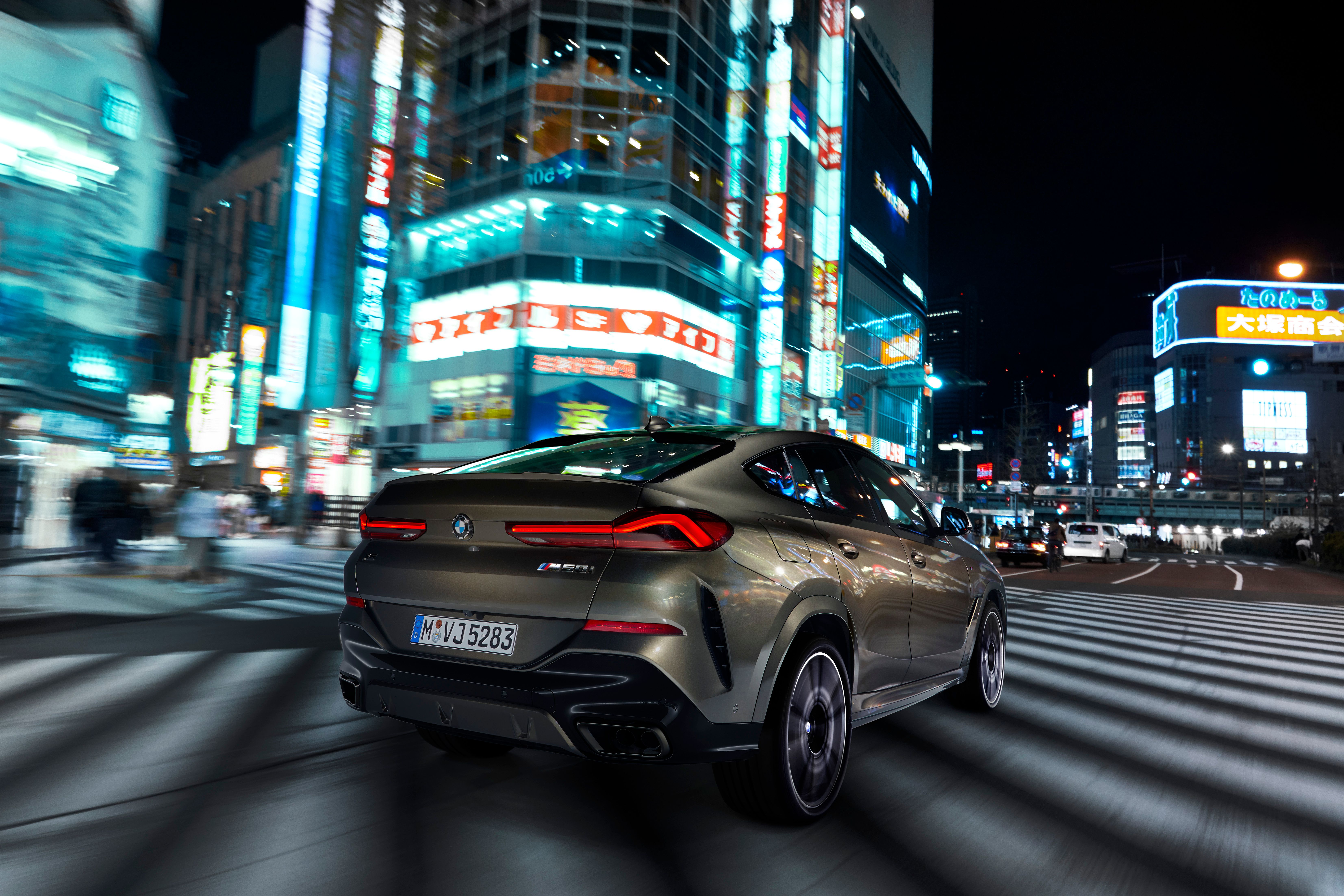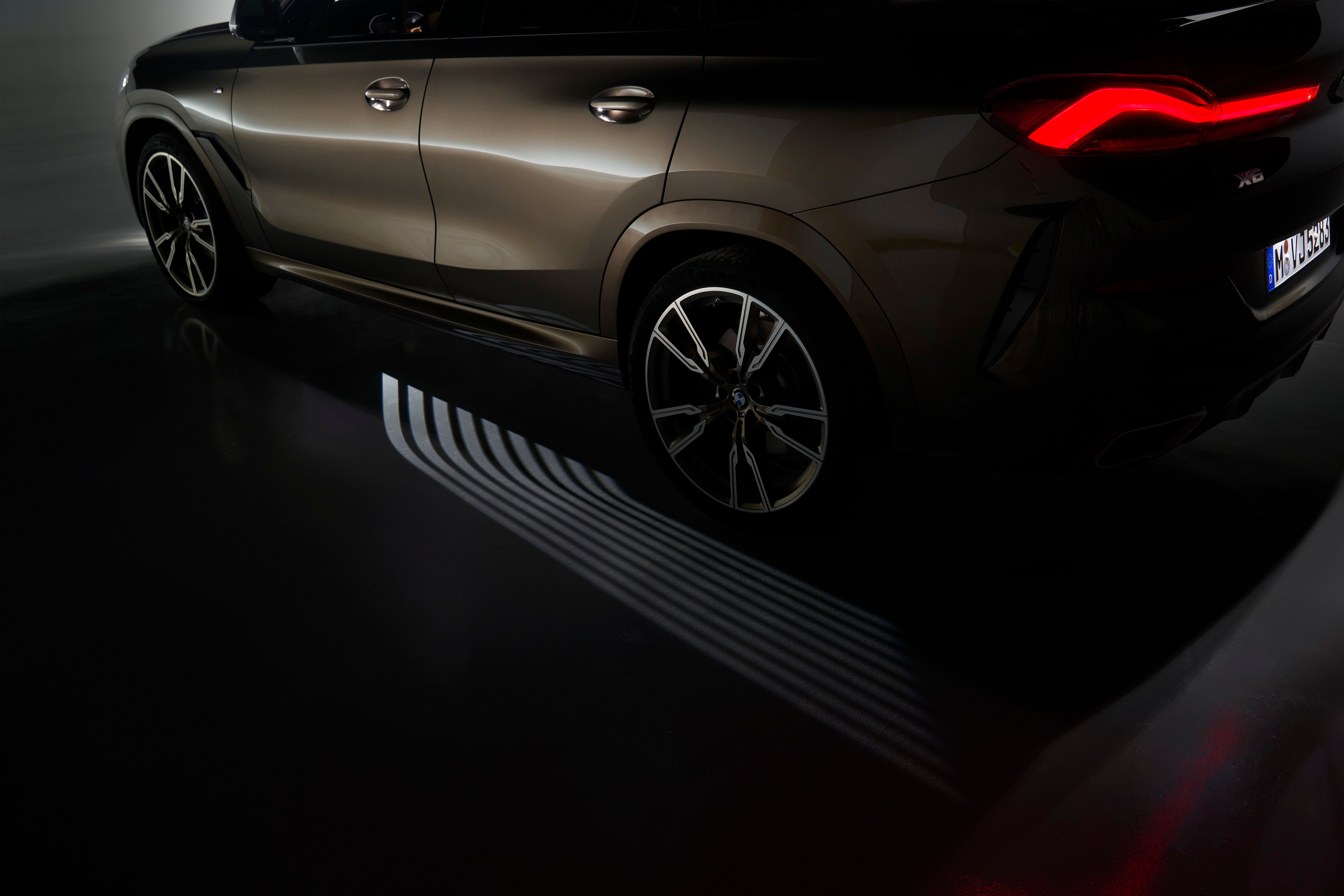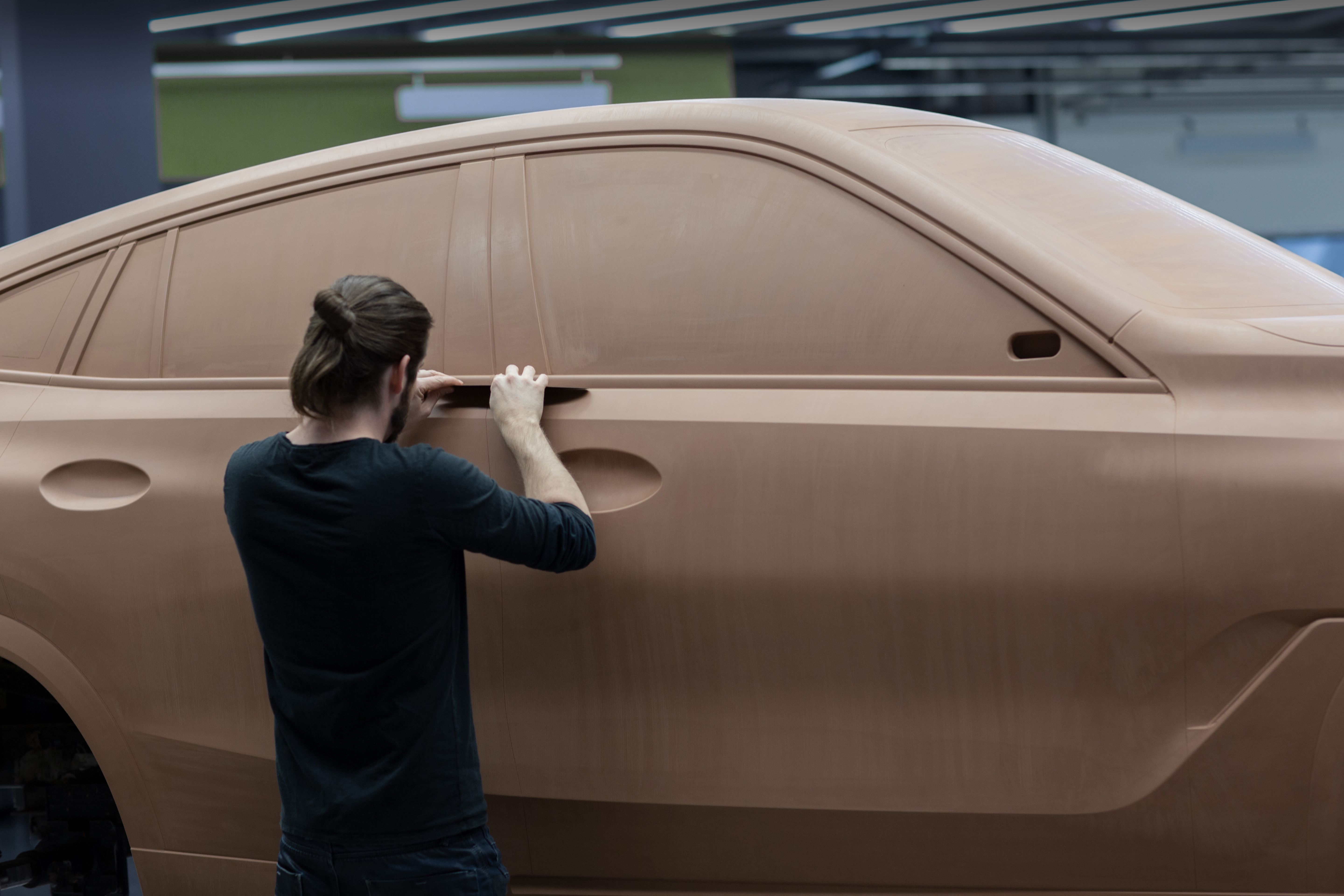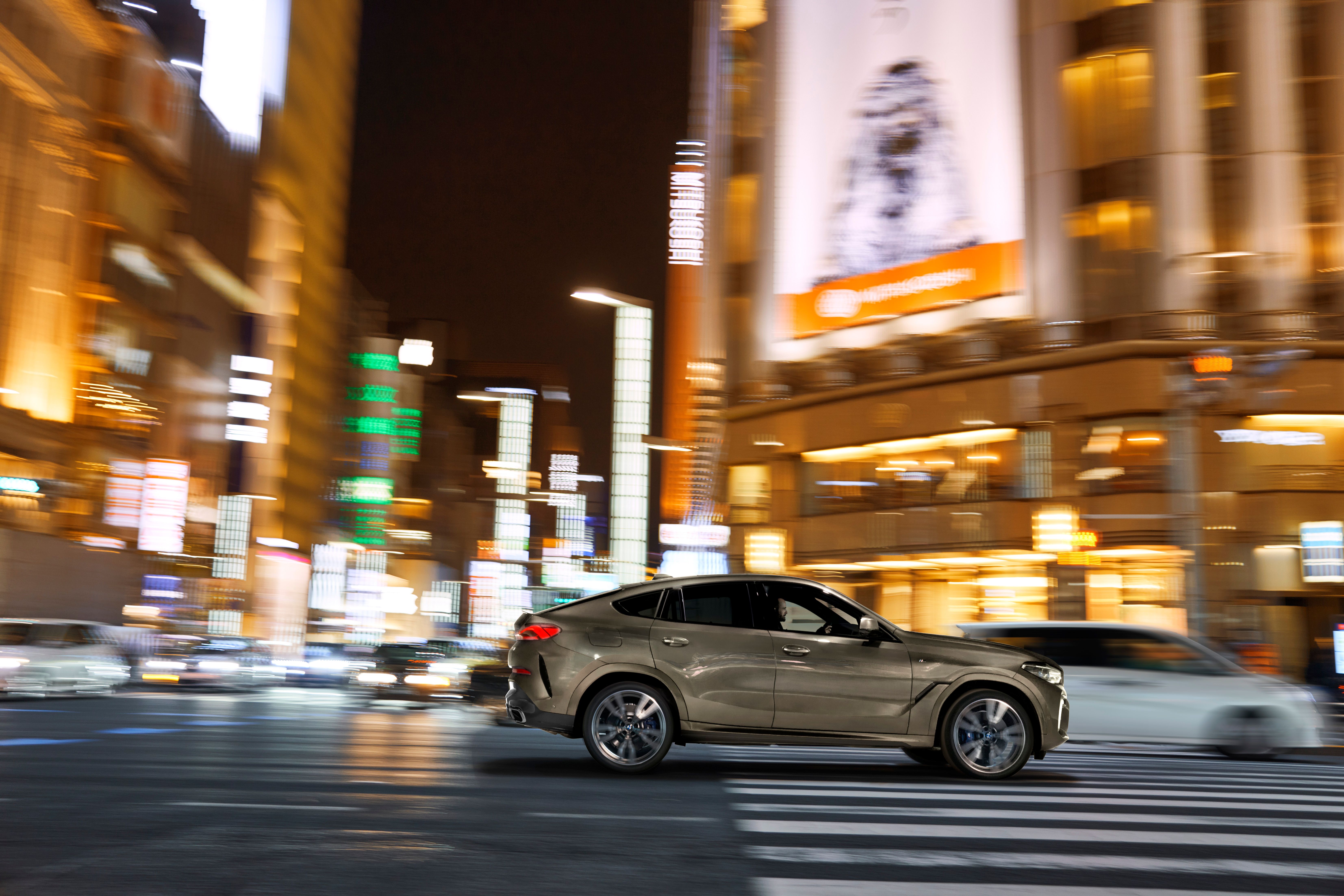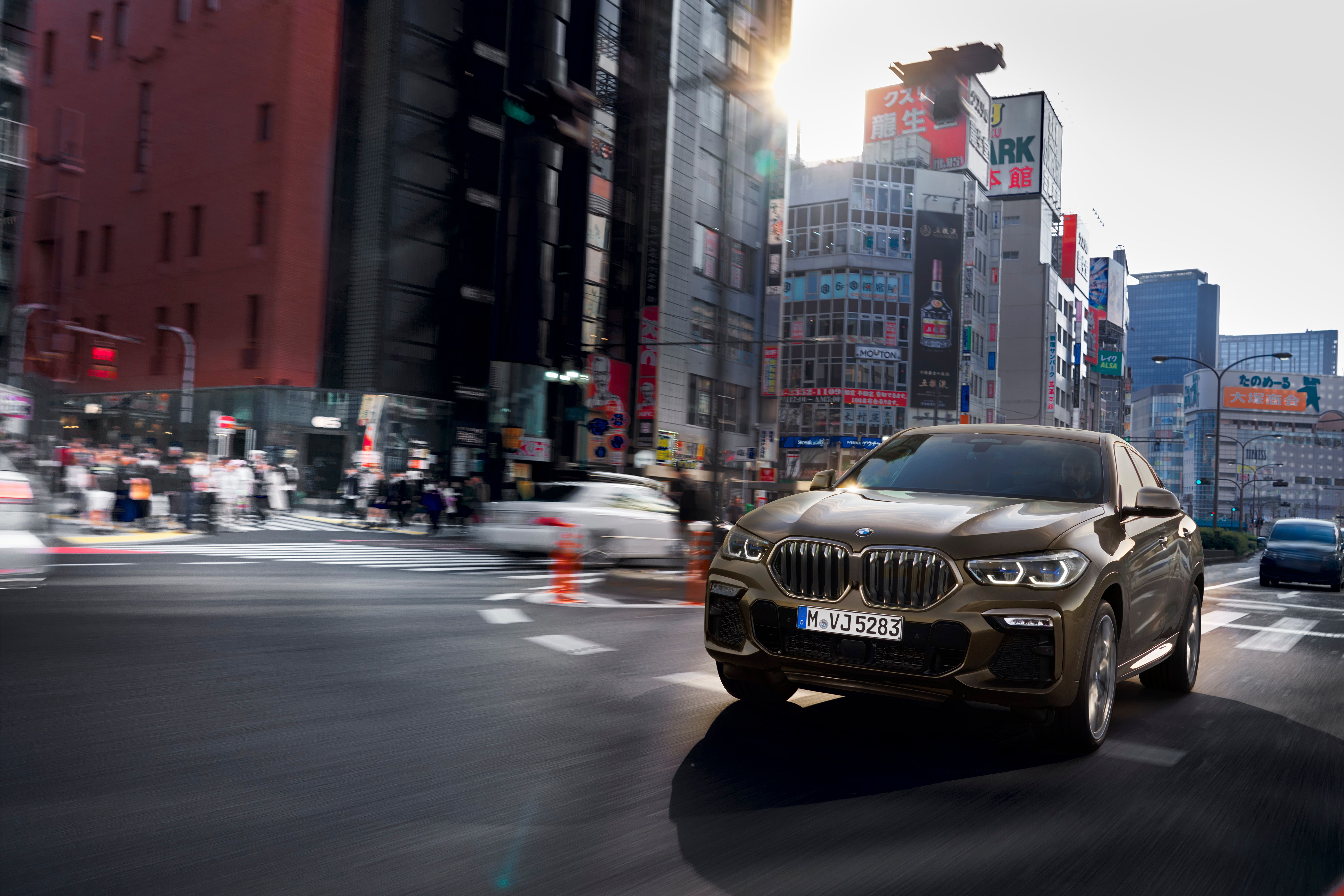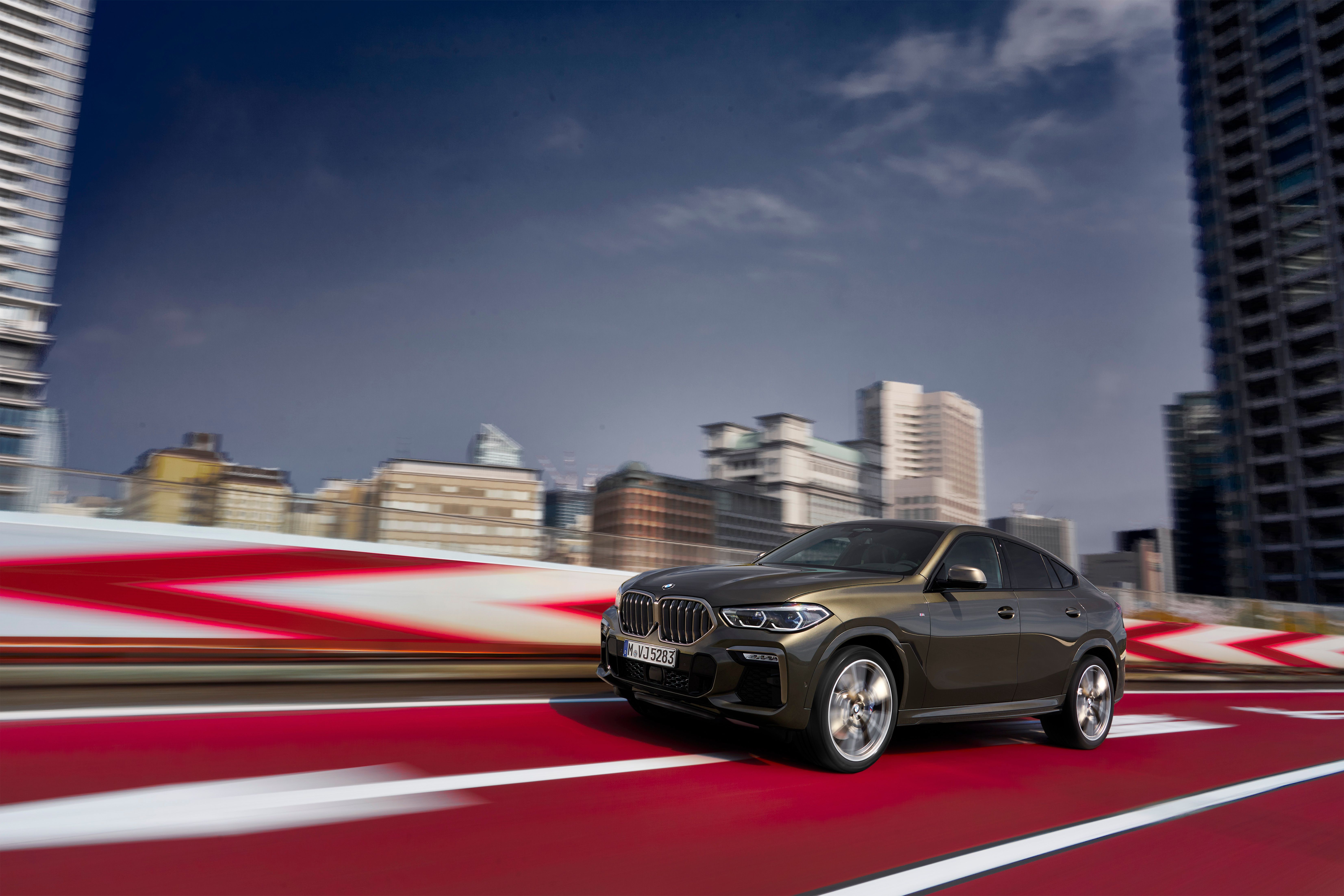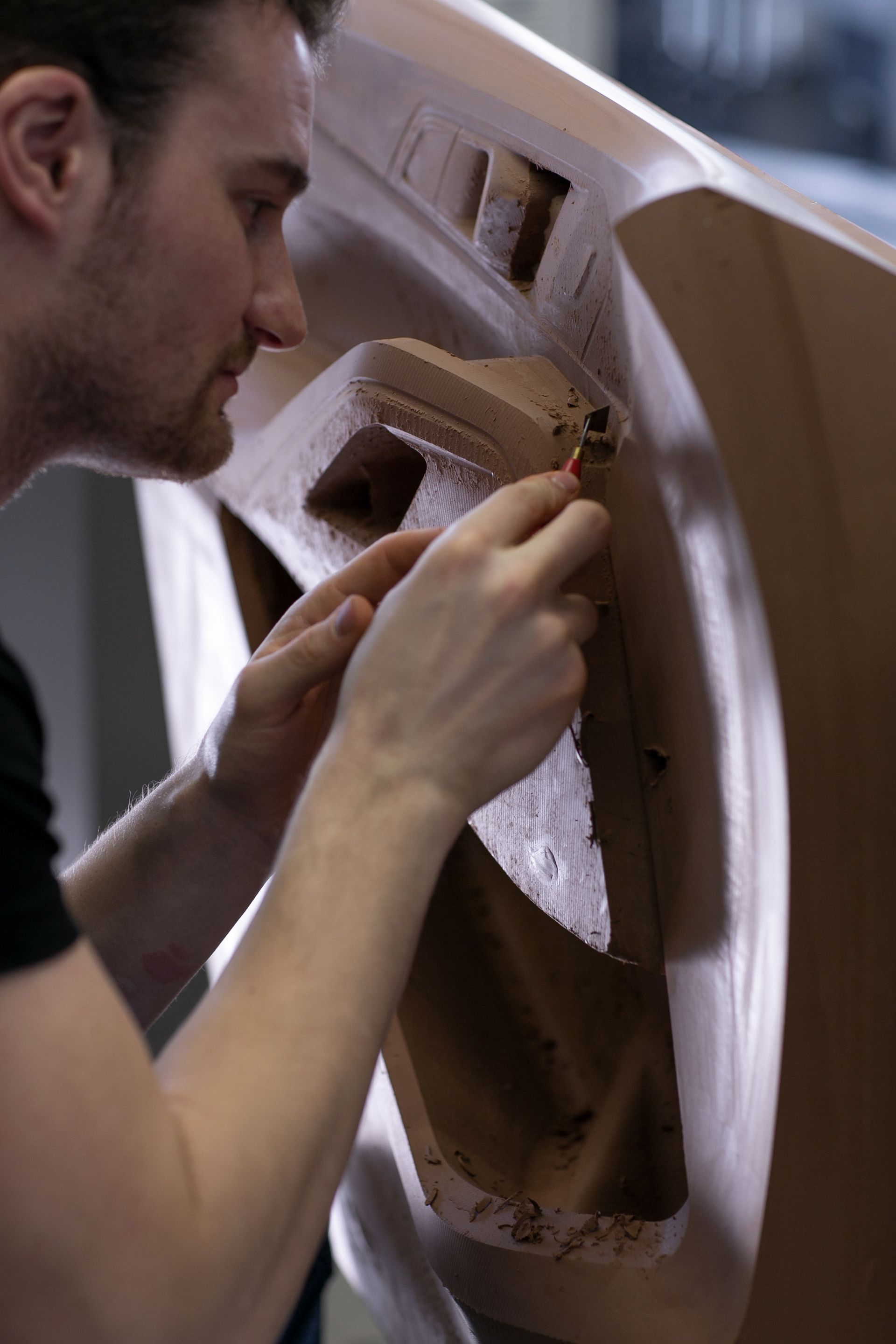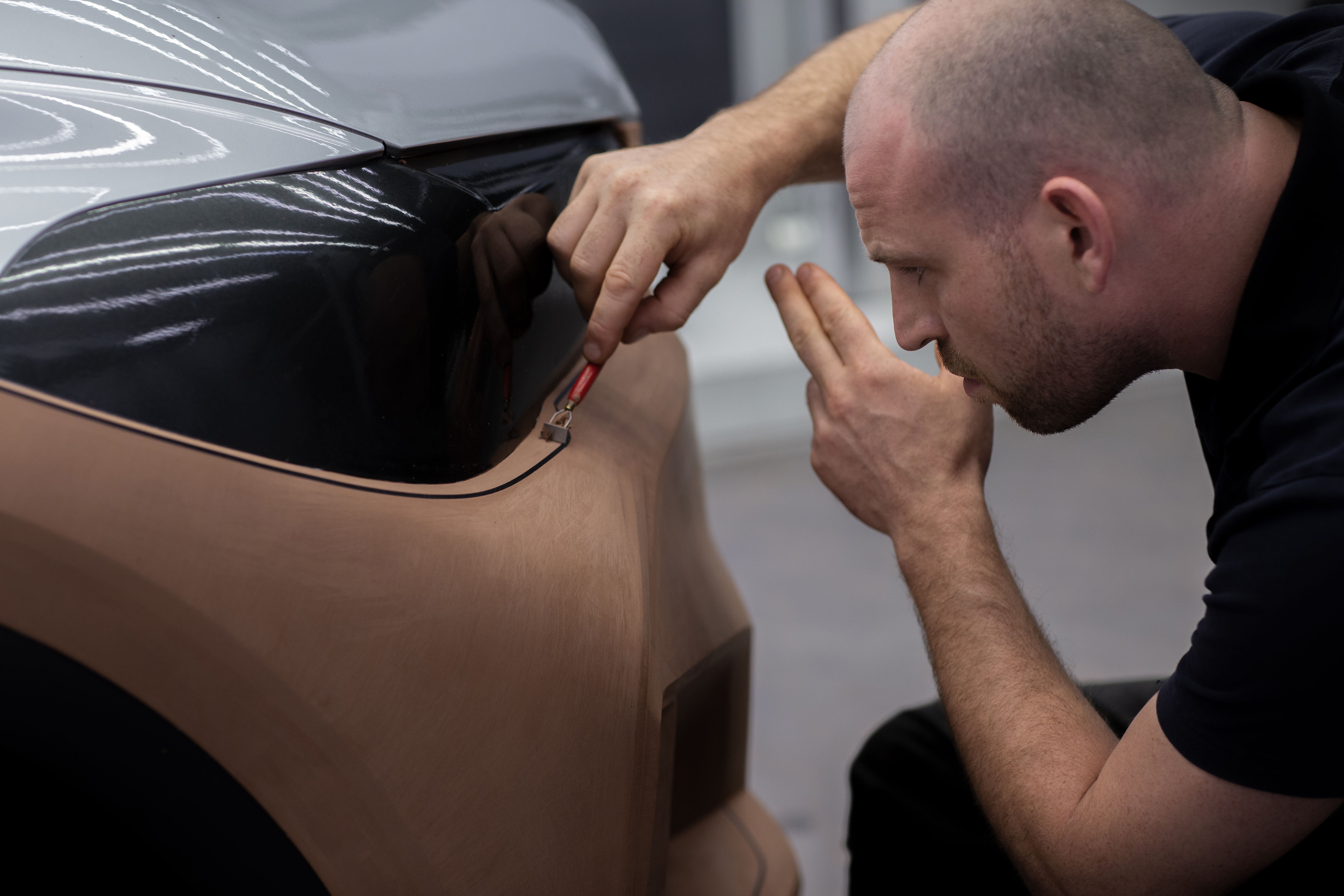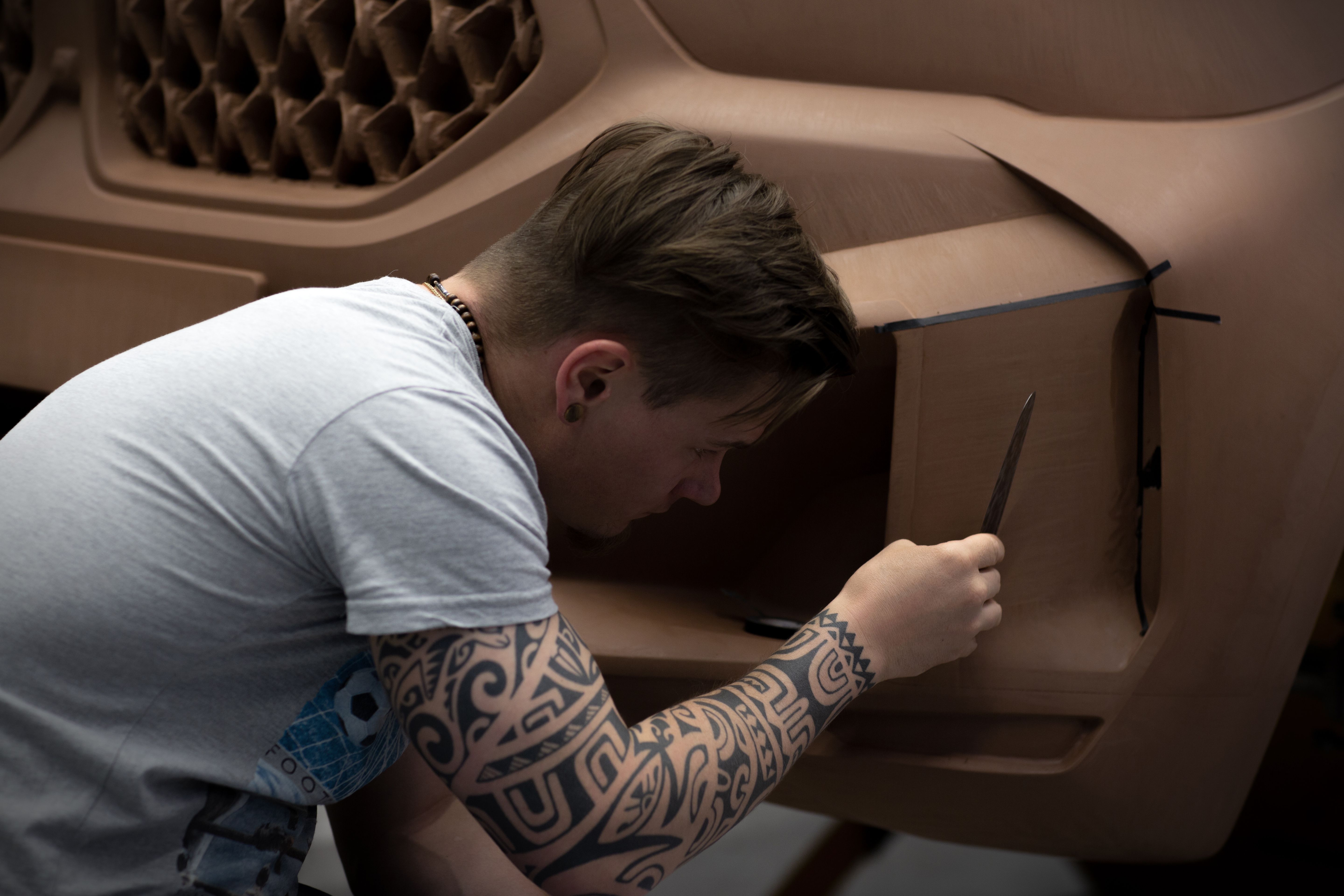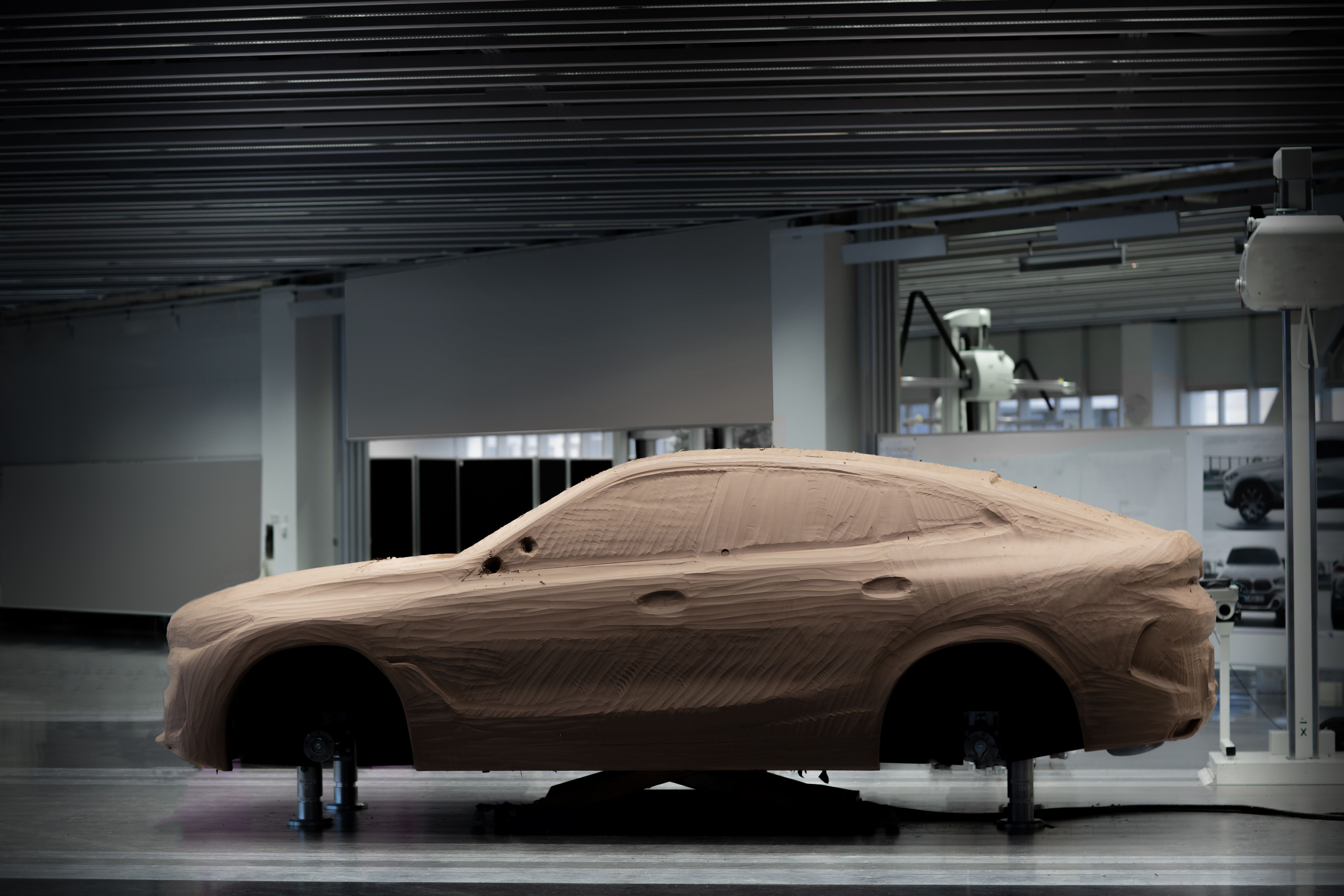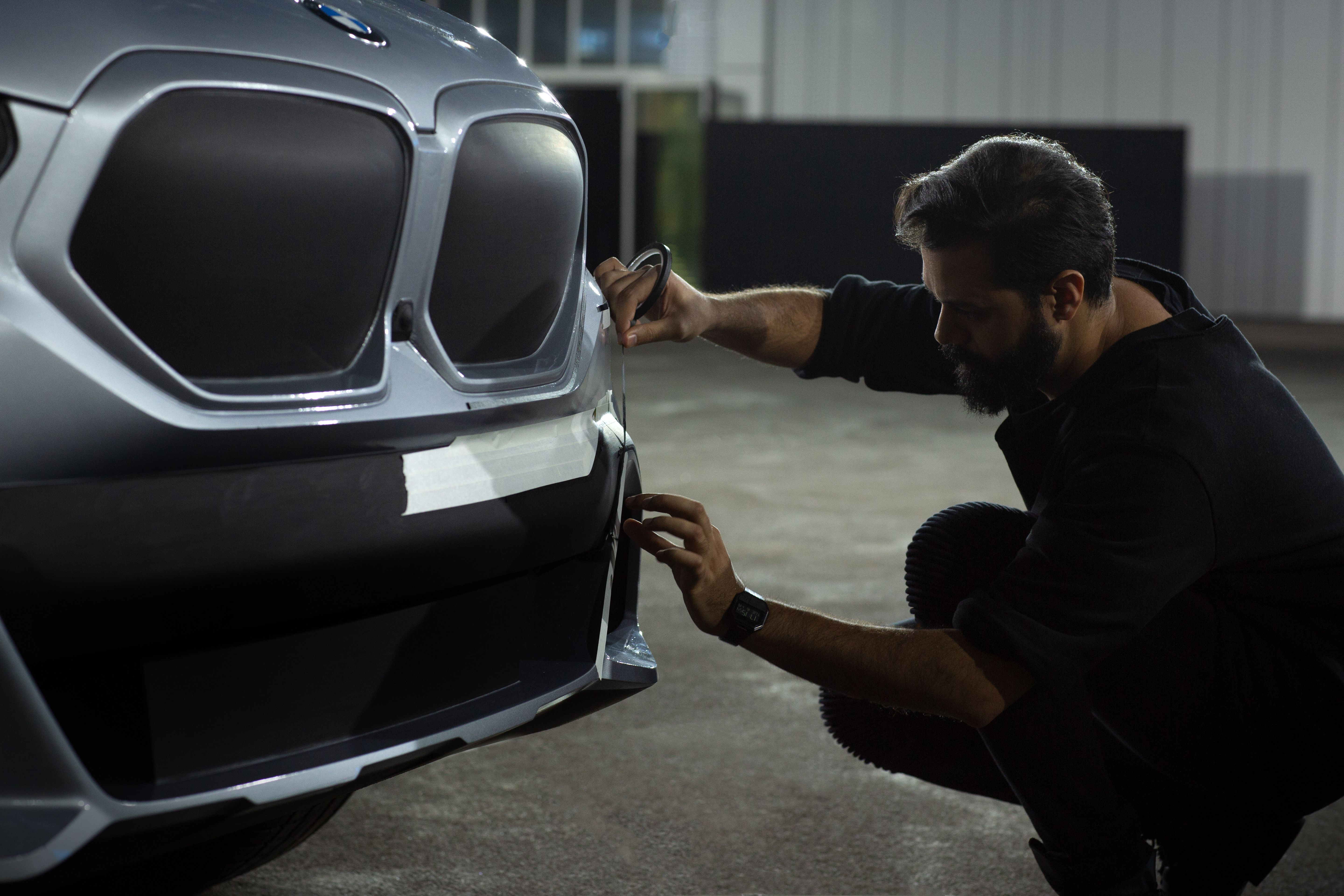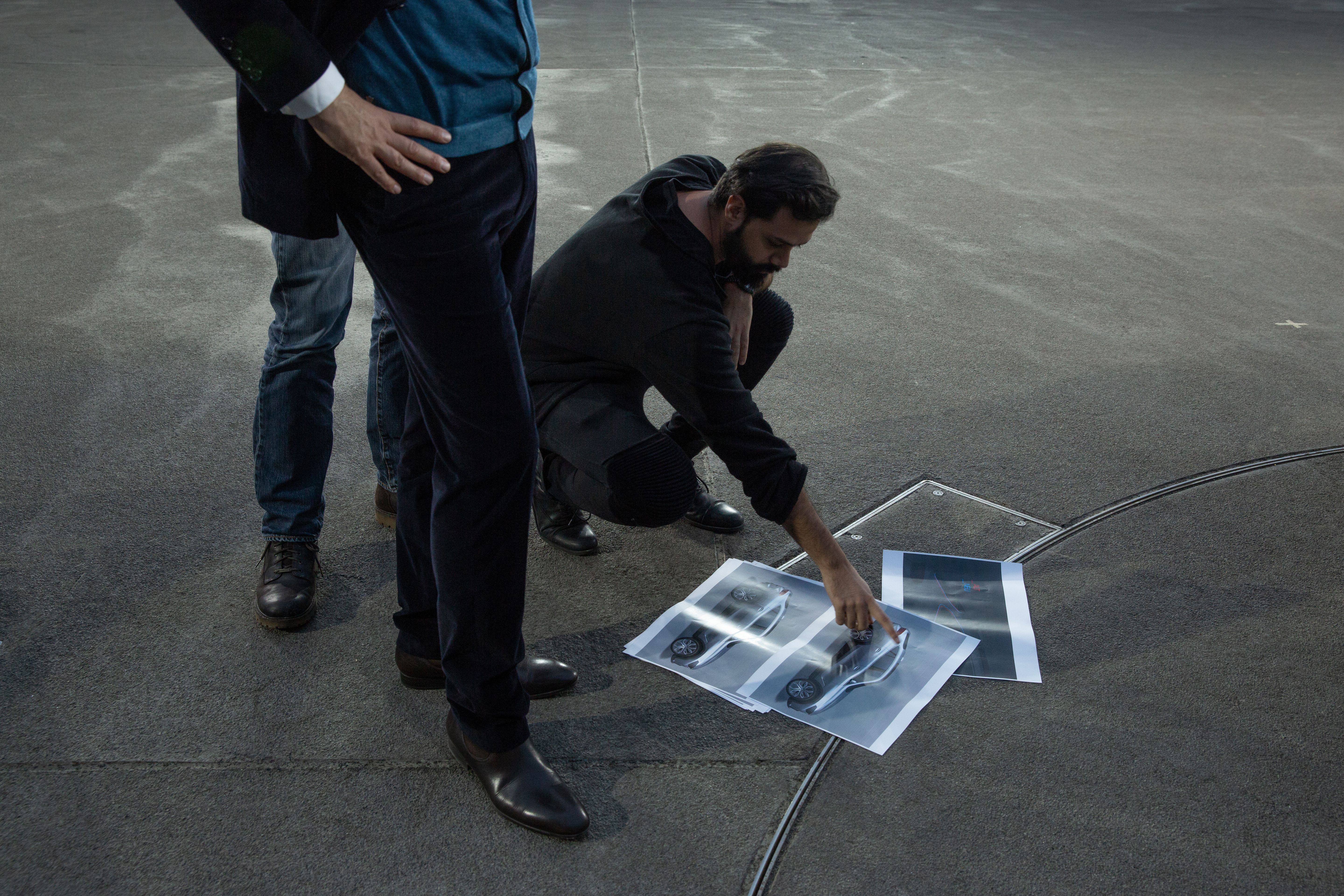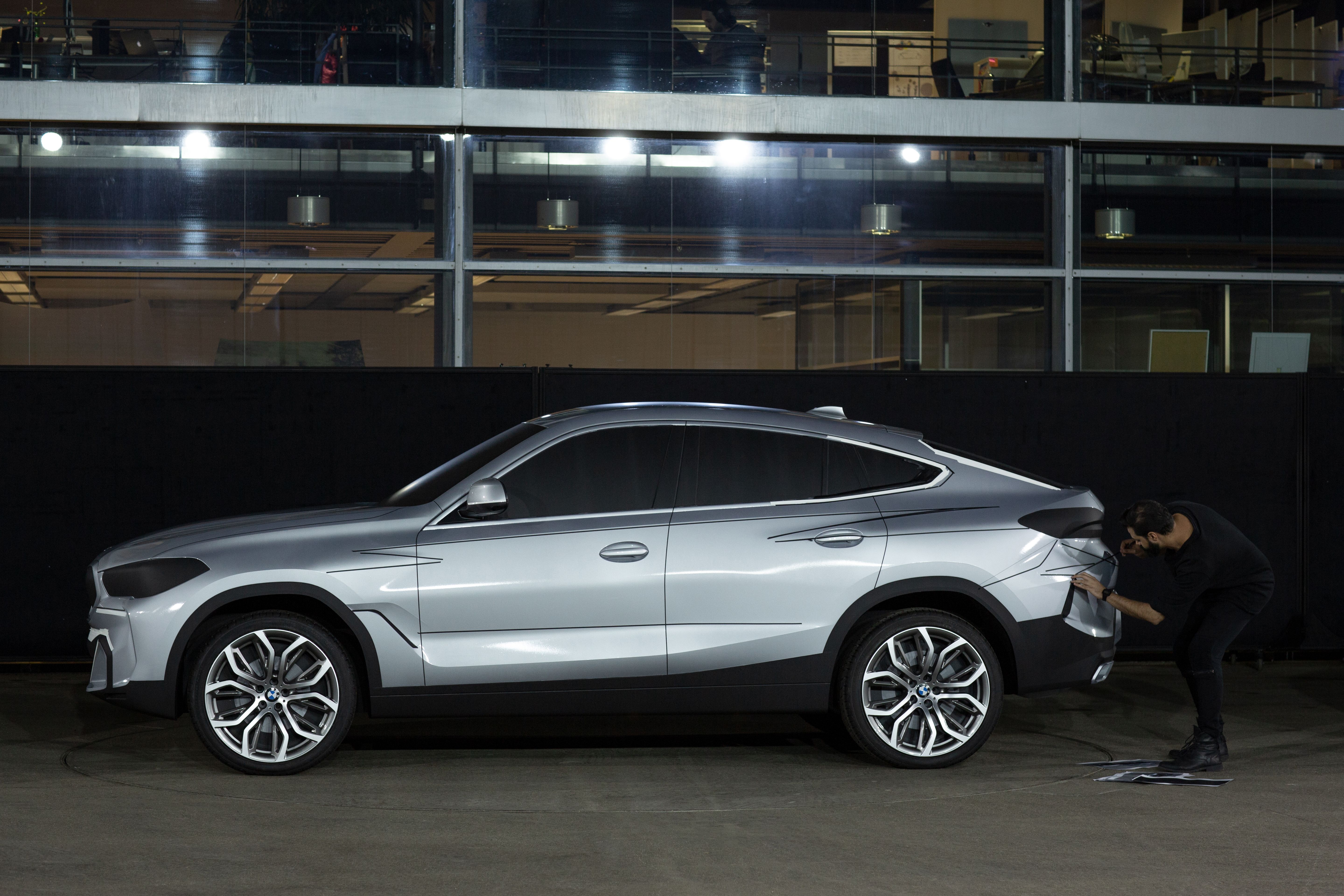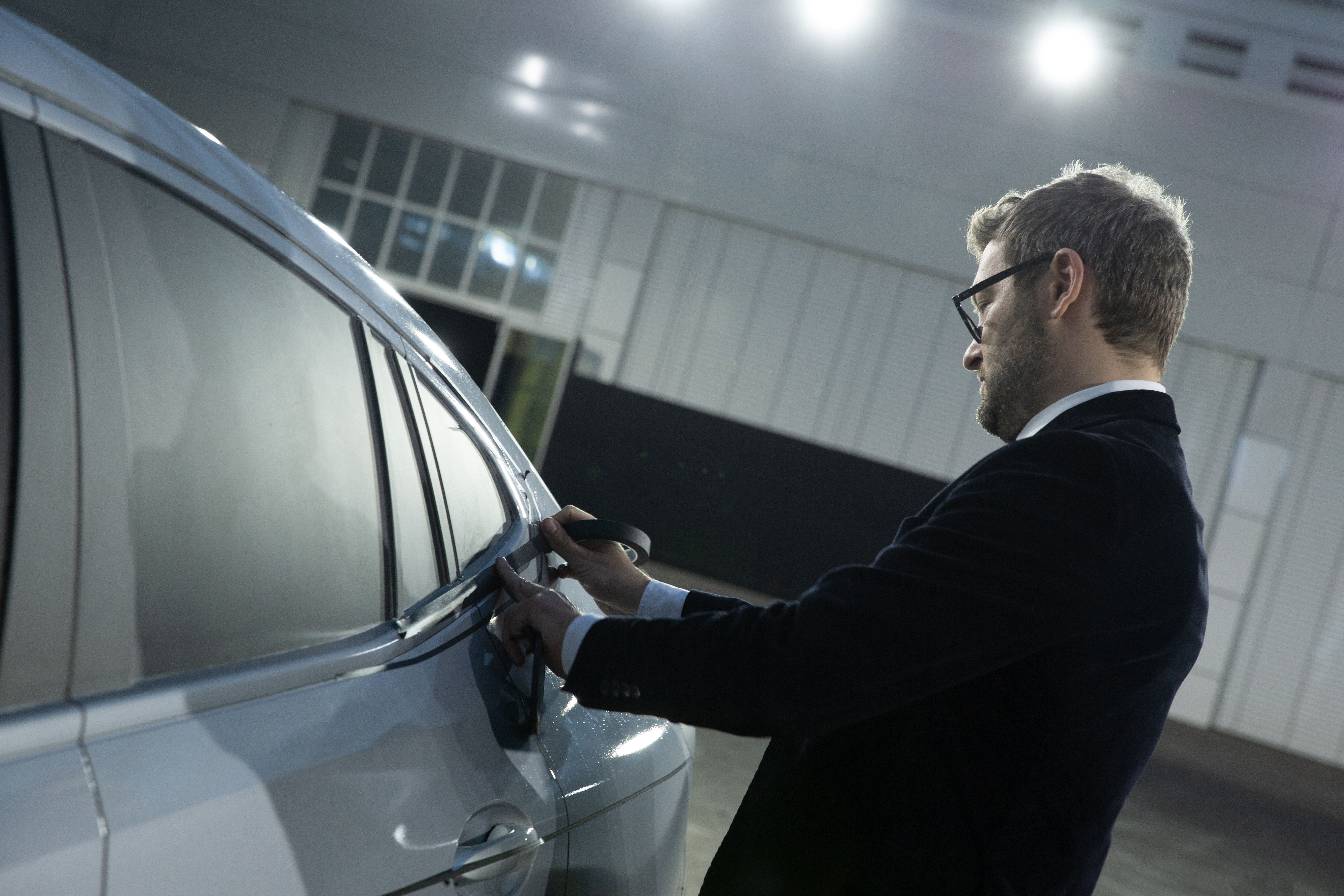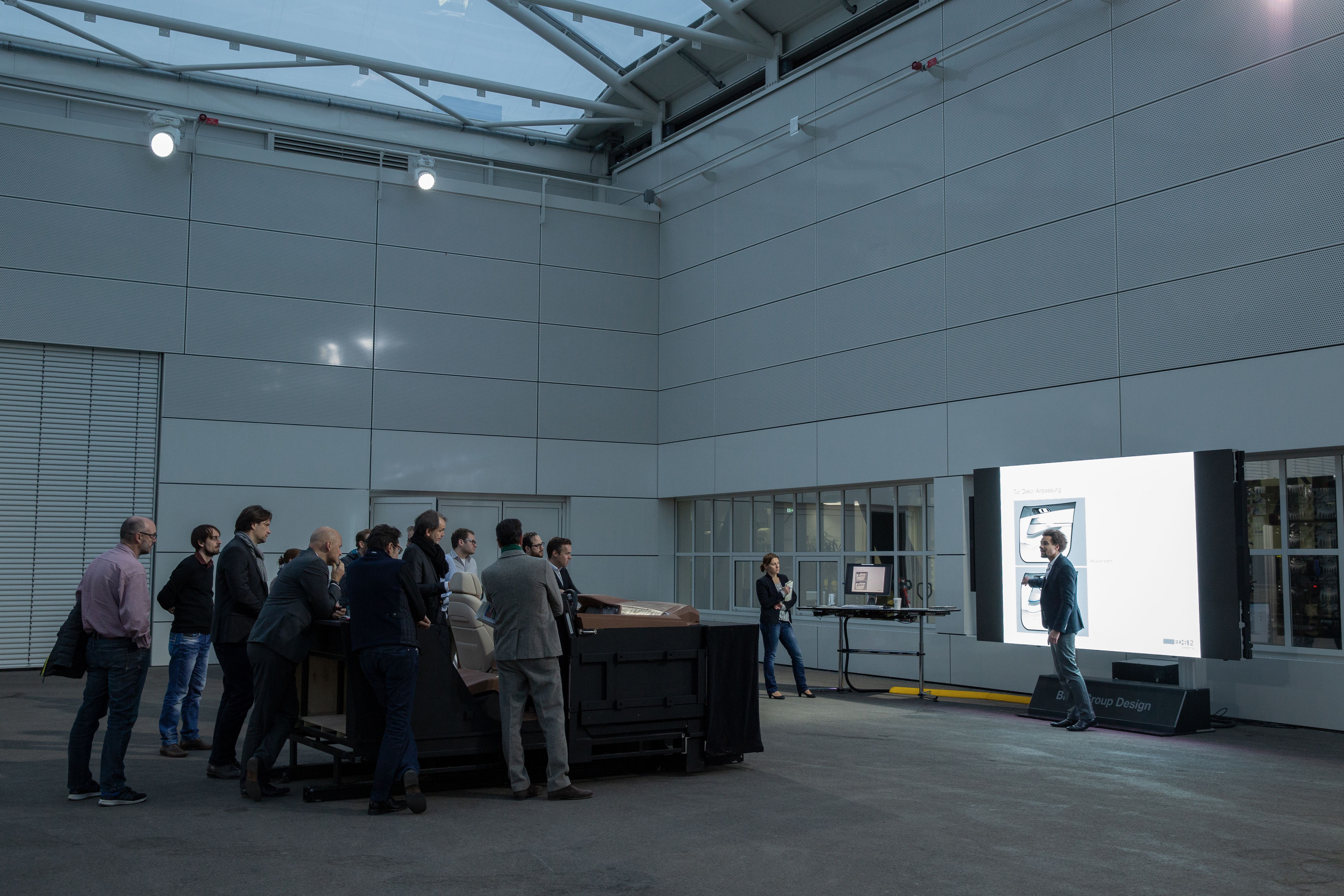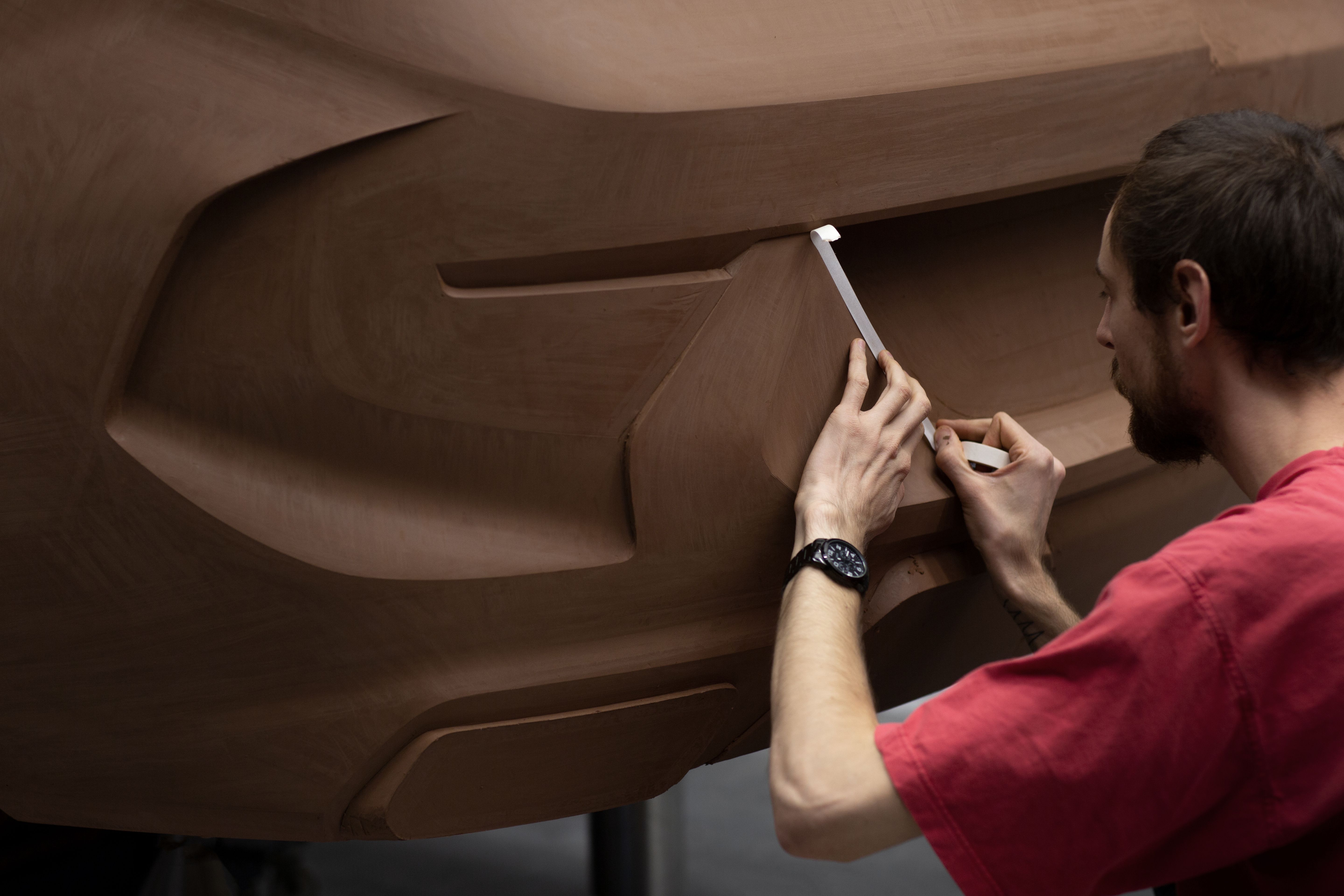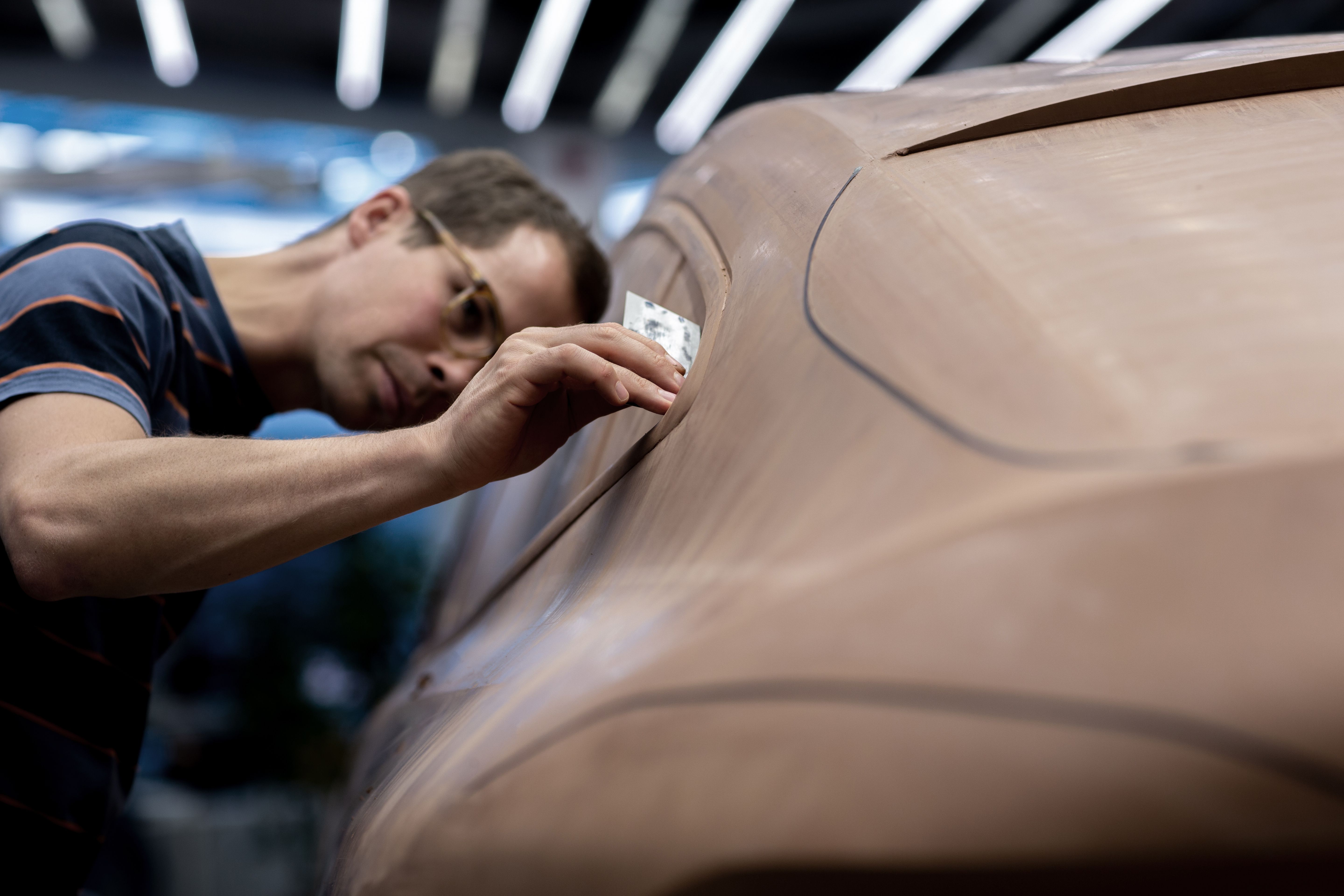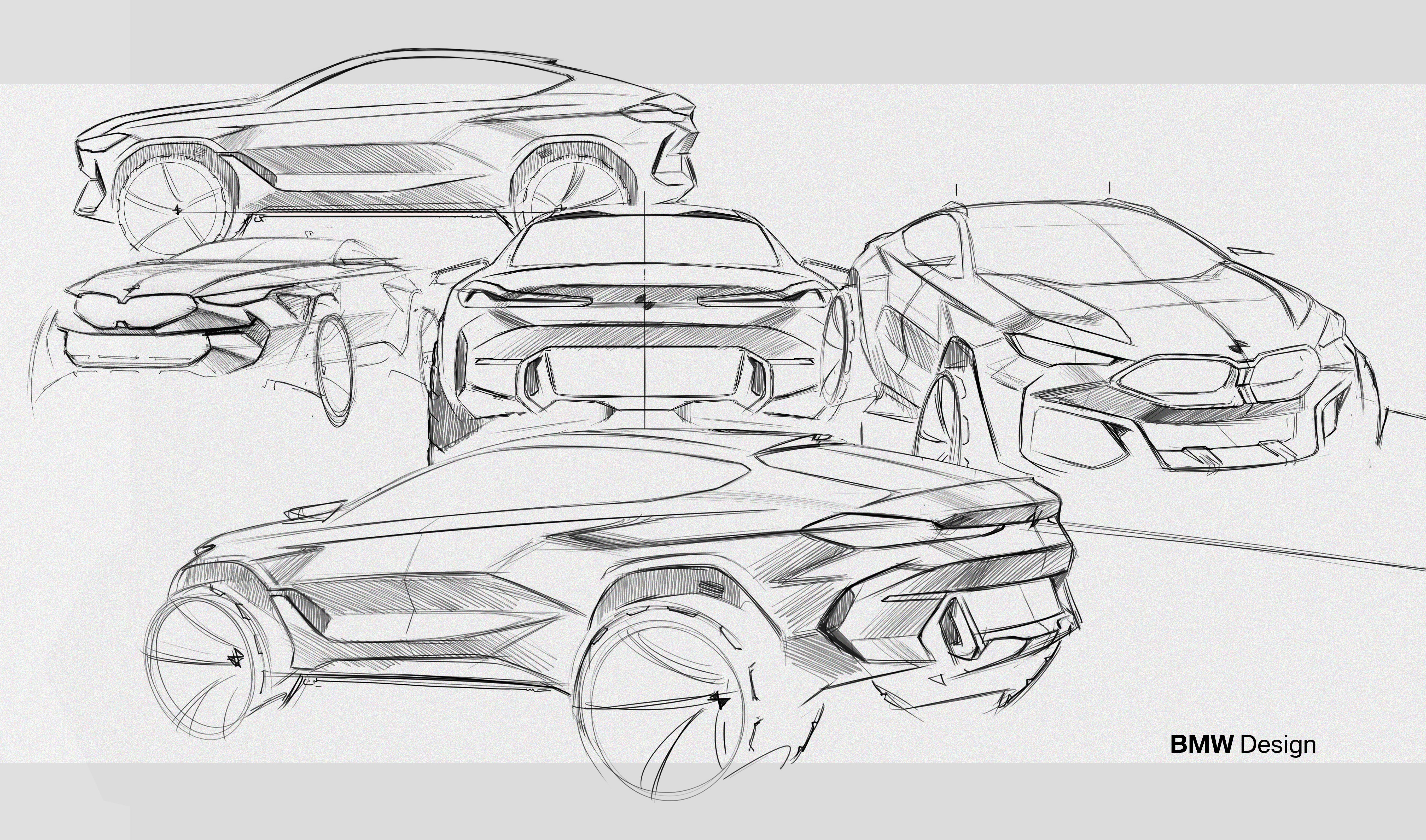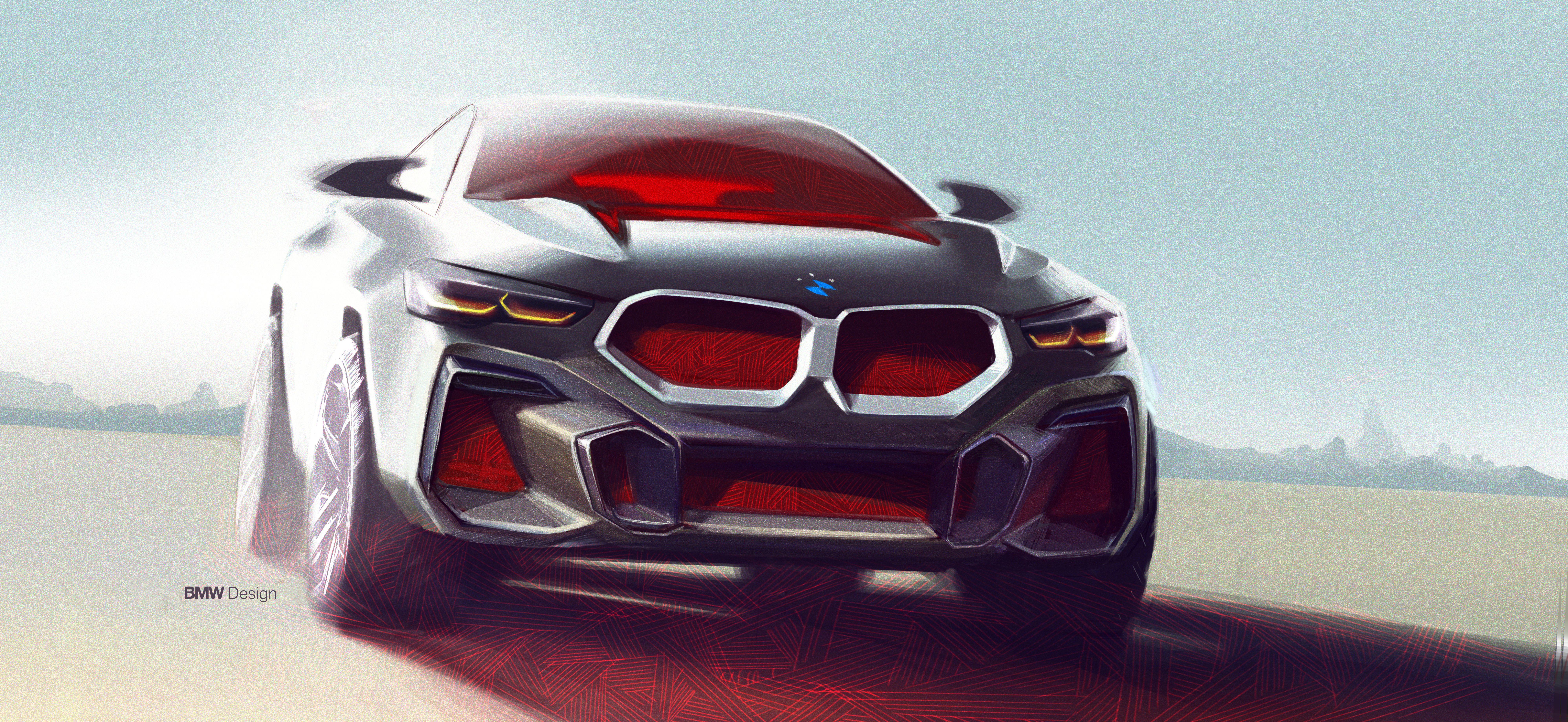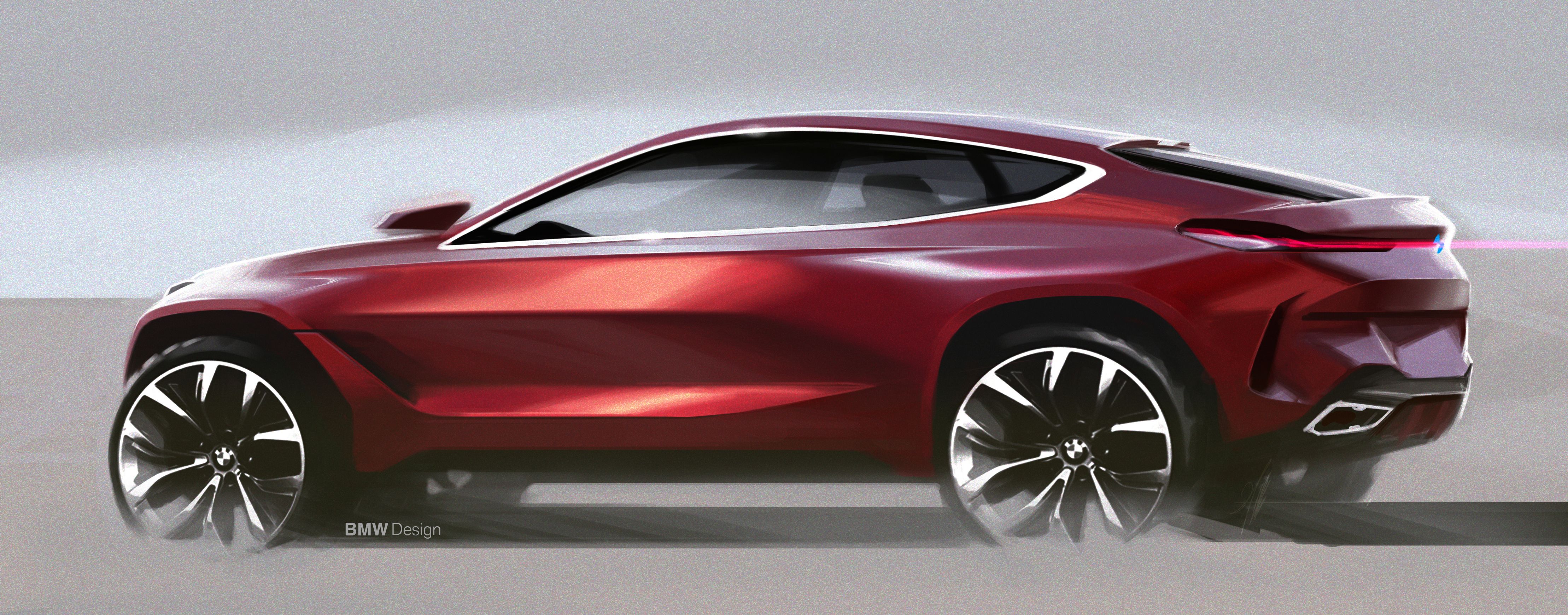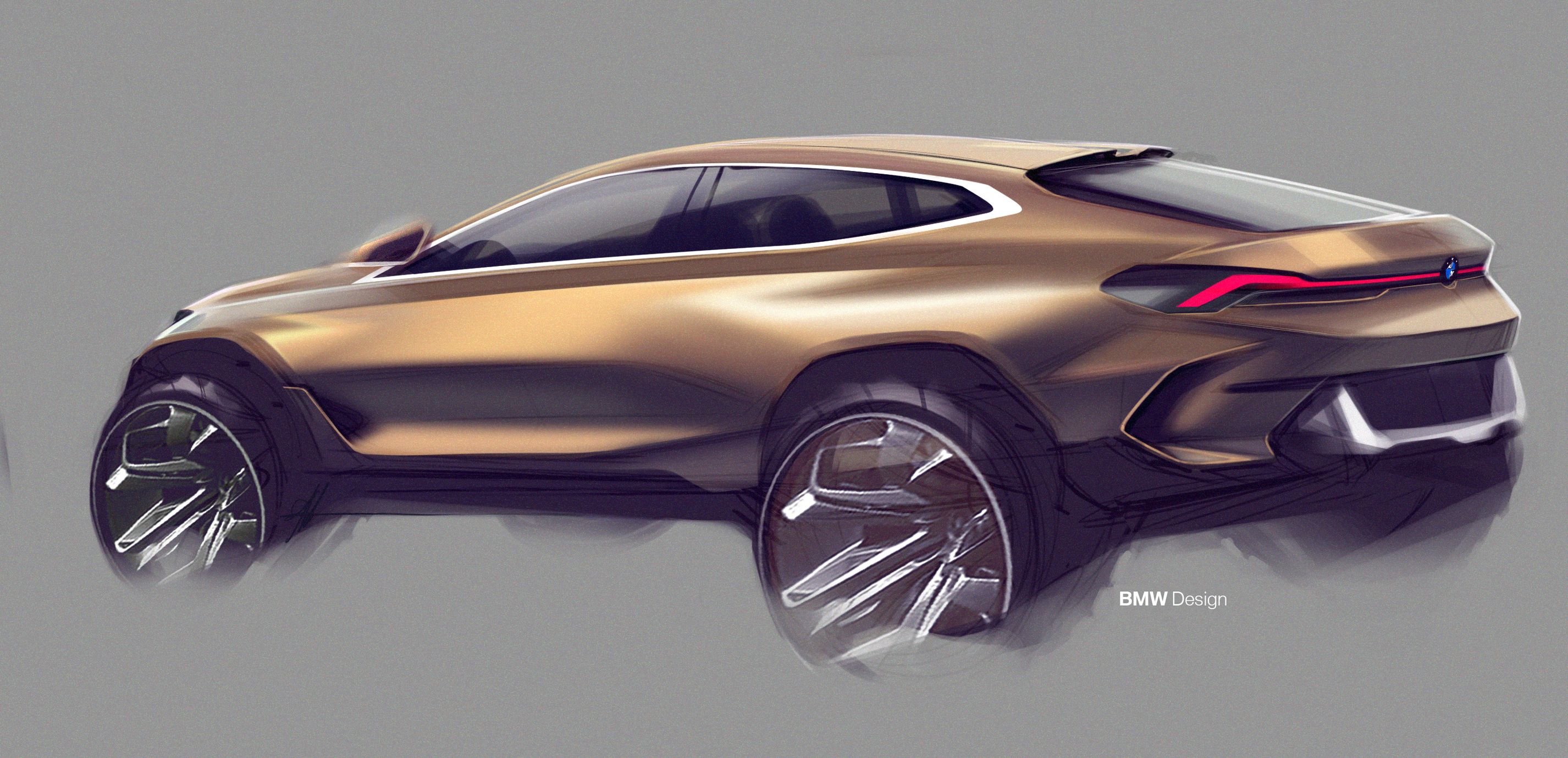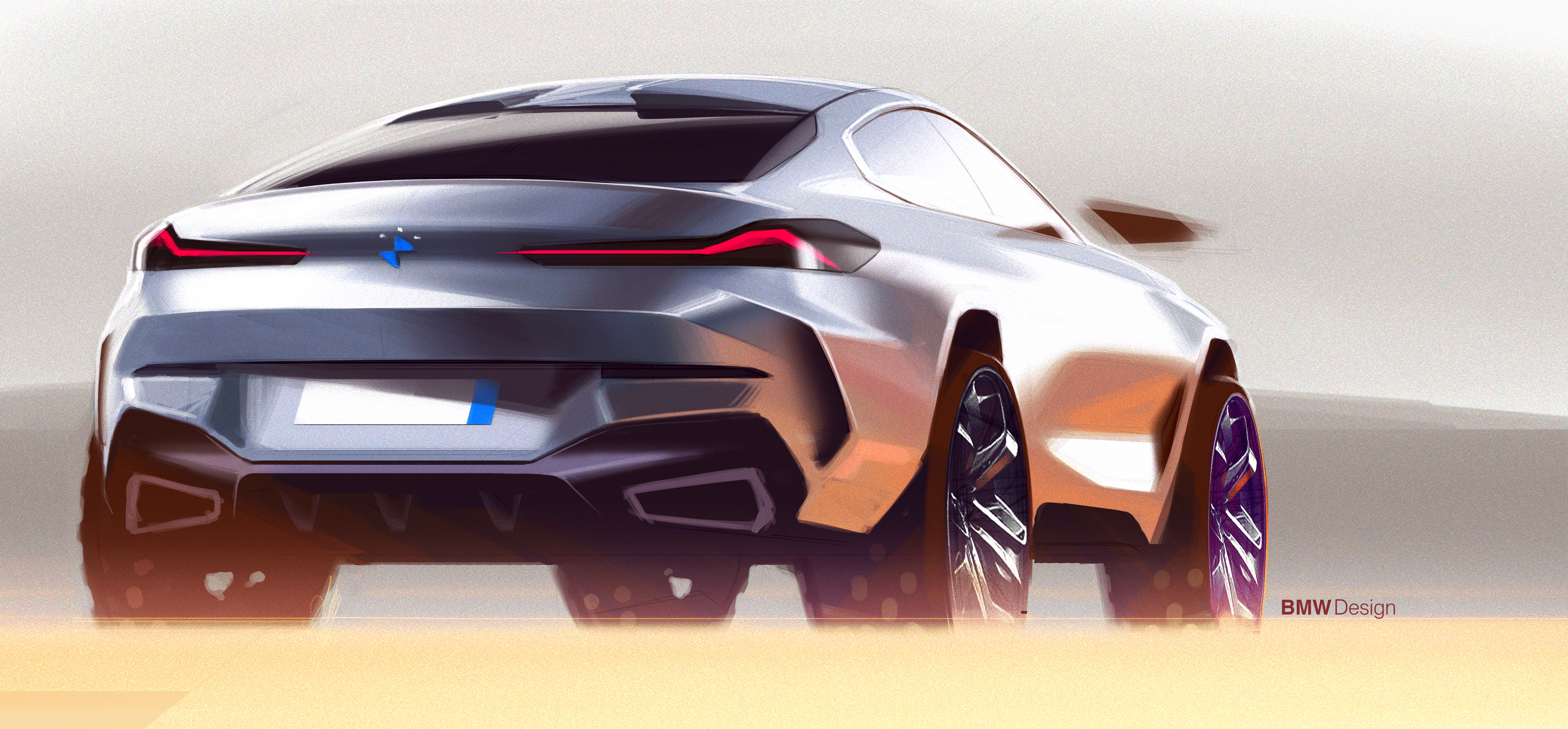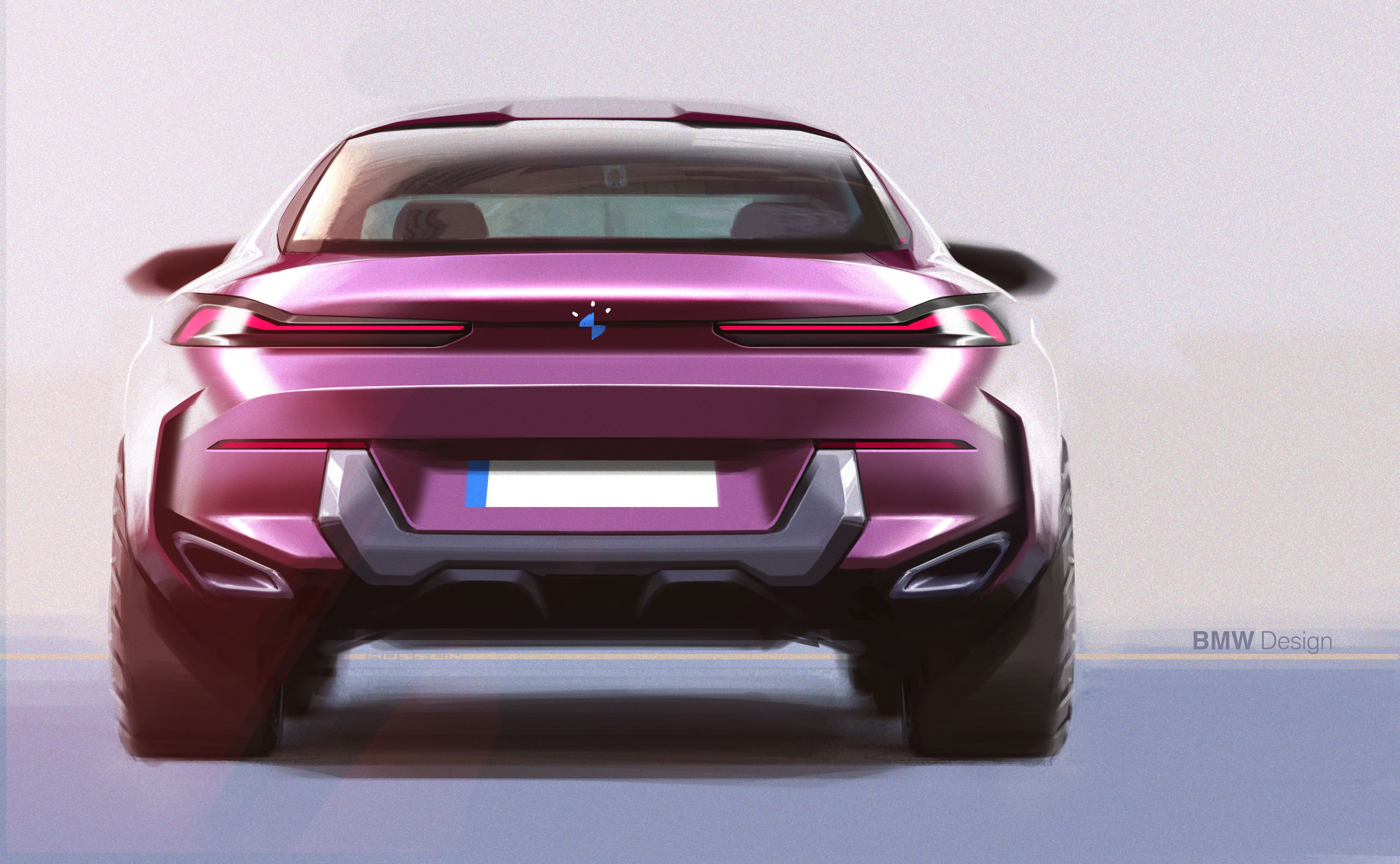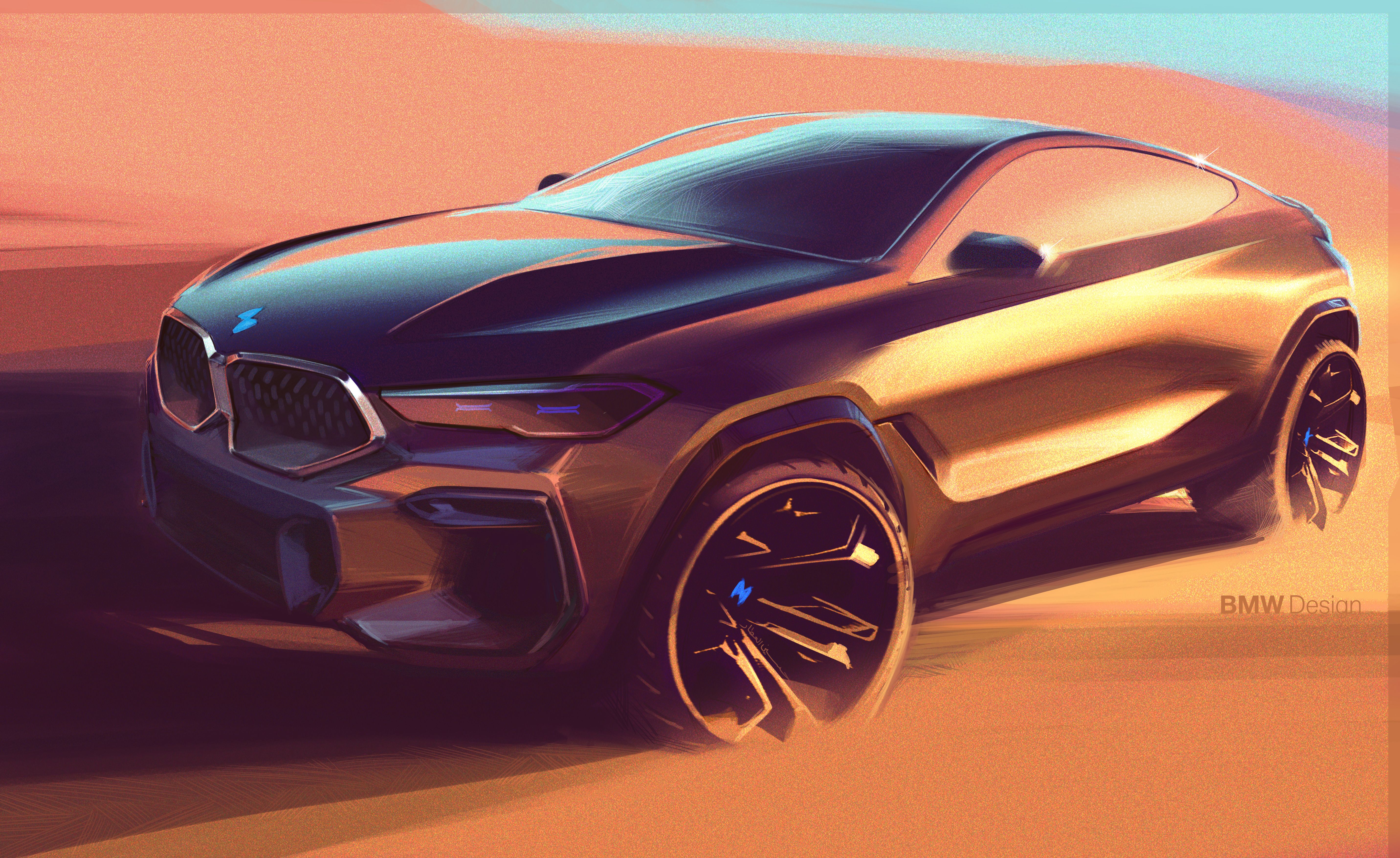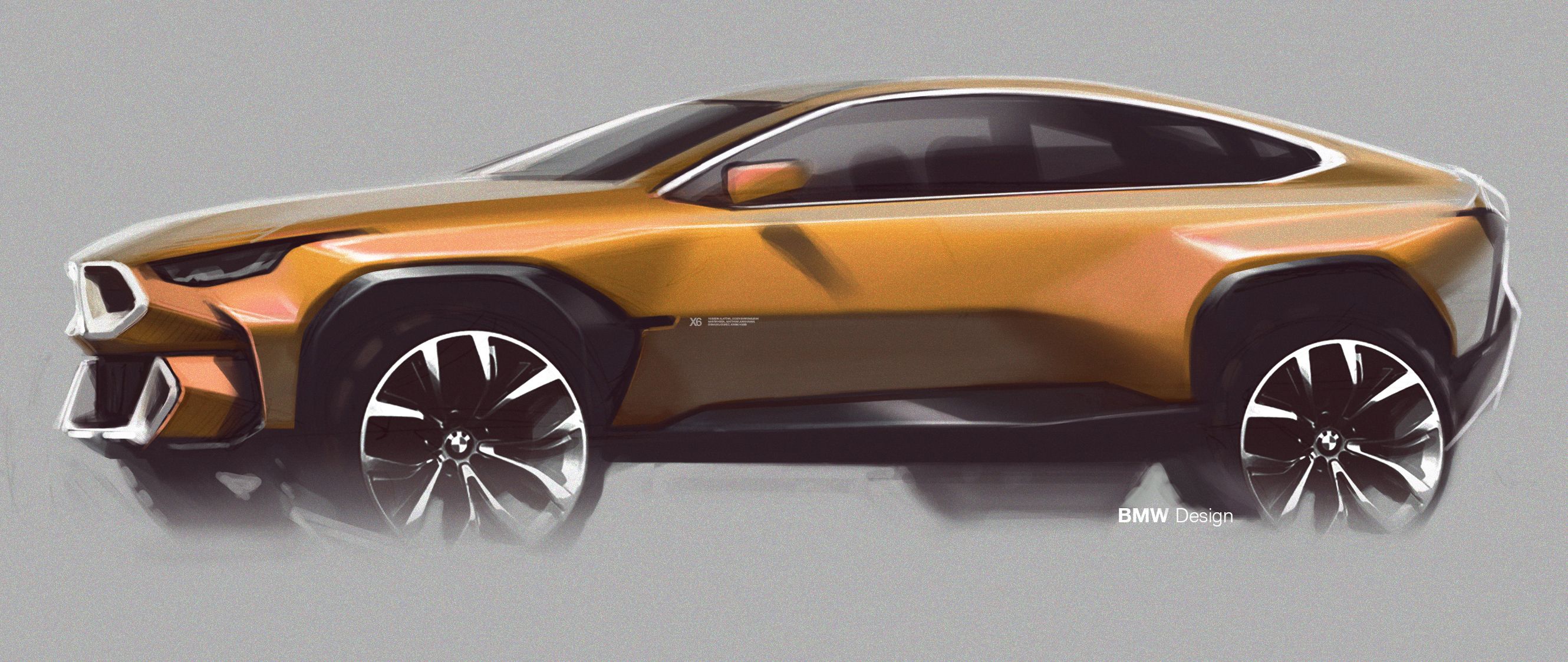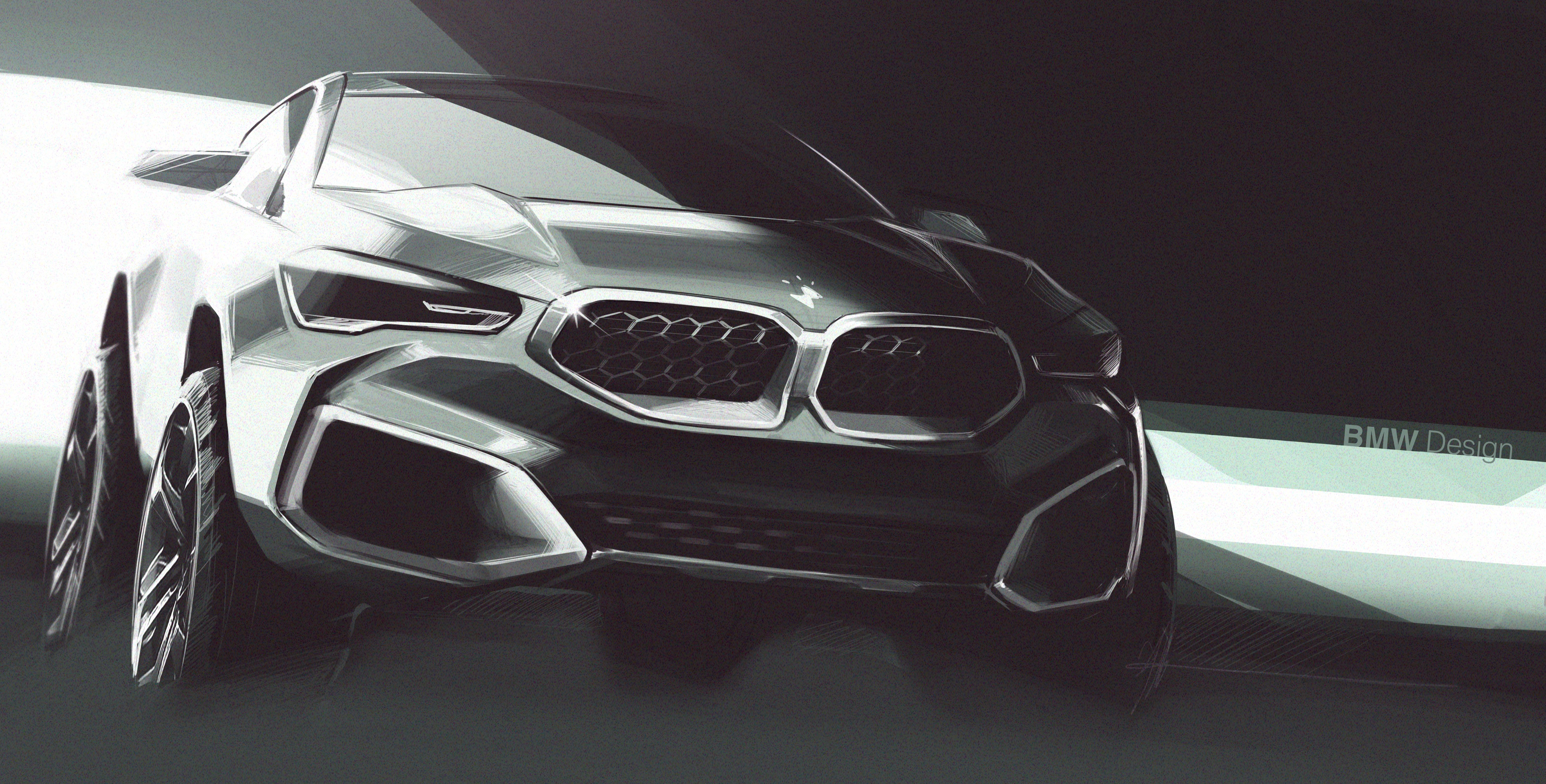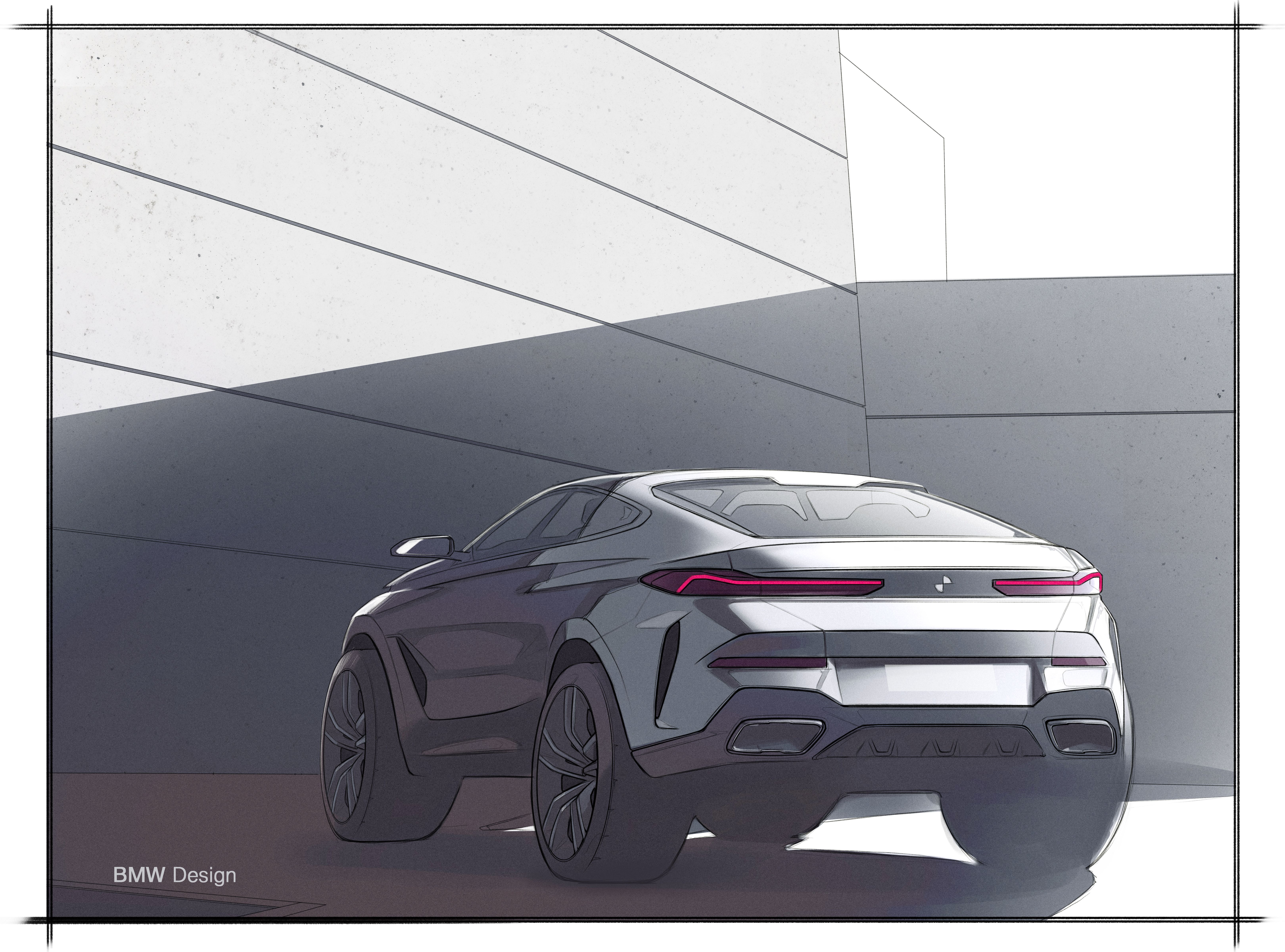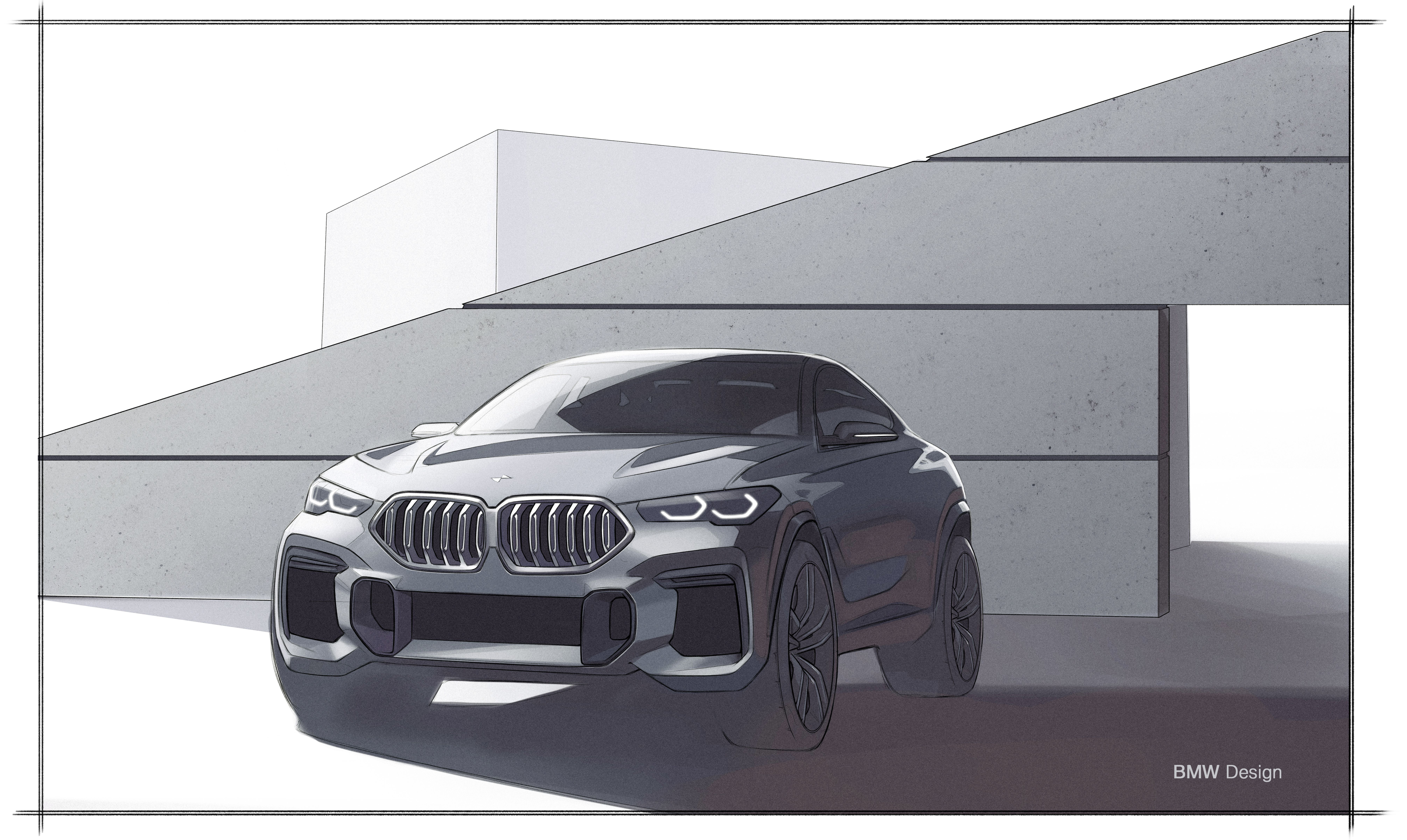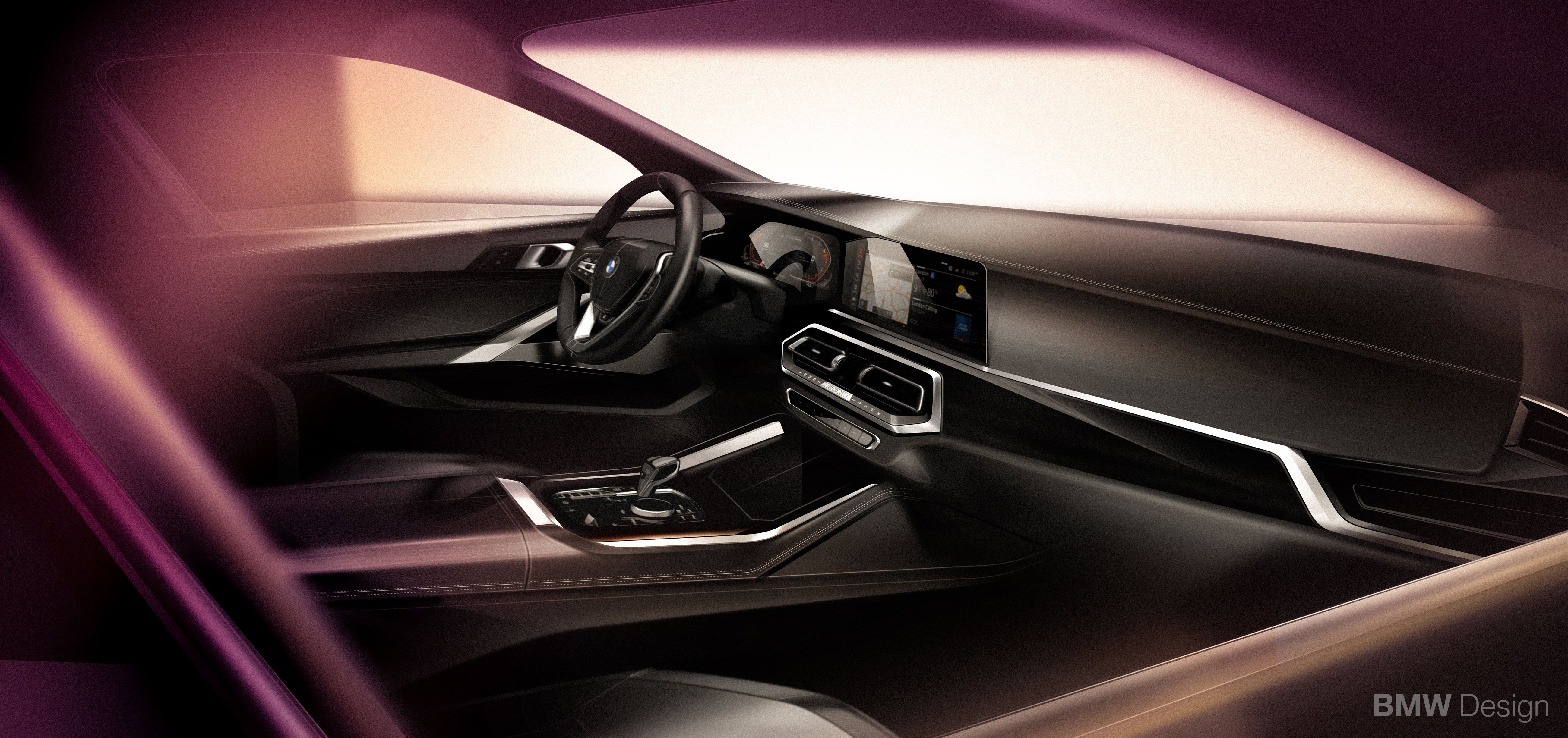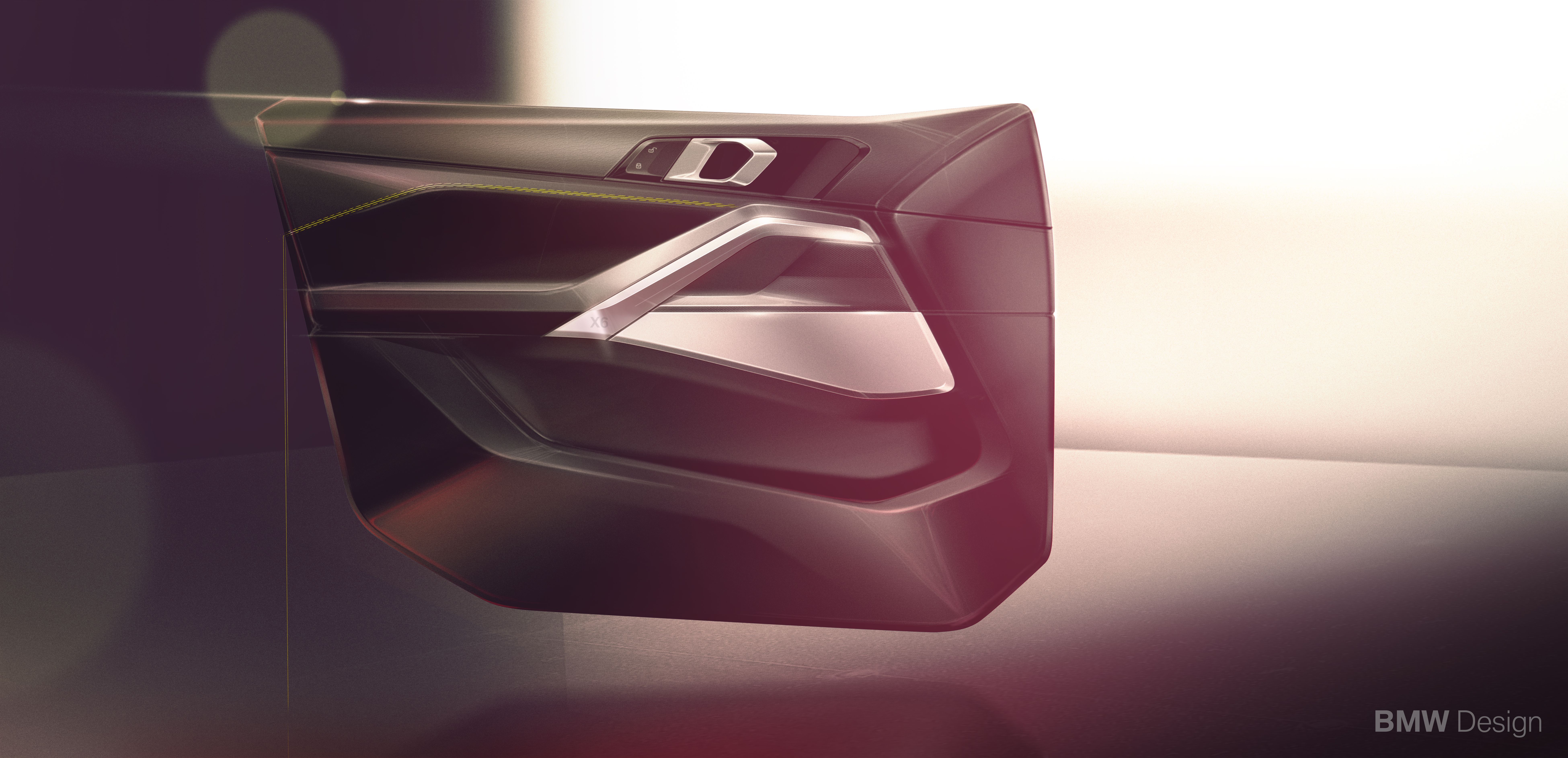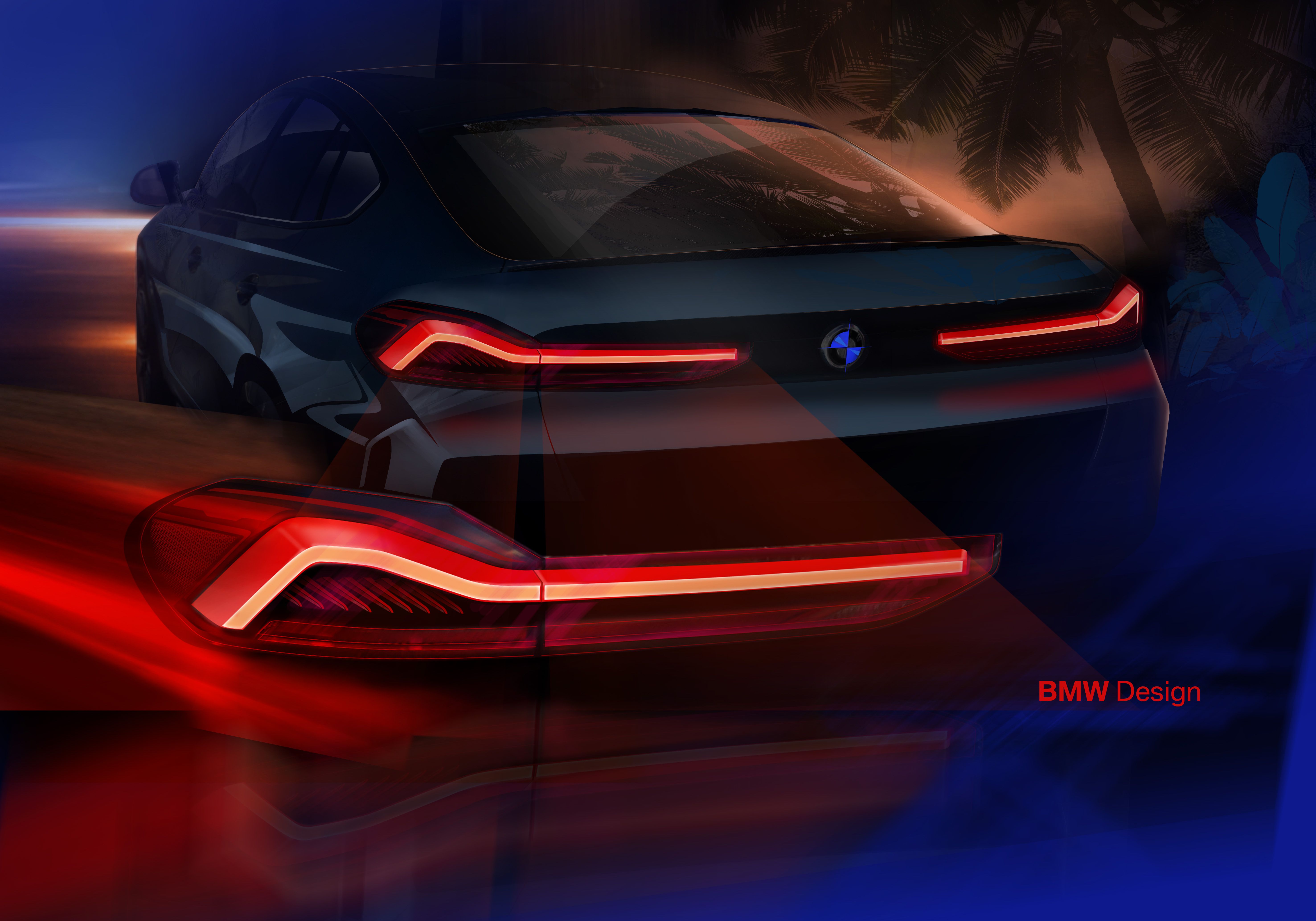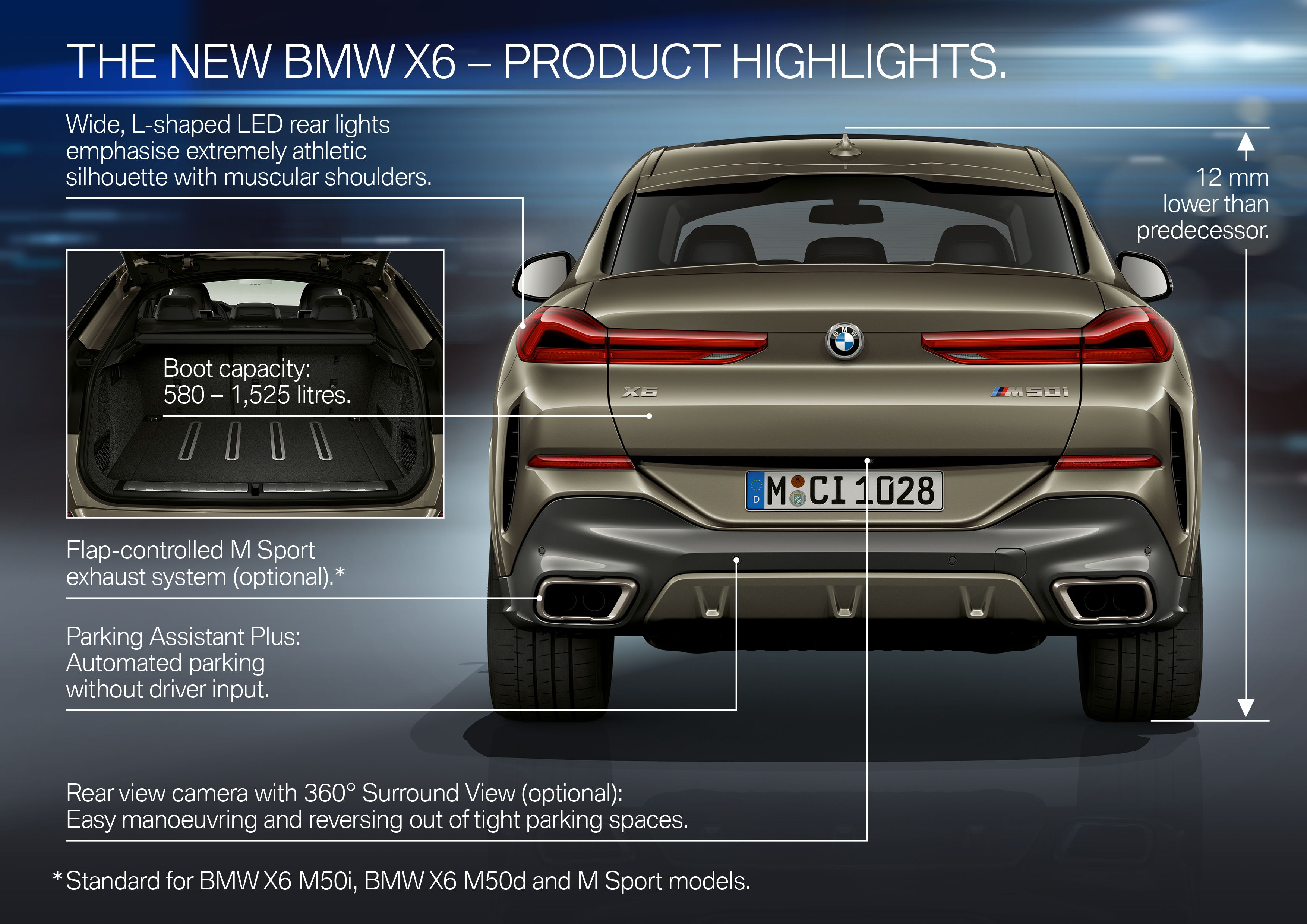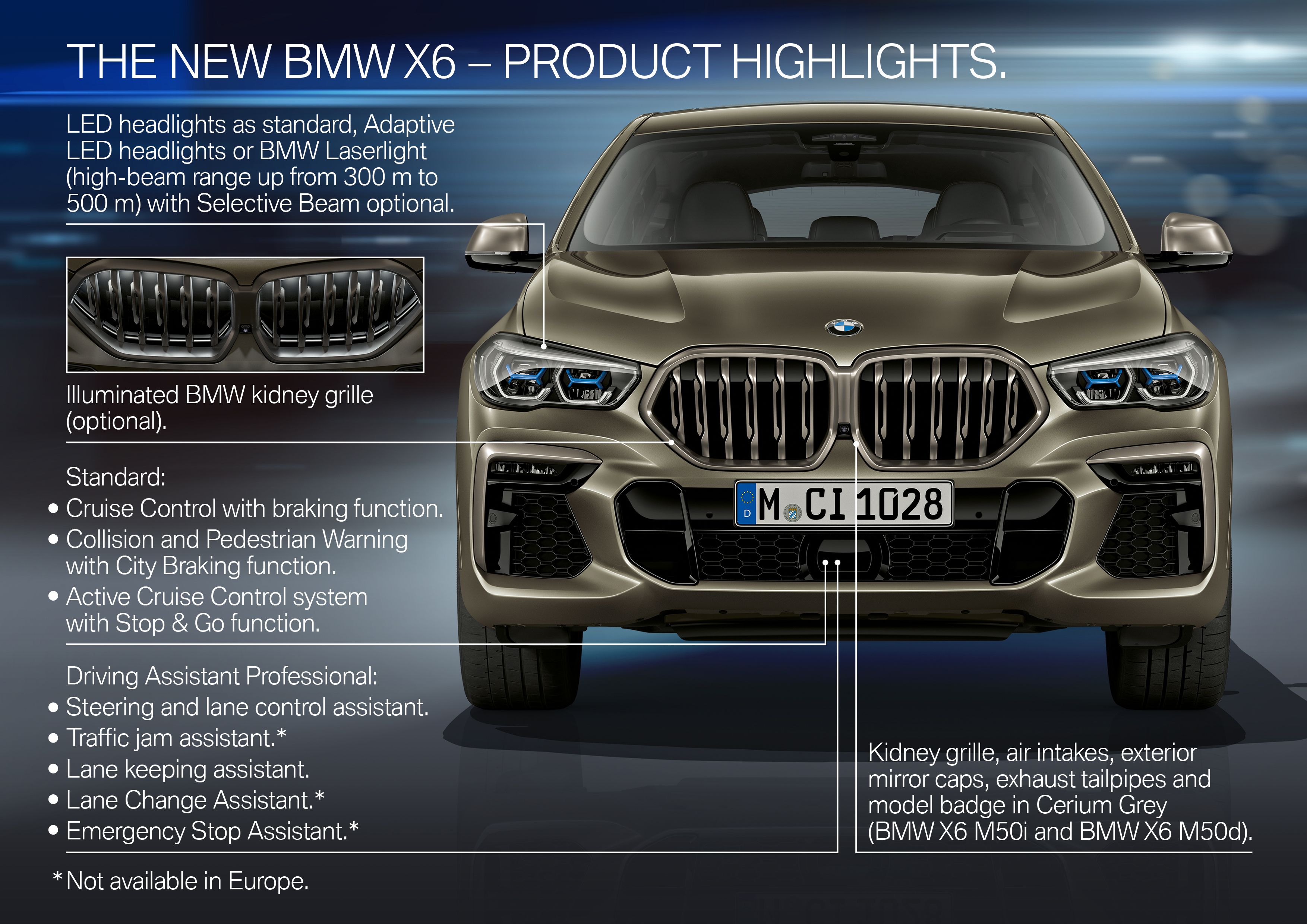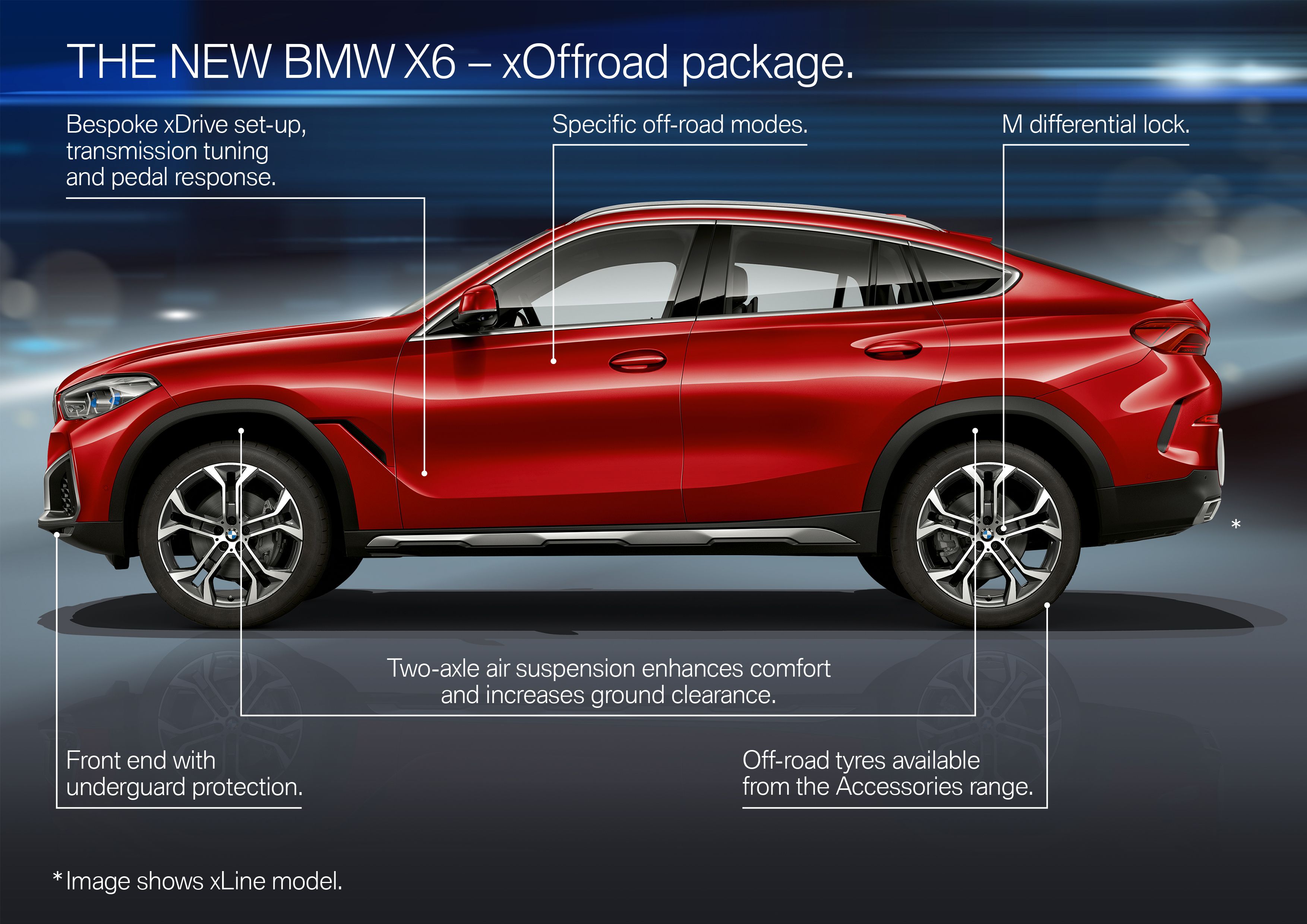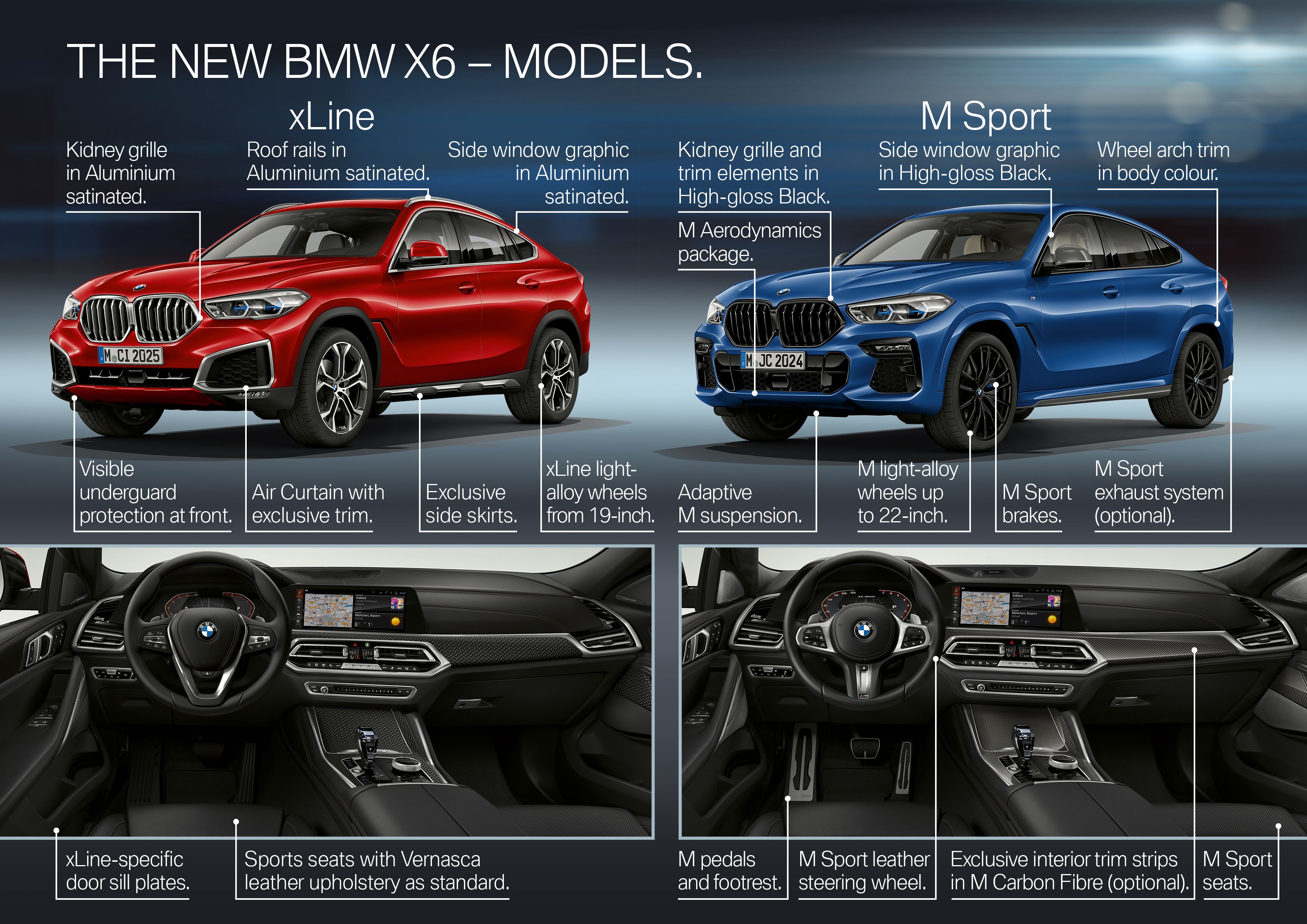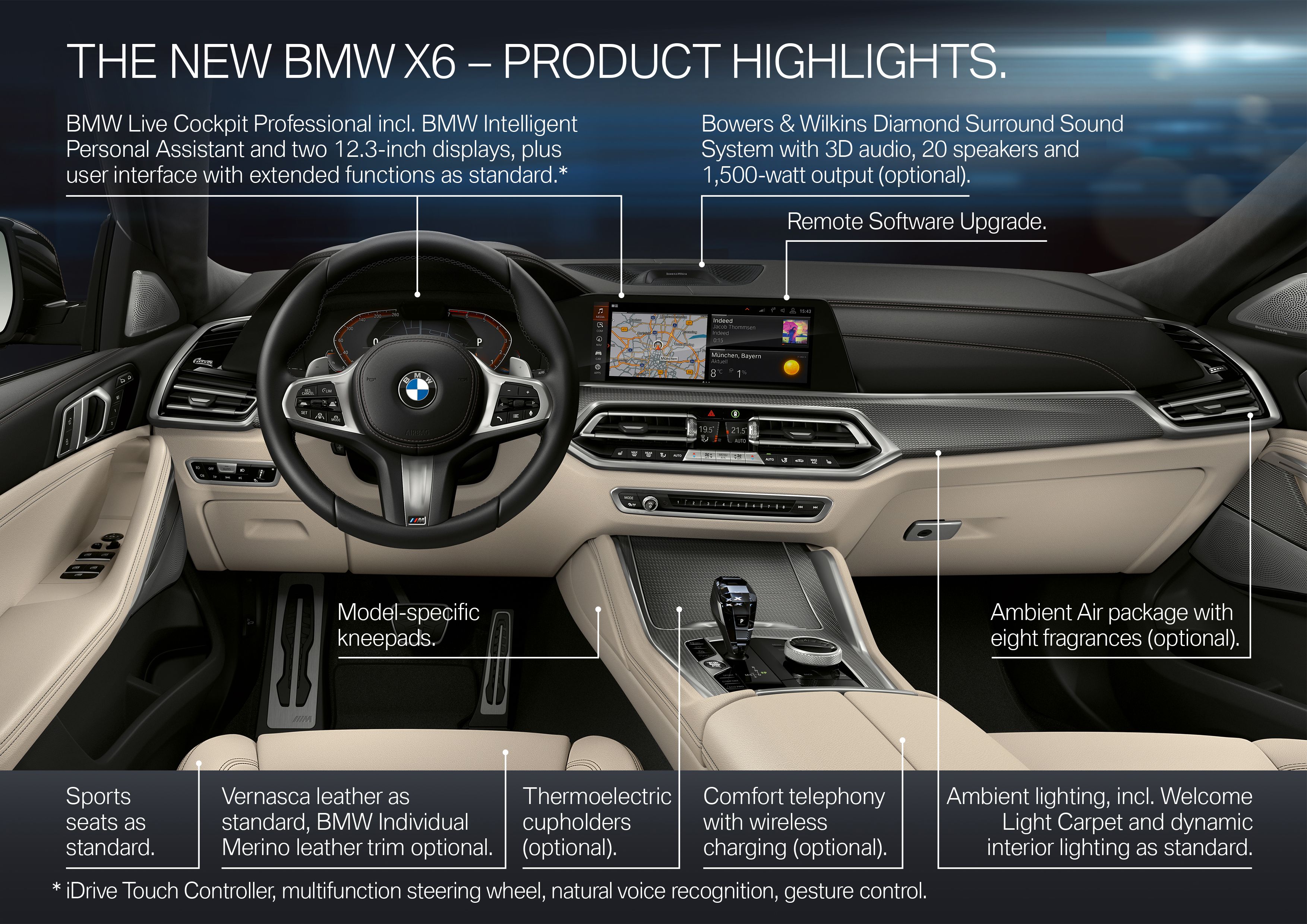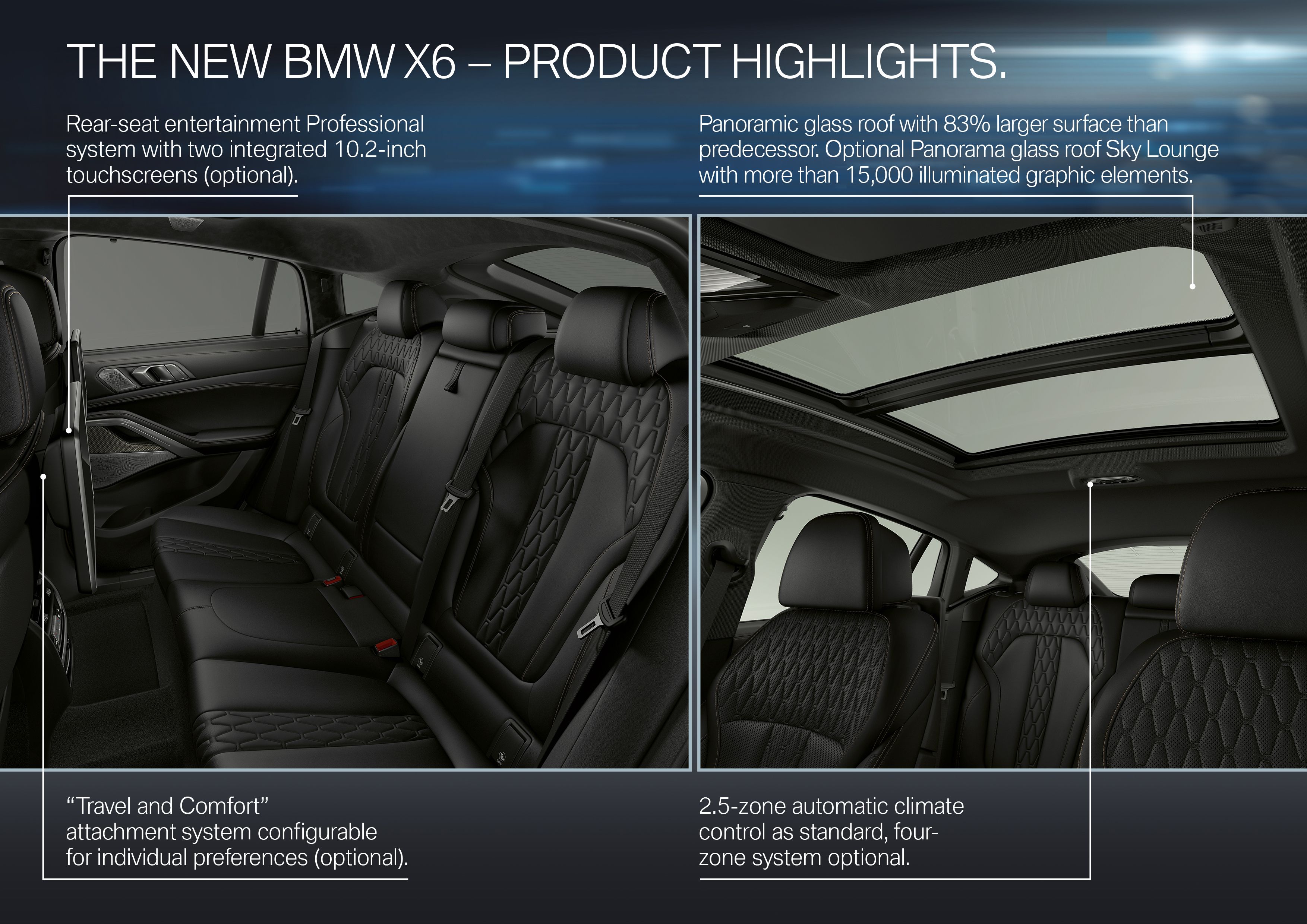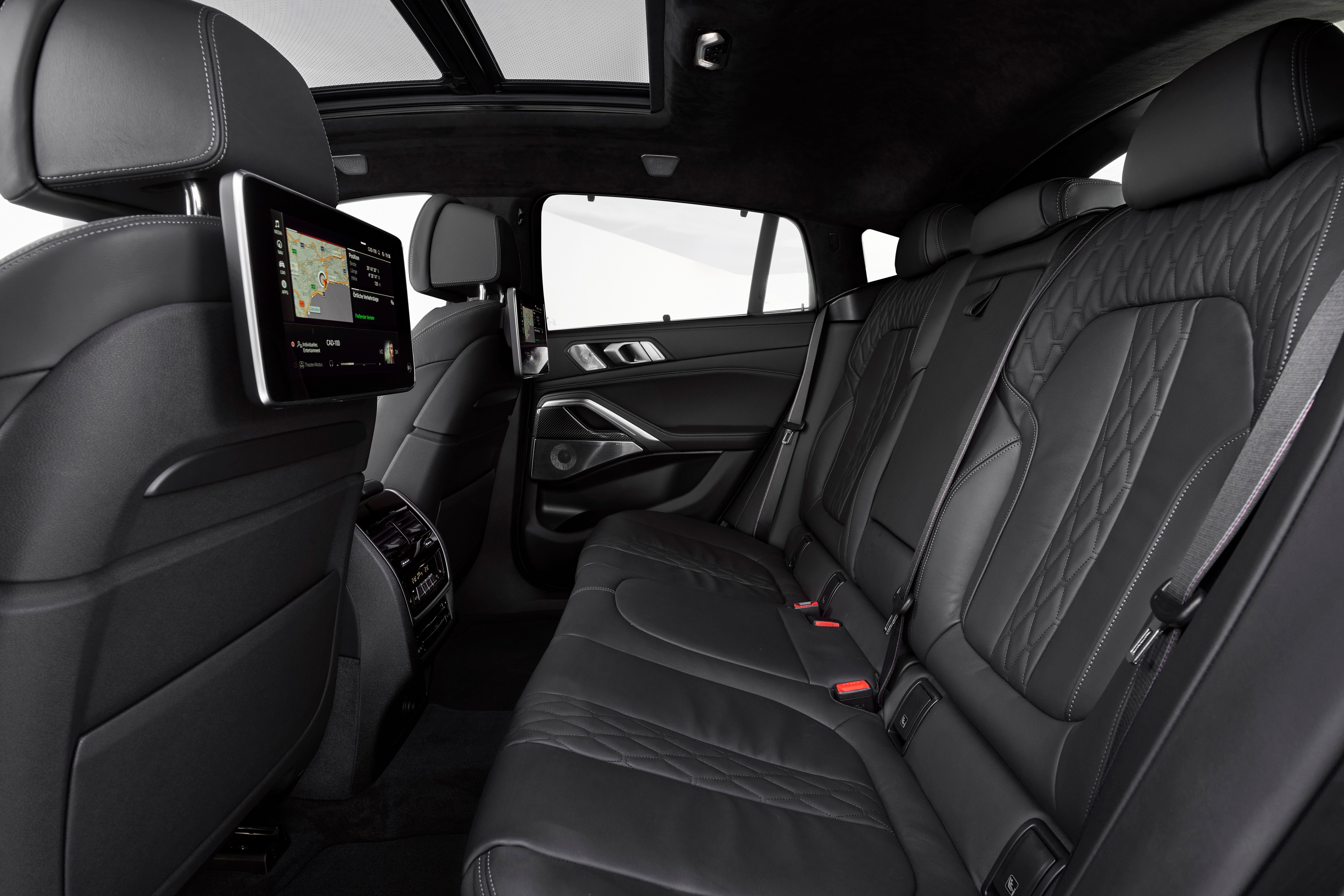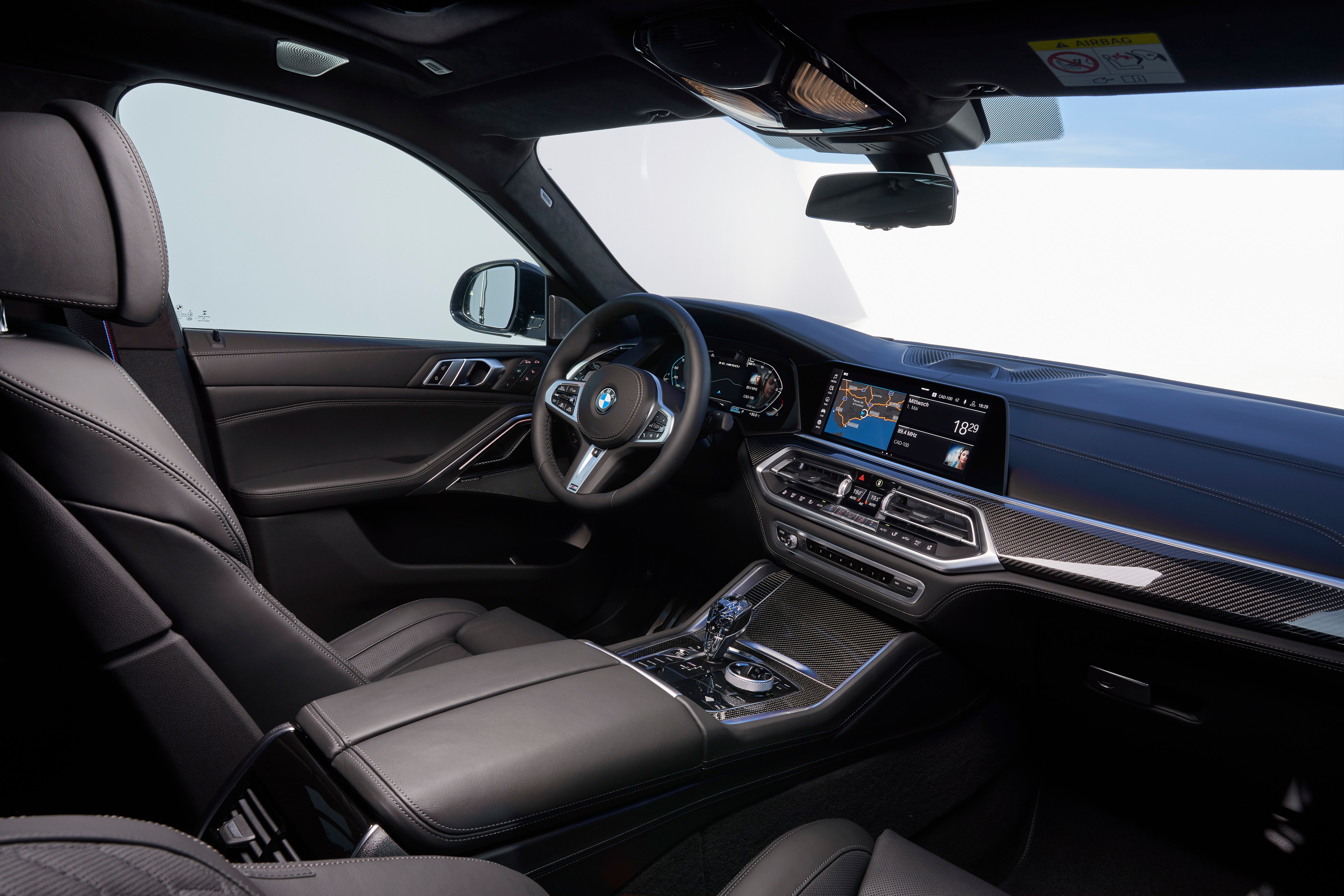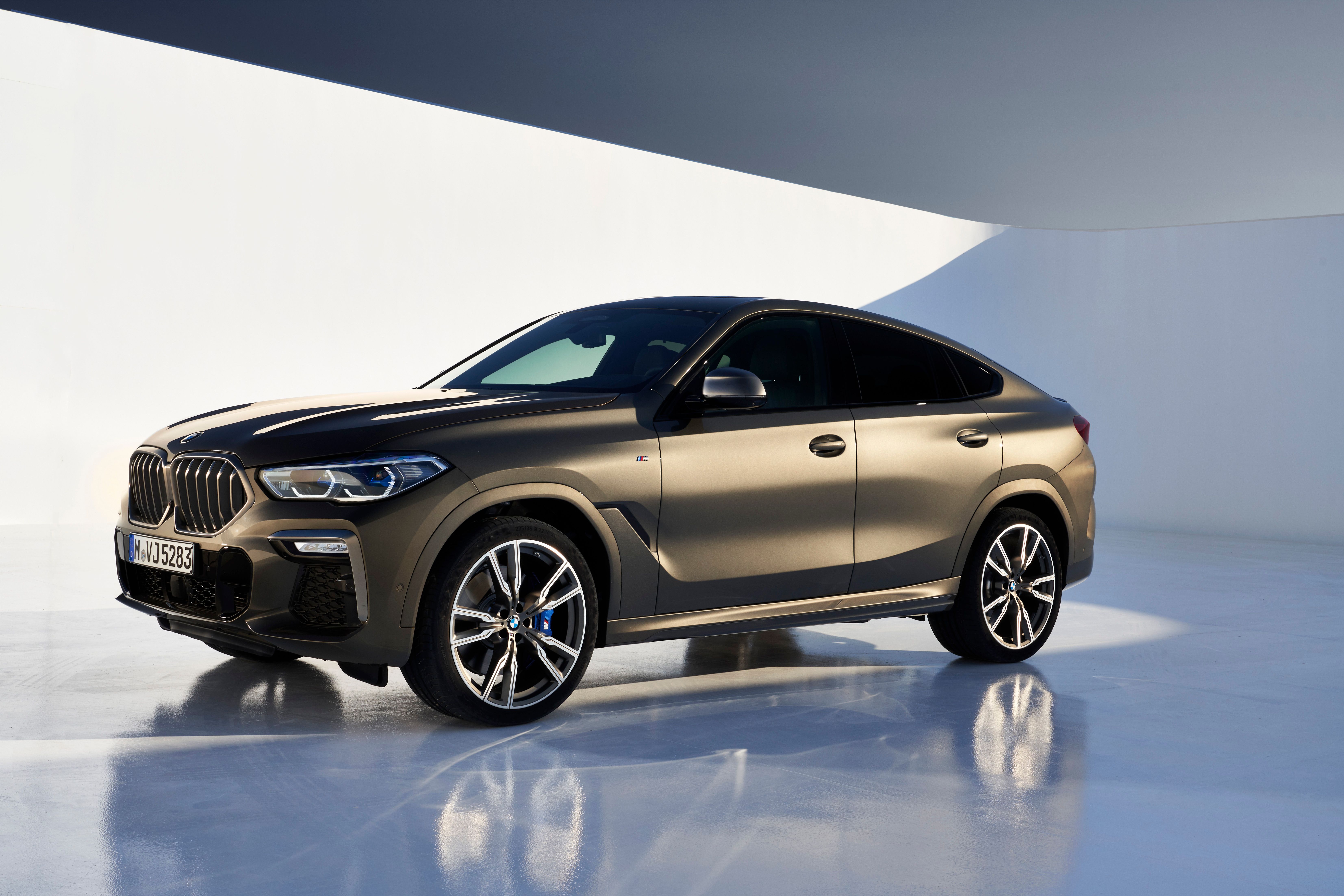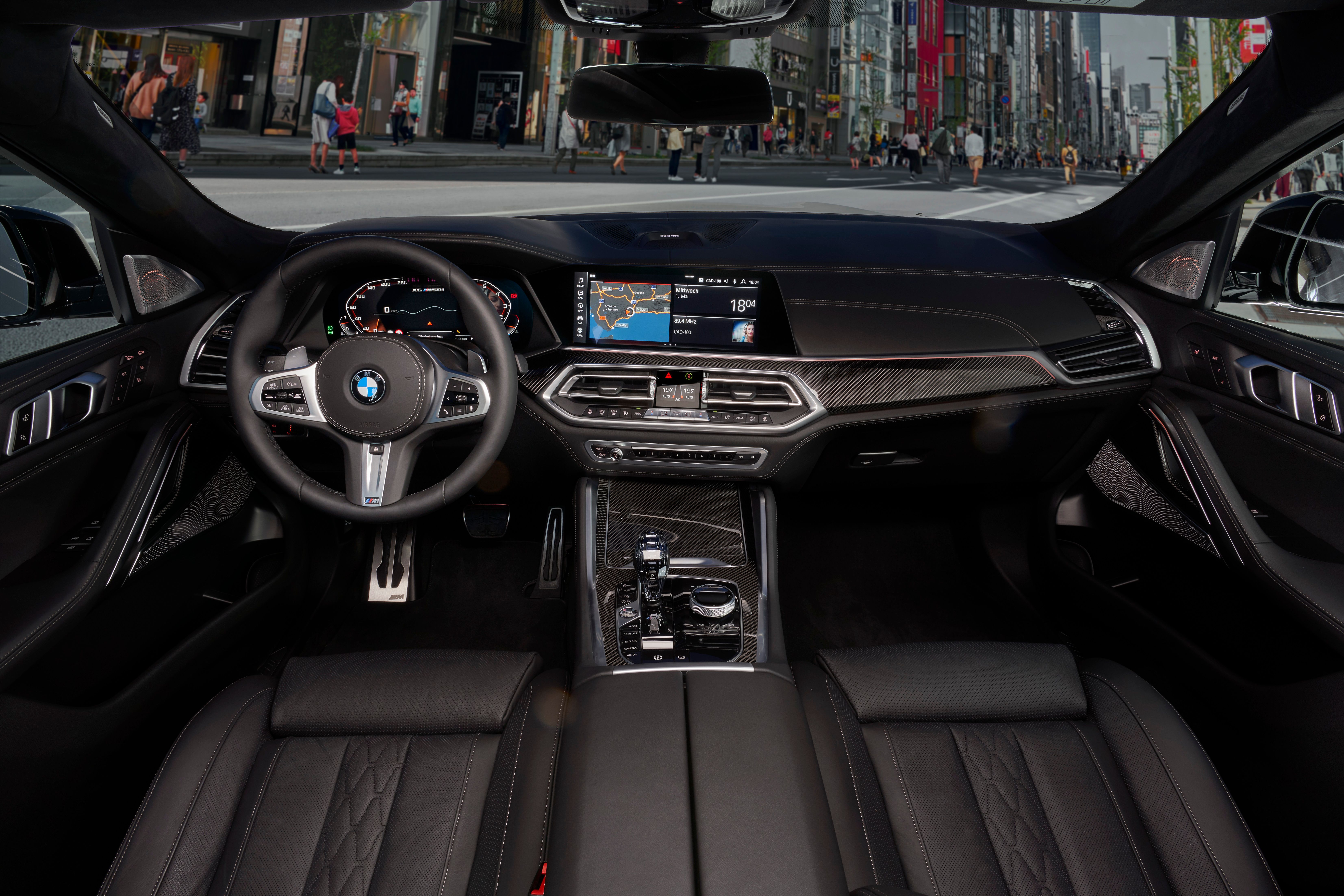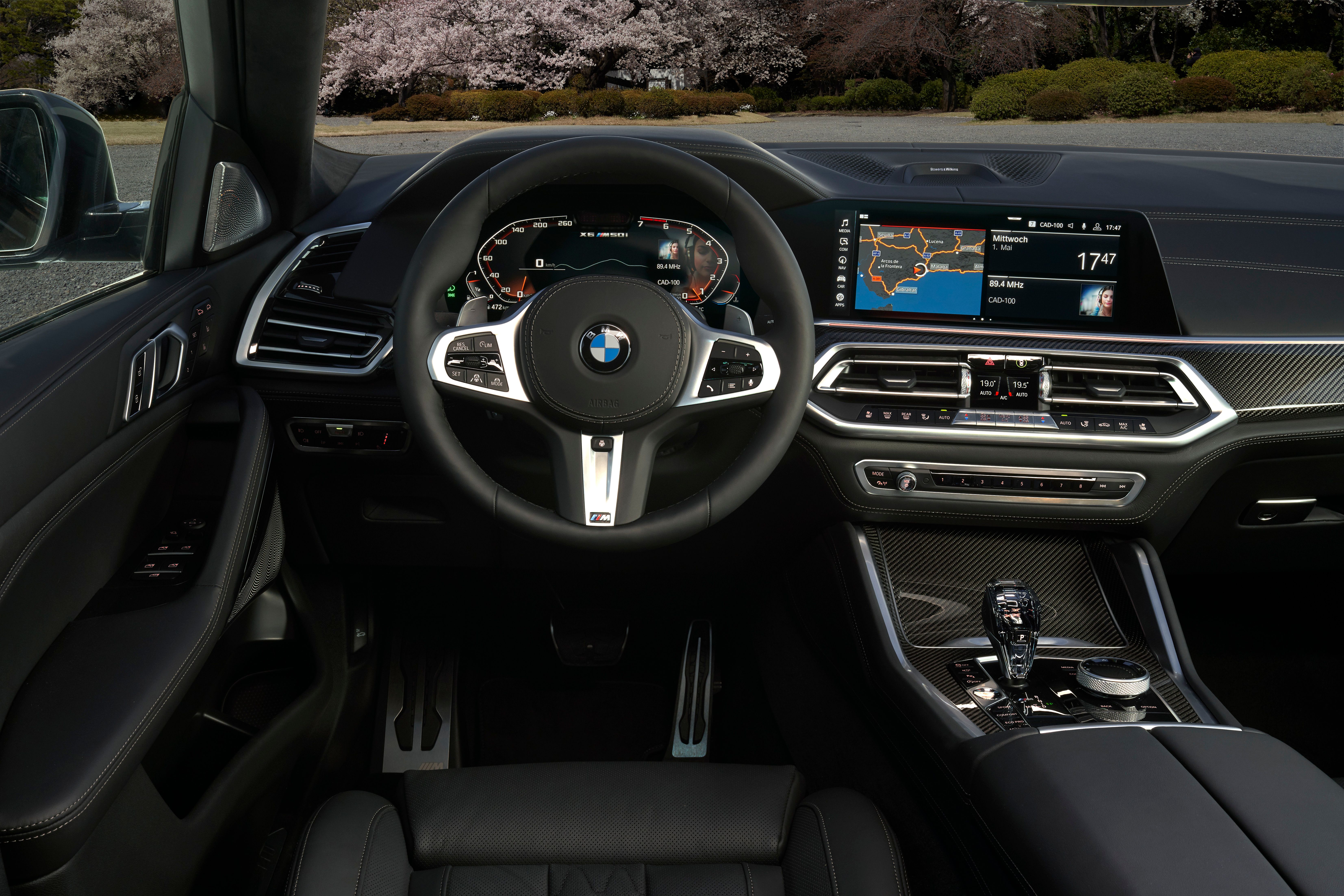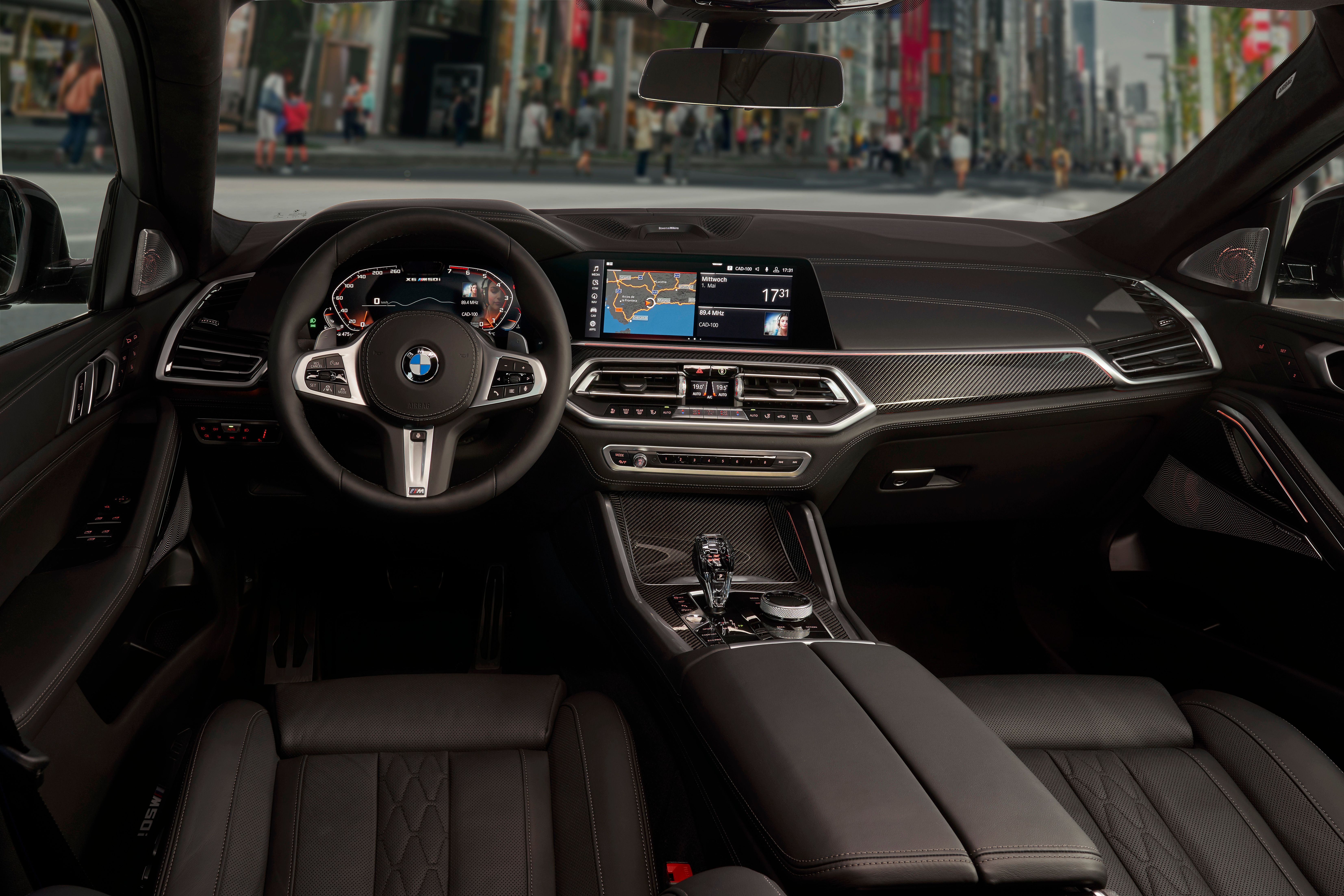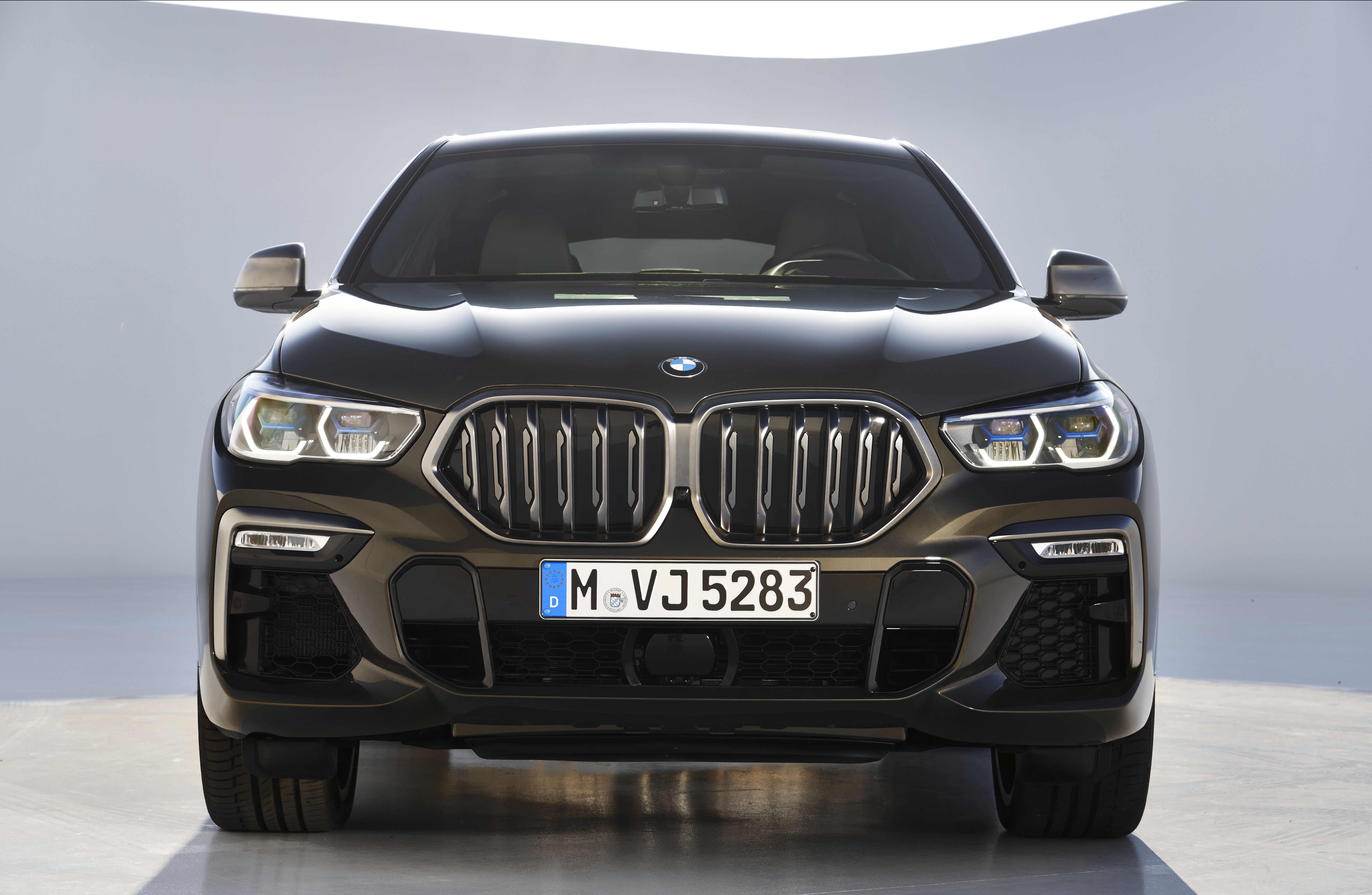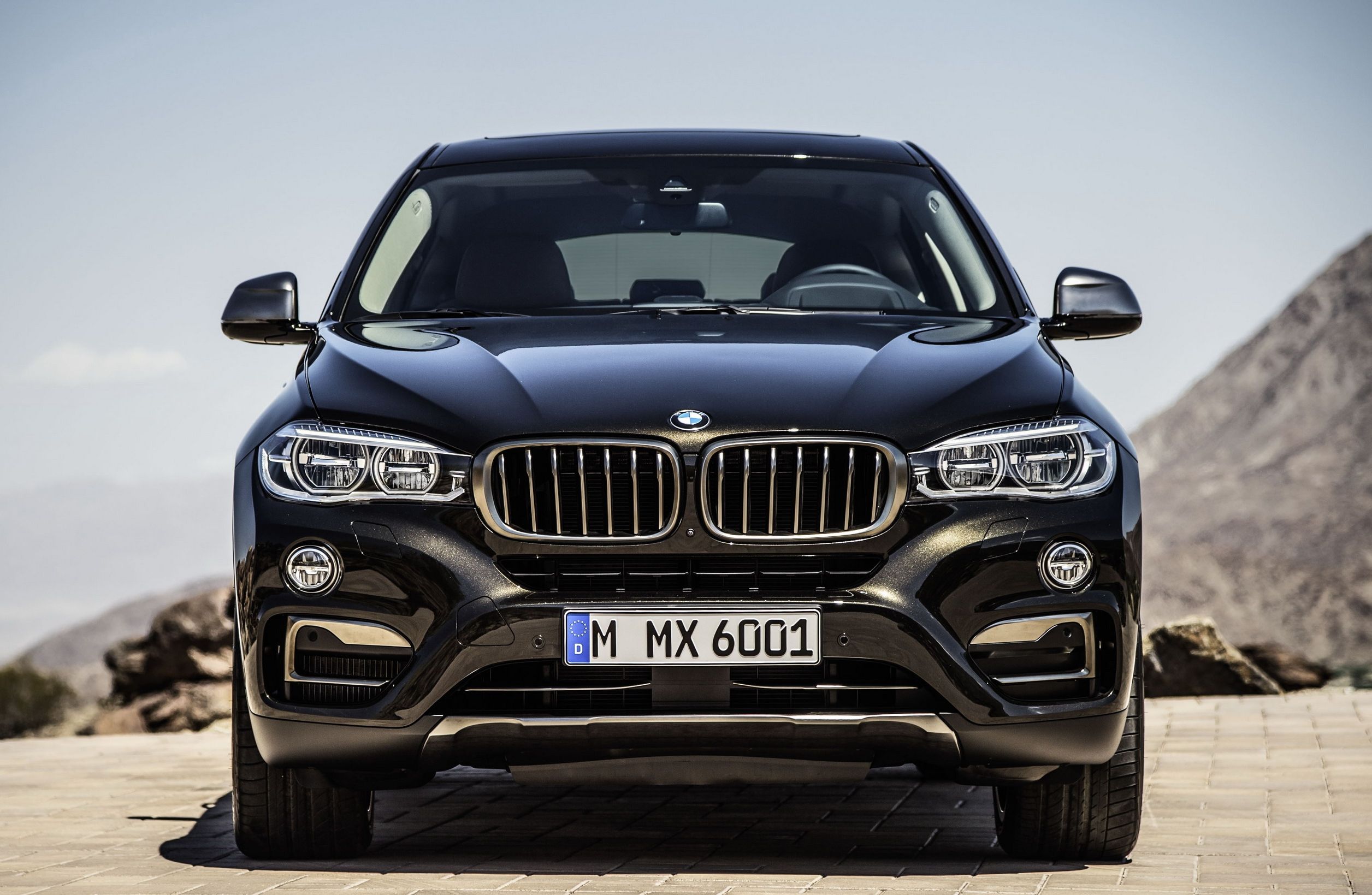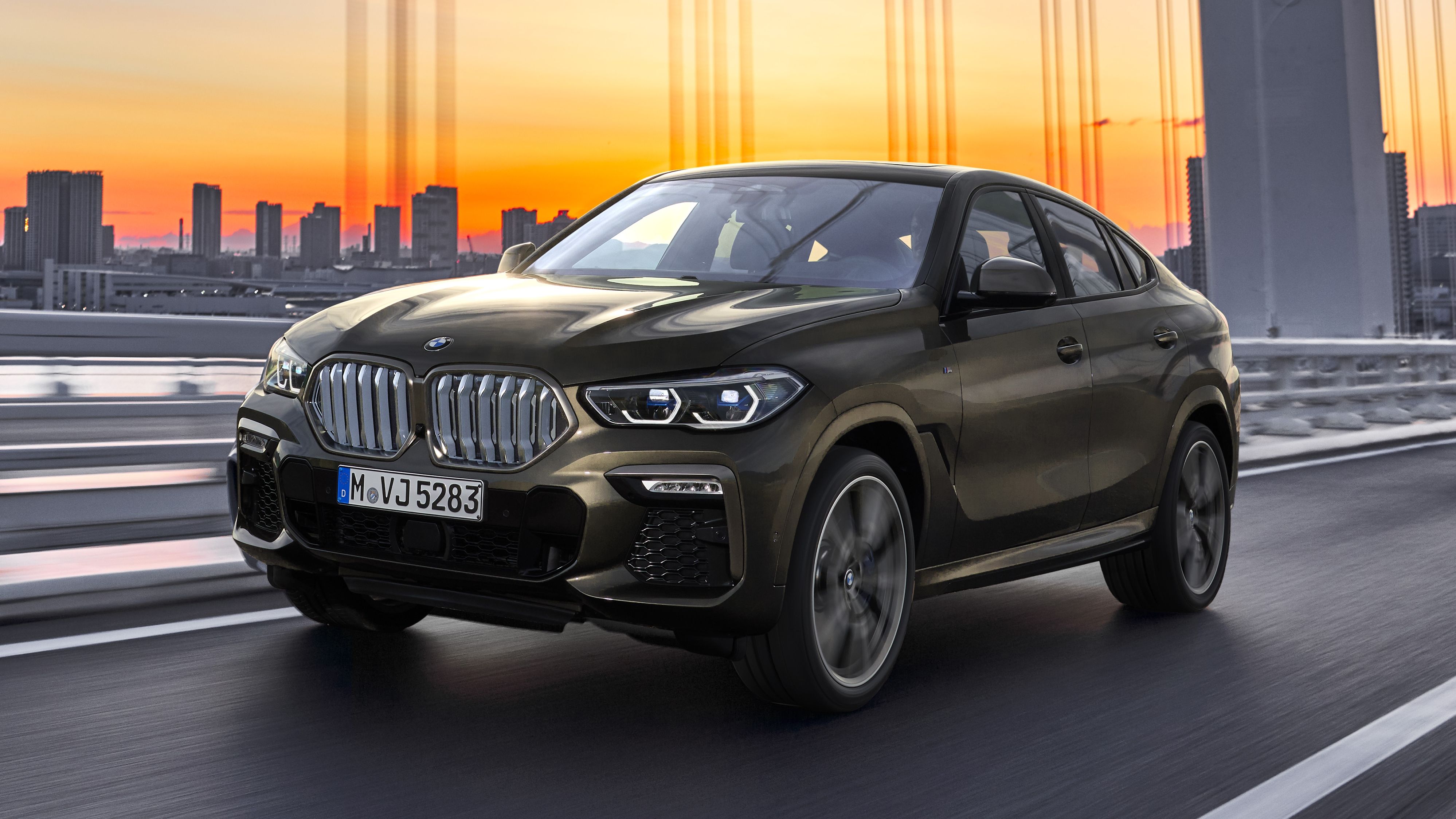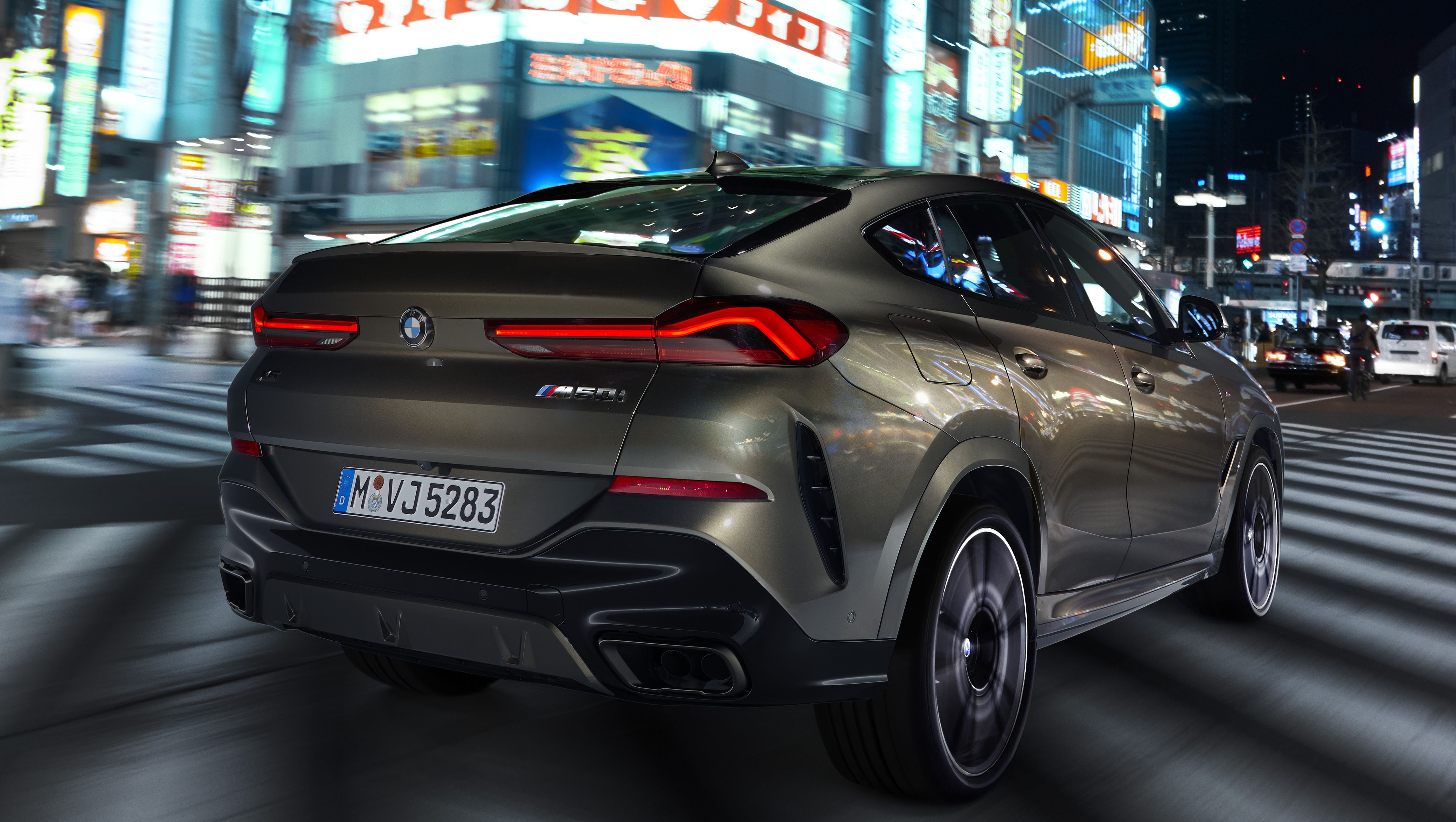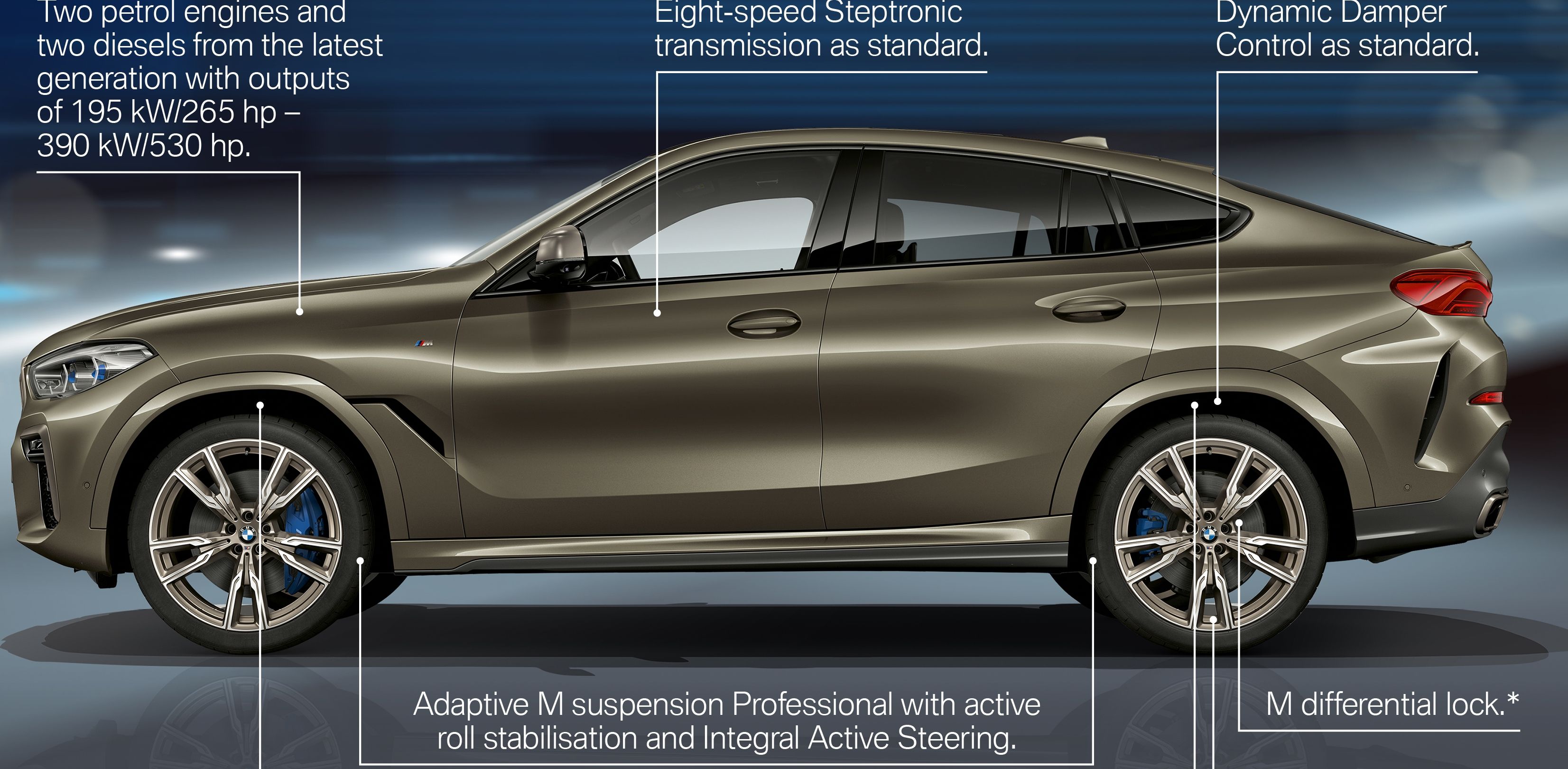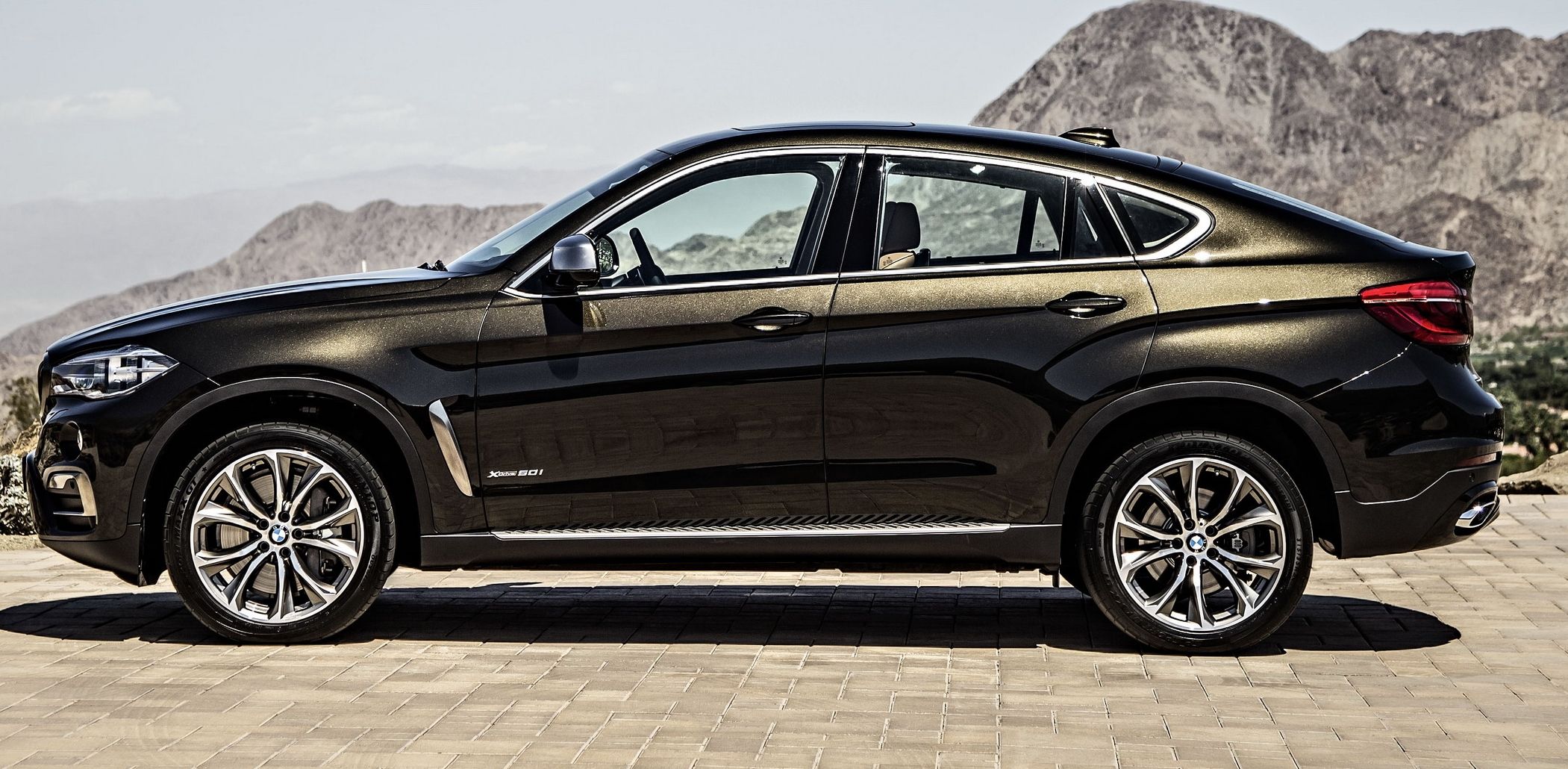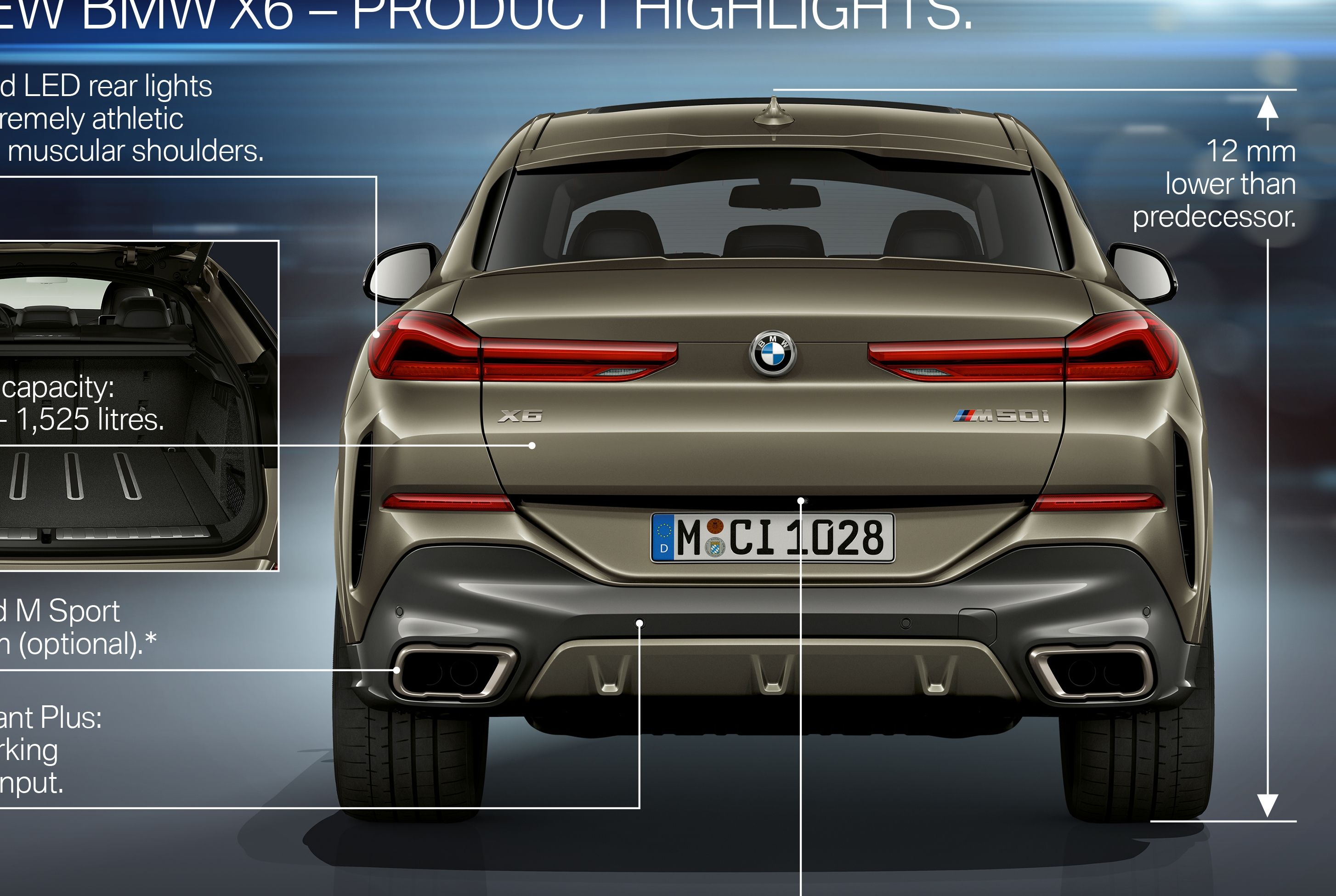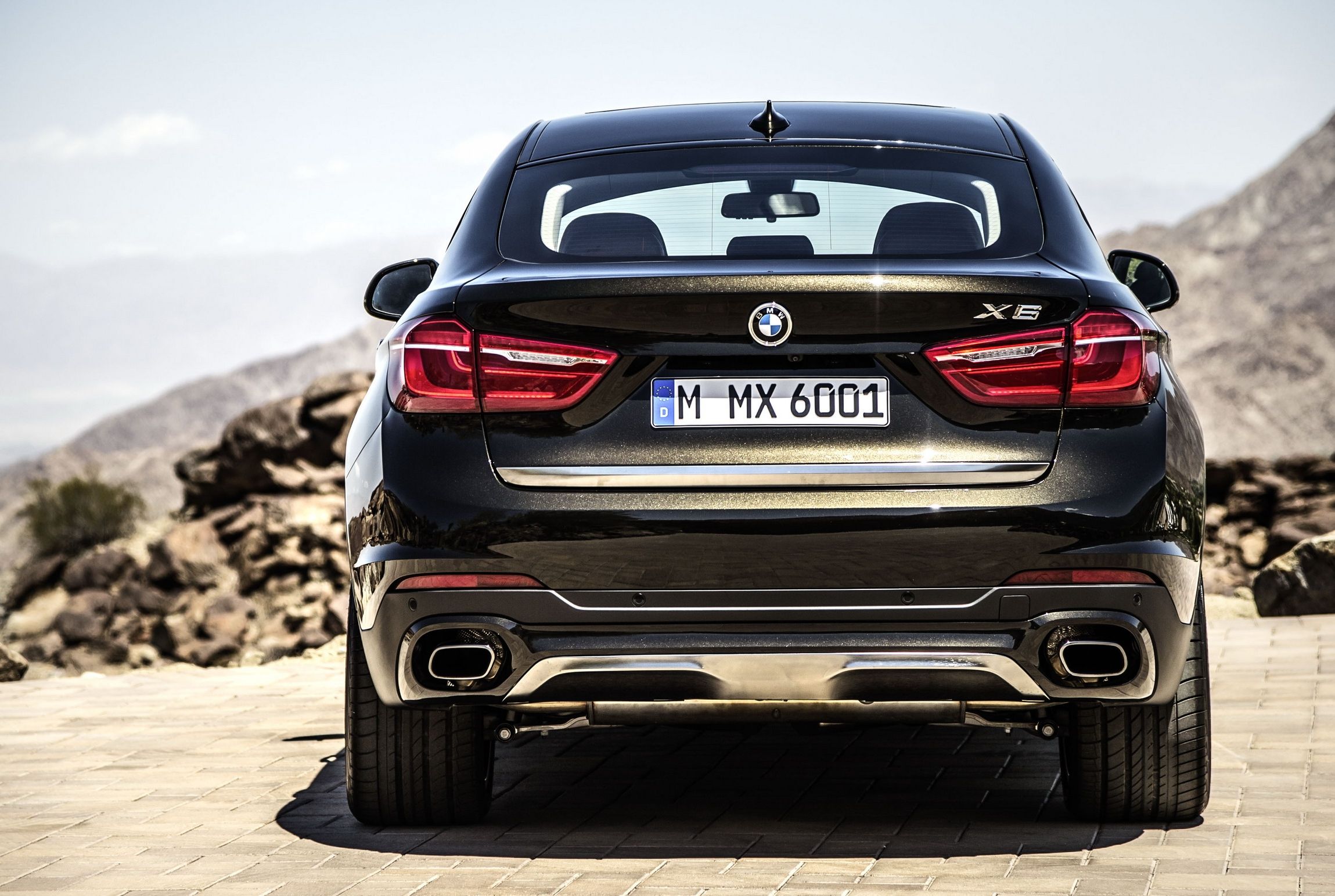The 2020 BMW X6 is the third-generation version of the coupe-styled crossover. Unveiled less than a year after the fourth-generation, 2019 X5 broke cover, the 2020 X6 shares much of its design with the midsize SUV. Essentially identical to the 2019 X5 up front, the 2020 X6 stands out thanks to its coupe-style roof and hunchback rear section. As before, the 2020 X6 also shares underpinnings with its X5-badged sibling.
A competitor for the Mercedes-Benz GLE Coupe and the Porsche Cayenne Coupe, the 2020 X6 boasts a sportier design, BMW's latest technology, and a range of upgraded or new engines. Both gasoline and diesel mills are available, but the oil burners won't make it to the U.S. More about that, as well as all the new features available, in the review below.
2020 BMW X6
- Make: Array
- Model: 2020 BMW X6
- Engine/Motor: inline-6
- Horsepower: 335 @ 6500
- Torque: 330 @ 5200
- [do not use] Vehicle Model: Array
2020 BMW X6 Exterior
|
|
ids=847960,847961 |
no_overlay=false |
before_label=2020 BMW X6 |
after_label=2019 BMW X6> |
Just like its predecessor, the third-generation X6 borrows heavily from its boxier sibling, the X5. However, the front fascia isn't exactly identical. While the grille is larger, like on any recent Bimmer, it's also a bit wider at the center. The headlamps are a bit thicker and boxier than the X5's. I can't say that these elements make the X6 look sportier than the X5, but they sure give the crossover a unique look.
The front bumper layout, on the other hand, is almost identical to the X5. This is a good thing though, as the big vents transferred from the X5 make a good combo with the X6's angular grille and almost rectangular headlamps. Just like the X5, the X6 is available with Laserlight technology, increases lighting distance and precision. You can recognize these Laserlight headlamps by the blue, X-shaped elements inside the twin headlights.
The biggest news here is the illuminated front grille, a premiere for BMW. Available as an option, this grille lights up when opening or closing the car and it can also be activated by while driving.
|
|
ids=848266,848267 |
no_overlay=false |
before_label=2020 BMW X6 |
after_label=2018 BMW X6> |
The third-gen X6 boasts notable changes onto the sides as well. The overall shape remains similar to the old model, particularly the coupe-style roof that defines this nameplate, but BMW made big upgrades. First up, it lowered the beltline below the door handles. This new feature not only puts the X6 in line with the X5 but also gives the car a slightly wider, more planted stance. The big dent in the lower doors is still there, but the line that defines it is now curved for a more organic look. The vent in the front fender is now angled and integrated into the swooping character line that passes above the side skirt.
|
|
ids=848268,848269 |
no_overlay=false |
before_label=2020 BMW X6 |
after_label=2018 BMW X6> |
Moving toward the back, the character line that ran around the rear wheel arch on the old X6 is gone, replaced by a simple dent placed just above the rear door handle. The quarter window is narrower and longer but still features the trademark Hofmeister kink. Upon closer inspection, it seems that the roof has a more aggressive slope toward the back, but it doesn't really affect the overall shape of the vehicle. Finally, the vertical vents in the rear bumper and the thinner taillights that "eat" into the rear fenders farther accentuate the X6's sporty stance.
Moving over to the wheels, the X6 rides on 19-inch rollers as standard, but you can opt for wheels that measure 20, 21, and even 22 inches. The M50i and M50d trims come with 21-inch rollers as standard.
The rear end of the X6 is a notable departure from the old model. The first modification that catches the eye is the design of the new taillights. Inspired by the 8 Series, they're notably thinner toward the center of the fascia and extend a lot more into the trunk lid. If it wasn't for the BMW badge in the center, the taillight would have connected just like on the Porsche 911.
Below the lights, there's a clean section that no longer features a license plate recess, like on the old X6. Instead, it features a character line that gives the middle fascia a pointy design. The license plate recess resides below, in the upper section of the bumper. It's flanked by two thin red lights. Down below, there's a massive black element that mimics the lower bumper in the front. The diffuser is sportier than before and features three vertical fins. It's flanked by big rectangular exhaust pipes.
Of course, many details depend on the trim and packages you're getting. The xLine, for instance, comes with a kidney grille, roof rails, and side window trim in satin aluminum. Opt for the M Sport, and all these features are finished in high-gloss black. While the xLine features black trim around the wheel arches, the M Sport version has them finished in body color.
All told, the new X6 is a cool modern proposition to BMW's already iconic coupe-style SUV, but it's still the ugly duckling of the lineup. Sure, the front end looks sporty and imposing, the type you don't really want to see in your rear-view mirror, but the hunchback butt has yet to convince me.
When it comes to size, the new X6 is a tad bigger than its predecessor. At 194.3 inches long, the new crossover is one inch longer than the old X6. It’s also 0.6 inches wider at 78.9 inches wide. Although a bit longer and wider, the new X6 sits a tad lower than it's predecessor, only by 0.23 inches at 66.8 inches. This should result in a sportier, more planted look, but it's not very noticeable. The wheelbase, on the other hand, is 1.65 inches longer than the old model. This means that BMW moved the axles farther apart in order to gain more than just the extra inch in the overall length.
2020 BMW X6 Interior
Not surprisingly, the interior of the X6 is identical to the X5 as far as design and configuration goes. If you've been into the X5, you've been into the X6 as well. It features the same three-layer dashboard with trapezoidal A/C vents at the corners and in the center stack. It comes with the same BMW Live Cockpit Professional system that includes a couple of 12.3-inch displays. These massive screens are placed next to each other, one in the center stack and one behind the steering wheel, acting as an instrument cluster.
The multi-function steering wheel has the same three-spoke design, with various controls on the horizontal-oriented spokes. The center stack now looks cleaner and sleeker, as BMW managed to move most of the controls into the infotainment system display. The center console is also clean and essentially split into two compartments. There's the rear section that features the gear selector and other controls, and the front section that includes a storage compartment.
Luxury is no issue in the X6, with Vernasca leather upholstery offered as standard even in the most affordable model. If this material doesn't suit you, there's optional Merino leather from BMW Individual. The sports seats are also standard, but you can opt for multi-function front units with massage function. The options list also includes four-zone climate control, thermoelectric cup holders, and glass applications for center stack controls.
The Welcome Light Carpet and dynamic lighting function of the ambient lighting system are standard, but you'll have to pay extra if you want the Ambient Air package with eight fragrances. The wireless charging function is also optional. Other options include the Sky Lounge glass roof and a Bowers & Wilkins Diamond+ 3D audio system.
Tech-wise, the X6 comes with features that are similar to the competition. The iDrive infotainment system includes natural voice recognition and gesture control, while the BMW Intelligent Personal Assistant is there to help you when needed. All you have to do is say the prompt "Hey BMW," and the intelligent digital character will show up to assist you. BMW makes a point in saying that unlike other digital assistants, you can choose a name for this one. You can call him Joe or Sarah. Heck, you can have some fun and call him Donald Trump. How about having the President of the United States as you're personal assistant, huh?
This personal assistant is able to explain the different functions you can use, provide up-to-date information, and assist you when making calls or using various functions of the cars. Regular updates will enhance the range of functions and skills available.
When it comes to passenger space, the X6 has some limitations compared to the X5, but only when it comes to headroom. Because of the coupe-style roof, front headroom decreased from 41 inches in the X5 to 40.3 inches in the X6. Granted, it's not a big deal. The difference is a bit more noticeable in the back, where the X6 offers 37.5 inches of headroom. That's 1.5 inches less than the X5, which offers 39 inches.
Moving over to cargo room, the X6's trunk can swallow up to 20.5 inches of luggage. There's no increase over the old model, which offered identical space. This rating accounts for a 2.3-cubic-foot decrease over the BMW X5. With the rear-seat backrests, which split 40:20:40, folded flat, the X6 can take up to 54 cubic feet. Compared to the old X6, this is a minor 0.17-cubic-foot increase. Compared to the X5, it's a significant decrease of 11.7 cubic feet.
How does it fare against its rivals? Well, the Porsche Cayenne Coupe offers 21.2 cubic feet, while the Audi Q8 can take up to 21.4 cubic feet. That's an increase of 0.7 and 0.9 cubic feet, respectively. With the rear seats lowered, the Cayenne Coupe offers 54.3 cubic feet, and the Audi Q8 comes with 62 cubic feet. While the Porsche offers the same amount of space, the Q8 has a notably bigger trunk, offering an extra eight cubic feet.
2020 BMW X6 Drivetrain
BMW unveiled the third-generation X6 with a choice of four engines that are very similar to the previous model. There are two gasoline and two diesel units as of July 2019.
In the U.S., the range begins with the 40i trim, which replaces the old 35i. Offered with either RWD or AWD, called sDrive40i and xDrive40i, this model features a turbocharged, 3.0-liter inline-six engine rated at 335 horsepower and 330 pound-feet of torque. That’s a 33-horsepower and 35-pound-foot increase over the old model. This SUV hits the 60-mph benchmark in 5.2 seconds, a full second quicker than its predecessor.
How does it compare to rival offerings? Well, the Porsche Cayenne Coupe comes with a turbo, 3.0-liter V-6 that cranks out 335 horsepower and 332 pound-feet of torque, while the Audi Q8 features a 3.0-liter V-6 making 340 horsepower and 369 pound-feet. The differences are negligible here, except for the fact that the Q8 delivers an extra 39 pound-feet of twist.
Next up is the M50i, a range-topping model outside the full-blow X6 M. A replacement for the old xDrive50i, it features the same twin-turbo, 4.4-liter V-8 as the 8 Series Coupe. The mill even has the same output, a solid 523 horsepower and 553 pound-feet of torque. Compared to the old xDrive50i, it generates an extra 78 horsepower and 74 pound-feet of torque. The sprint to 60 mph takes 4.1 seconds, a half-second improvement over its predecessor.
This V-8-powered Bimmer goes against the Cayenne Coupe Turbo, fitted with a twin-turbo, 4.0-liter V-8. Rated at 541 horsepower and 568 pound-feet, the Porsche raises above by a minor 18 horses and 15 pound-feet. Audi doesn't offer a similar version of the Q8. The SQ8 cranks out 429 horsepower and 664 pound-feet, but it features a diesel engine with a mild-hybrid system.
Both gasoline models come with eight-speed Steptronic transmissions.
The third-gen X6 is also available with two diesel mills. They're not available in the U.S., but you'll have access to them if you live in Europe. The base model goes by the name xDrive30d, and it's powered by a 3.0-liter, inline-six turbodiesel. The oil burner cranks out 261 horsepower and 457 pound-feet of twist, adding an extra six horses and 44 pound-feet to the output of the old model. The sprint to 62 mph takes 6.3 seconds, four tenths quicker than the outgoing version.
Porsche doesn't offer a diesel version of the Cayenne Coupe yet, so we can only compare the xDrive30d to the Audi Q8. The latter comes in 45 TDI guise with a 3.0-liter V-6 that generates 231 horsepower and 369 pound-feet of torque. That's a notable 30-horsepower and 88-pound-foot decrease compared to the Bimmer. However, Audi also offers the 50 TDI with 286 horses and 443 pound-feet of torque. That's an extra 27 horses, but a 14-pound-foot decrease.
The range-topping crossover is a new M50d model. Also powered by a turbocharged, 3.0-liter inline-six engine, it has four turbos instead of two, which translate into significantly more power. Borrowed from the 7 Series sedan, this oil burner is rated at 394 horsepower and 561 pound-feet of torque, 18 horses and 16 pound-feet more than the outgoing model. The M50d isn’t quicker than its predecessor though, needing the same 5.2 seconds to hit 62 mph from a standing start.
Again, Porsche doesn't offer a diesel, but Audi dropped a mild-hybrid diesel drivetrain into the SQ8. The crossover combines a twin-turbo, 4.0-liter V-8 diesel to a 48-volt system that delivers a combined 429 horsepower and 664 pound-feet of twist. That's 35 horses and 103 pound-foot more than the BMW M50d.
The diesel engines also mate to the eight-speed Steptronic transmissions offered with the gasoline models.
The crossover that comes with AWD features the latest generation of BMW's xDrive system. Just like its predecessor, it splits torque between the front and rear wheels variably, based on driving conditions, driver input, and driving mode. The system reacts quicker and with greater precision than before. When all-wheel drive isn't needed, xDrive will channel all the power and torque entirely to the rear wheels. This setup enhances fuel economy and delivers a sportier feel. The xDrive system also maintains a rear-wheel bias during spirited driving.
The X6 can also be fitted with an M differential lock at the rear axle, but you'll have to select the M Sport package or the off-road bundle. The latter also adds a two-axle air suspension and four off-road driving modes for snow, sand, gravel, or rocky terrain.
Driving Assist Features
The X6 borrows its driving assist features package from the X5.
The Active Cruise Control system with Stop & Go function, on the other hand, is available as an option. You can also order the Driving Assistant Professional to benefit from the steering and lane control assistant with Traffic jam assistant and lane keeping assistant with active side collision protection.
The bundle also includes Evasion Assistant, rear collision warning, road priority warning, and wrong-way driving warning systems. You can also add crossing traffic warning, Lane Change Warning, and the Emergency Stop Assistant. The X6 also comes with a reversing assistant that will help you exit parking spaces and maneuvering within a confined space.
2020 BMW X6 Pricing
Pricing for the third-generation BMW X6 starts from $64,300, an amount that will get you the sDrive40i version. Compared to the outgoing sDrive35i, it's a minor $850 increase. Opt for the AWD variant of the 40i, and the sticker jumps to $66,600. Against, that's only $850 more than the old model. If you want the range-topping X6 M50i, you'll have to pay $85,650 before options. Compared to the old xDrive50i, BMW added a $7,350 premium.
2020 BMW X6 Competition
Audi Q8
BMW may be responsible for creating the weird, SUV-coupe segment, but it's no longer alone in this niche. In 2019, more than ten years since the X6 started the madness, Audi has its very own competitor. It's called the Q8, and it's obviously based on the Q7. But unlike the X6 in relation to the X5, the Q8 doesn't share as many features with the Q7. It has its own exterior design that looks like Audi wanted to create a crossover version of the R8 supercar. The massive grille, the slender headlamps, and the bulged front hood set it apart from the competition. The same goes for the rear end. Although it boasts the same coupe-style roof as the competition, the design is a bit boxier. This also prevents the Q8 from having the dreaded hunchback design of the BMW X6 or the Mercedes-Benz GLE Coupe. Drivetrain-wise, the Q8 is available with a gasoline engine and two diesels. The 55 TFSI trim comes with a 3.0-liter V-6 rated at 340 horsepower and 369 pound-feet of torque. The 45 TDI switches to a diesel 3.0-liter V-6 that's good for 231 horses and 369 pound-feet. The 50 TDI features the same mill, but it's rated at 286 horsepower and 443 pound-feet of twist. Finally, there the SQ8, equipped with a 4.0-liter V-8 diesel and a 48-volt system that generates a total of 429 horsepower and 664 pound-feet of torque. The Q8 starts from $67,400 in the U.S., which is marginally more expensive than the BMW X6.
Read our full story on the 2019 Audi Q8
Porsche Cayenne Coupe
Rumored for many years, the Cayenne Coupe finally broke cover for the 2020 model year. Essentially a regular Cayenne with a sleeker rear end, the Cayenne Coupe fits right into this niche and it's actually a more appealing version design-wise. Its interior is obviously based on the regular Cayenne, but with the restrictions that come with a coupe-style roof. The Cayenne Coupe is a solid offering when it comes to performance, but it features a more restrictive engine lineup. The main difference is that it doesn't have diesel drivetrains. Two gas options are available as of July 2019, starting with a 3.0-liter V-6 rated at 335 horsepower and 332 pound-feet of torque. The Cayenne Coupe Turbo features a bigger, 4.0-liter V-8. The twin-turbo mill delivers 541 horsepower and 568 pound-feet, a rating that makes this model the most powerful in this comparison. The Coupe Turbo is also the quickest, needing only 3.7 seconds to hit 60 mph from a standing start. Its top speed is limited at a class-leading 177 mph. The Cayenne Coupe is a bit more expensive though, starting from $75,300.
Read our full review of the 2020 Porsche Cayenne Coupe
Final Thoughts
I have to admit that I’m far from being on board with this weird niche of vehicles. For the most part, they are just ugly, and BMW is all to blame. To this day, I still believe it started when a couple of BMW engineers got drunk and sketched something on a napkin, but we’ll leave that conversation for another time. The point is that I never thought we would see a bunch of coupe-like SUVs running around and it’s a clear indication of how much the automotive market changes over the years. In 40 years people are going to look back and wonder just what the hell we were thinking, I’m sure. Be that as it may, BMW made big efforts to make the X6 more pleasing to the eye. Sure, the rear end still looks somewhat awkward and the Audi Q8 and Porsche Cayenne Coupe are better options, but the X6 is a cool proposition when it comes to interior design, technology, and performance. With two gas engines and two diesels on offer, it's also the most versatile offering in this niche. The off-road package makes the X6 a good option for adventurous drivers as well.
Further reading
Read our full review on the 2018 BMW X6.
Read our full review on the new, 2019 BMW X5.
Read our full speculative review on the 2020 BMW X6M
Read our full review on the 2019 BMW X4.
Spy Shots
May 6, 2019 - BMW X6 caught testing at Nurburgring
The 2020 BMW X6 has been caught testing yet again, and this time we get a look at the interior. Of course, there’s nothing groundbreaking to write home about, but at the very least, we can say that the updated X6 will take cues from the X4 and X5. Expect to see it make its debut by the end of 2019 as a 2020 model.
06/29/2018 – BMW X6 First Time Testing on Road
These spy shots tell a story that we’ve already heard before. The BMW X6 will, clearly, take cues from the smaller X4 and the brand-new X5. In front, you can see the larger kidney grilles from the X5 to go with the sleeker laser headlights. Meanwhile, the fascia looks borrowed from the X4 and may change a bit before production time comes our way. As expected, the side profile features the rather subdued body lines between the wheel arches and below the slated belt line, just like we see on the X4.
Moving to the rear, there’s a lot of Mercedes DNA… oops, I mean X4 DNA going on here. Ok, so at this point, everyone knows BMW borrowed a lot from Mercedes design style in creating the X4 rear end, and all of that is going to translate to the X6 as well. Of course, the taillights will be sleeker and feature a different battery, but you’ll recognize a very familiar fascia and rear hatch – it’s just a slightly bigger version of the X4 or a slightly smaller version of the X5 with a sloping roof in there rear. However you call it, you get the same result so call it whatever makes you feel best.
Based on the same platform as the X5, the X6 will feature the same engines as well. That means there will be two choices for gasoline and two choices for diesel. The entry-level gas engine will be an inline-six with 340 horsepower and 331 pound-feet of torque on tap. The range-topping gas model will come with a V-8 in tow that delivers 462 horsepower and 479 pound-feet of torque. On the diesel front, you can expect the 30d trim to come with 265 horsepower and 457 pound-feet of torque. The 50d, range-topping diesel, delivers 400 horsepower and 560 pound-feet of torque. Following suit with the X5, all four engine choices will come mated, exclusively, to an eight-speed automatic transmission.
Further reading
Read our full review on the 2018 BMW X6.
Read our full review on the new, 2019 BMW X5.
Read our full review on the 2018 BMW X6.
Read our full review on the new, 2019 BMW X5.0}
Read more BMW news.}: A BMW X6 Prototype was caught testing for the first time. Check out our spy shots section below to learn all about it.


